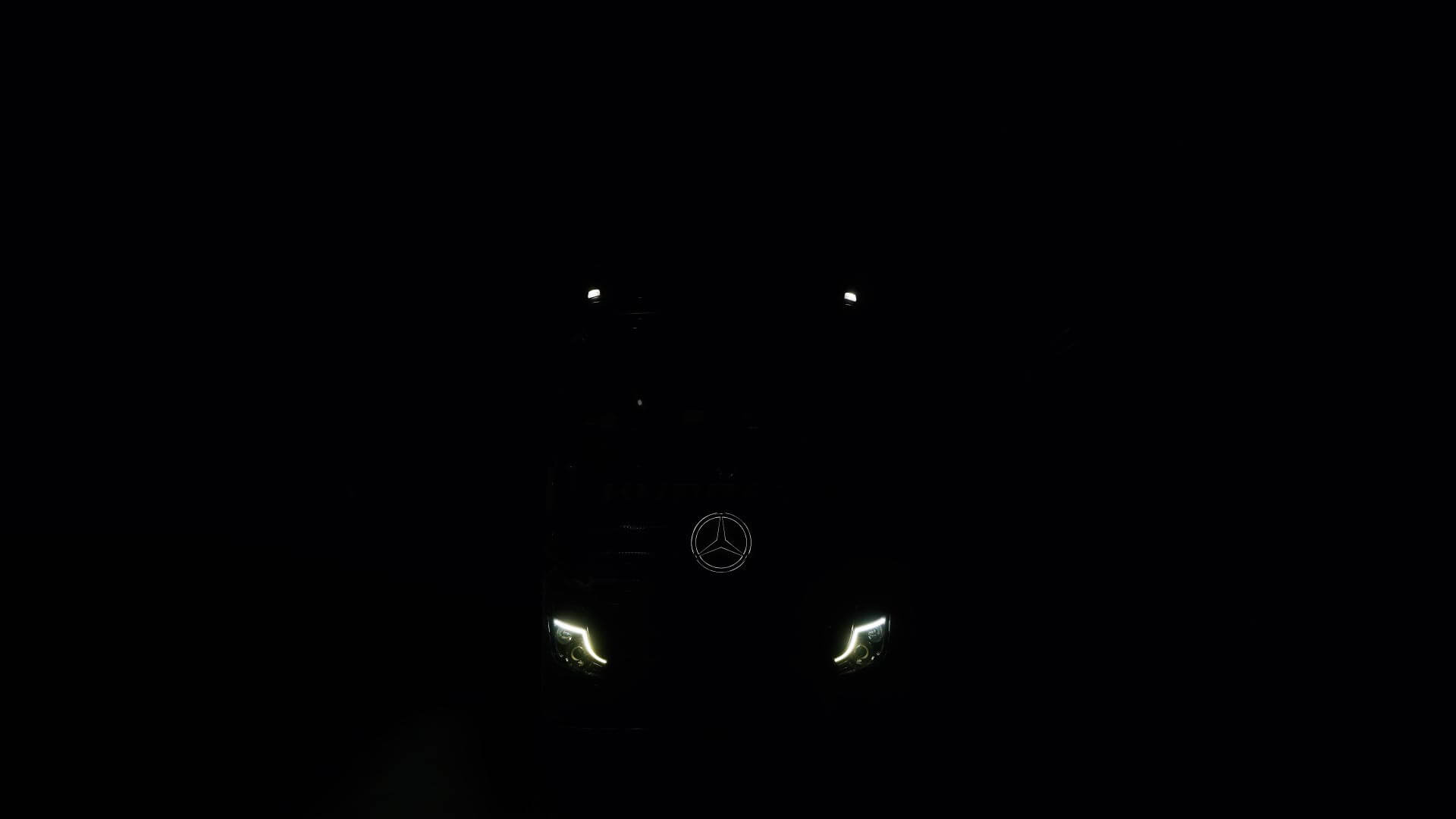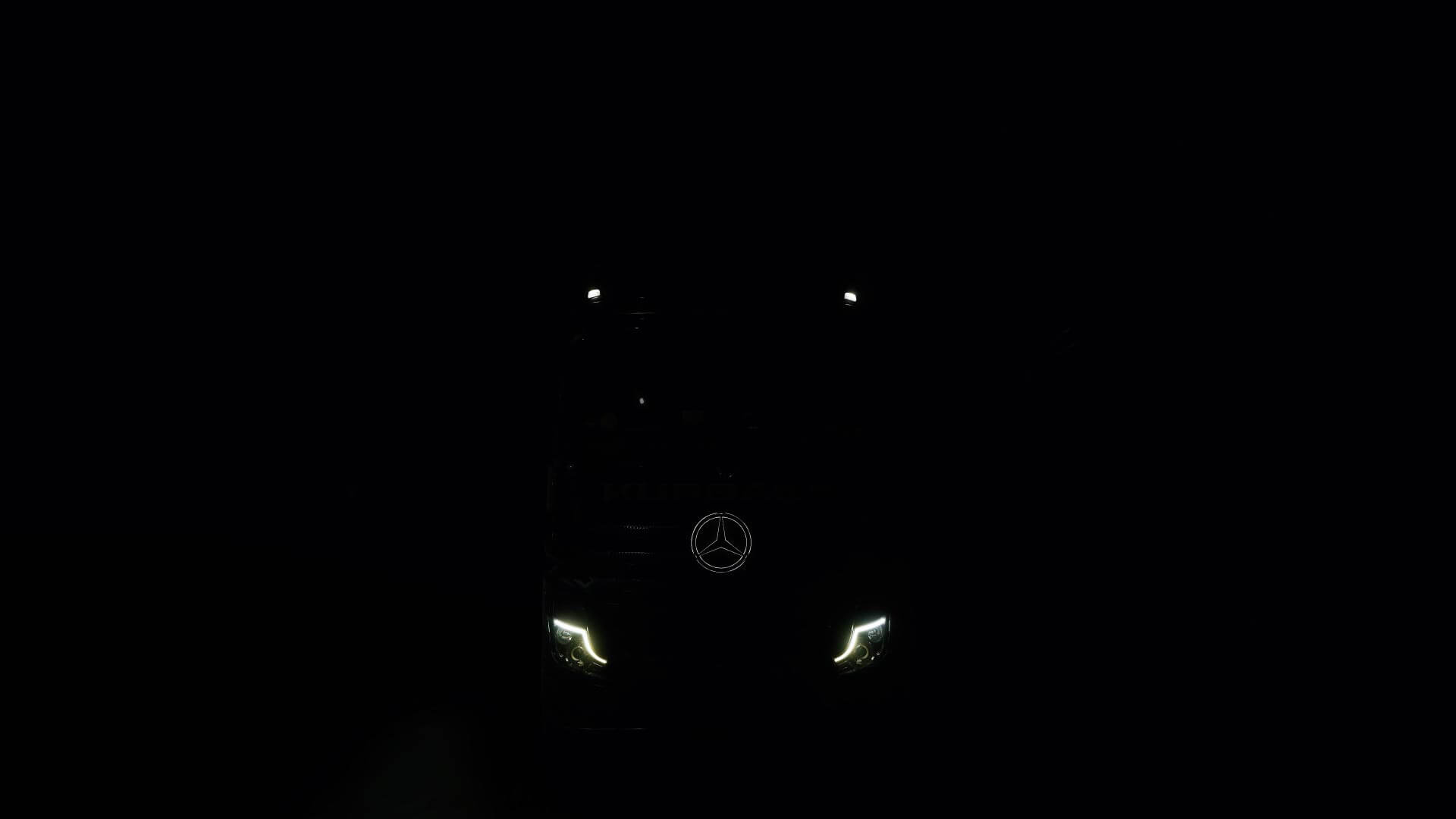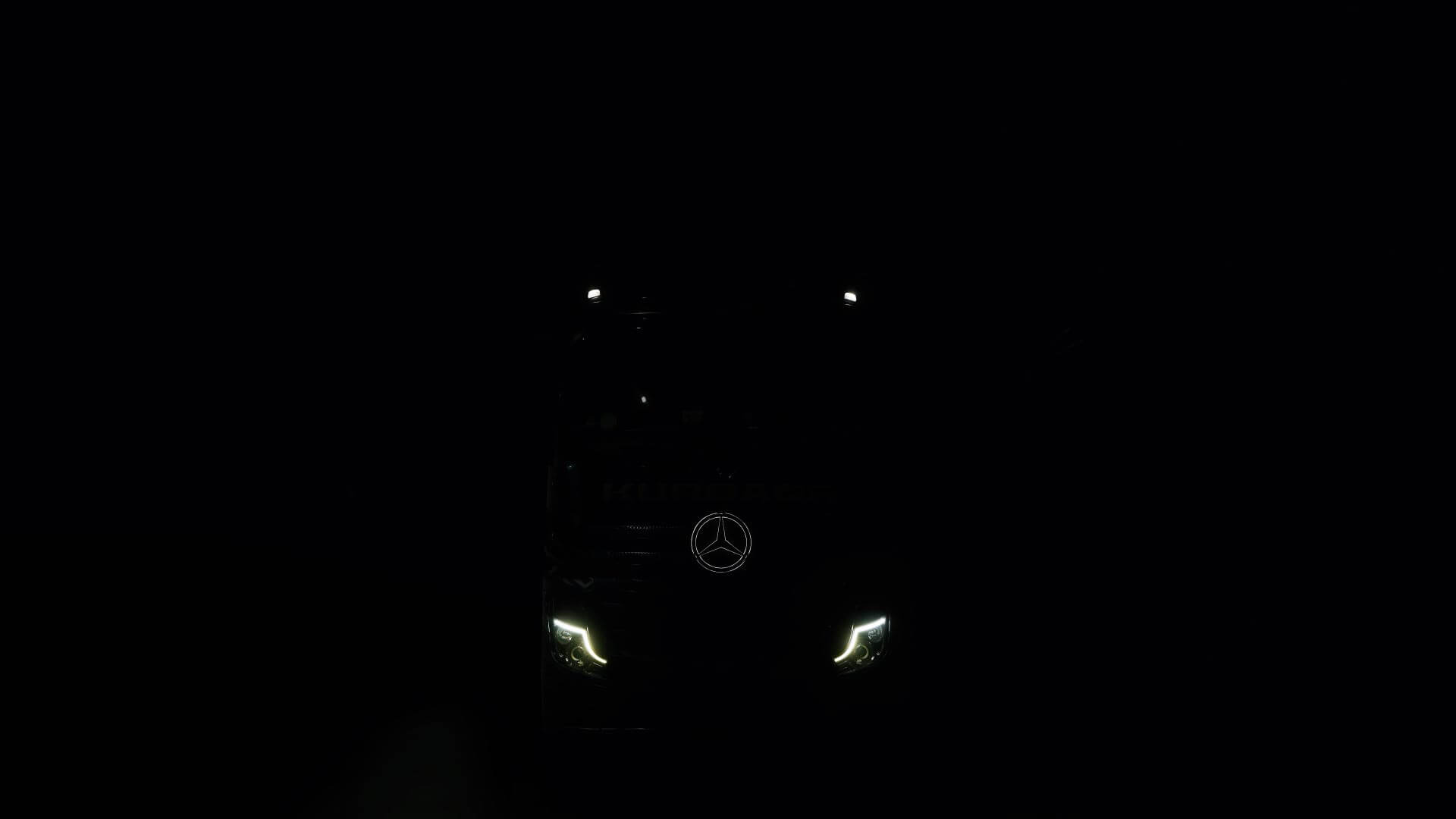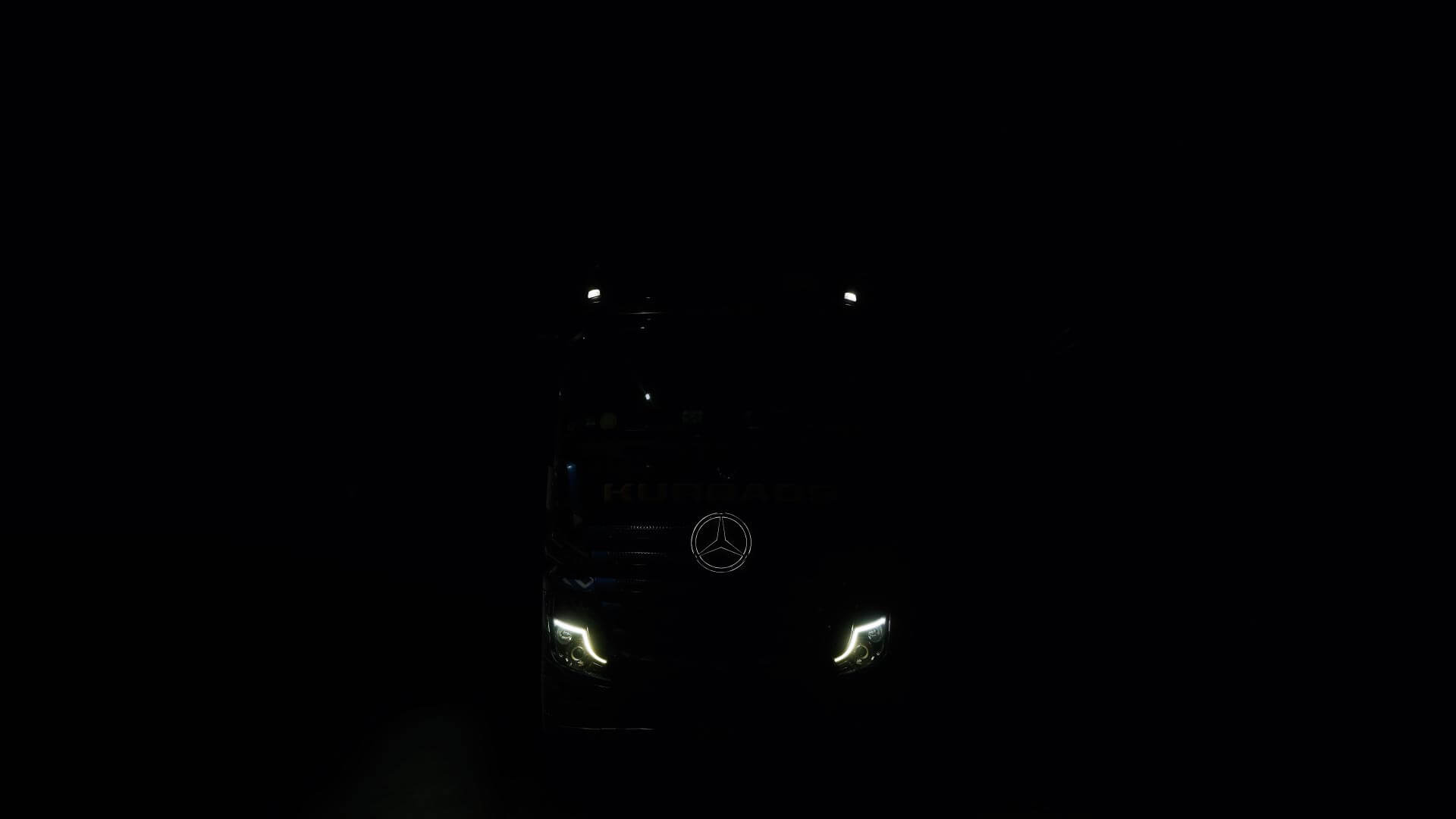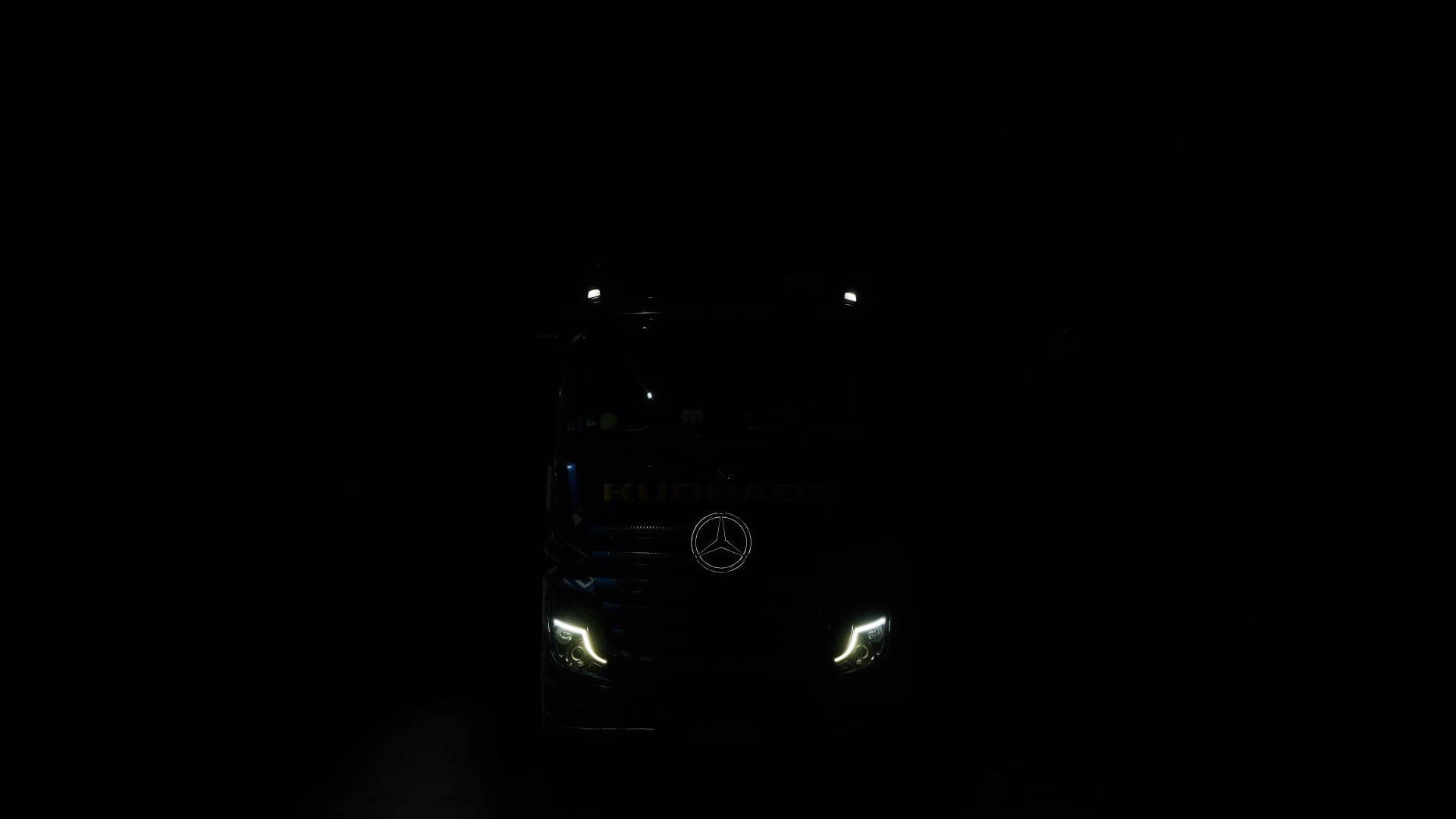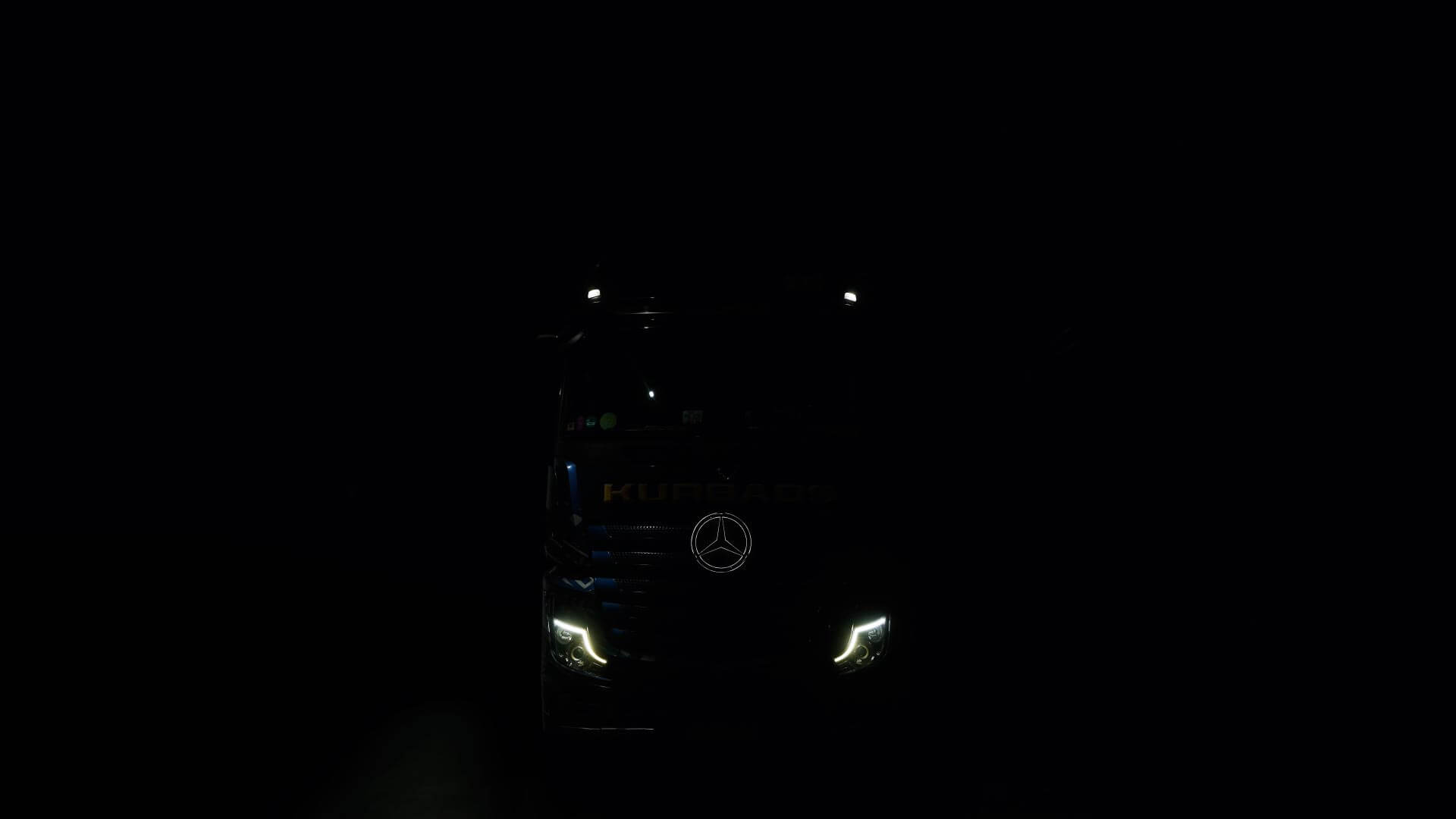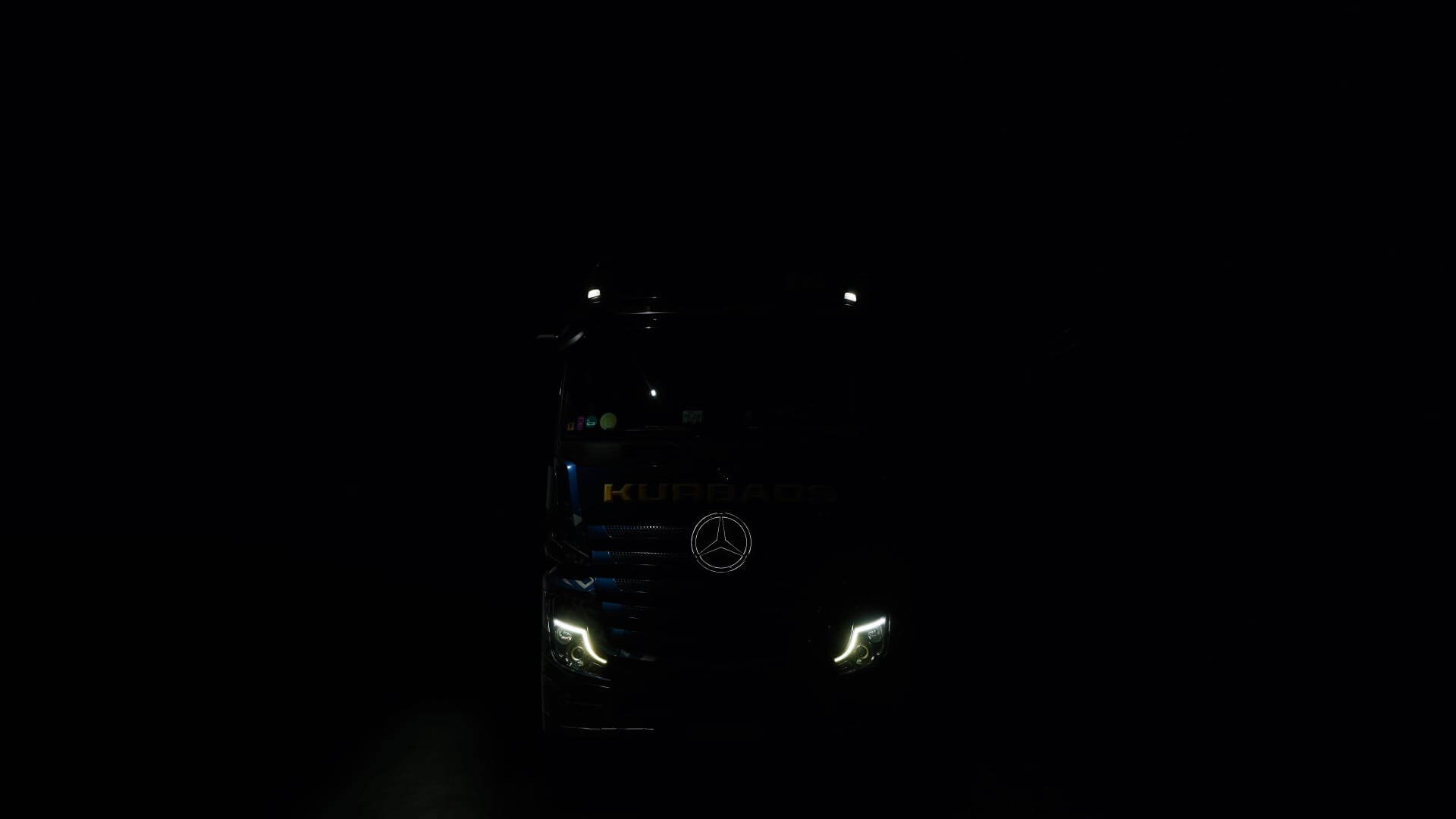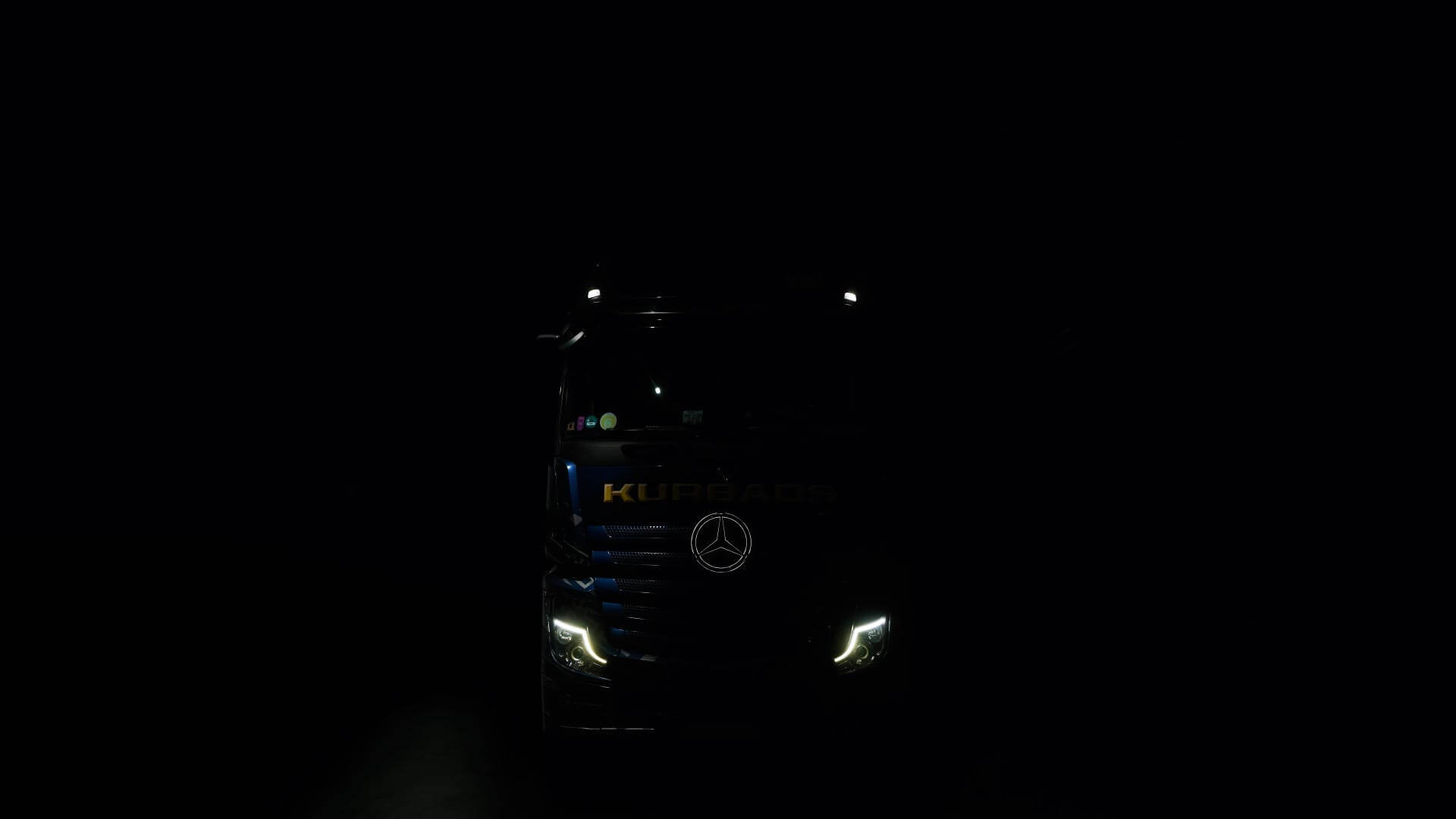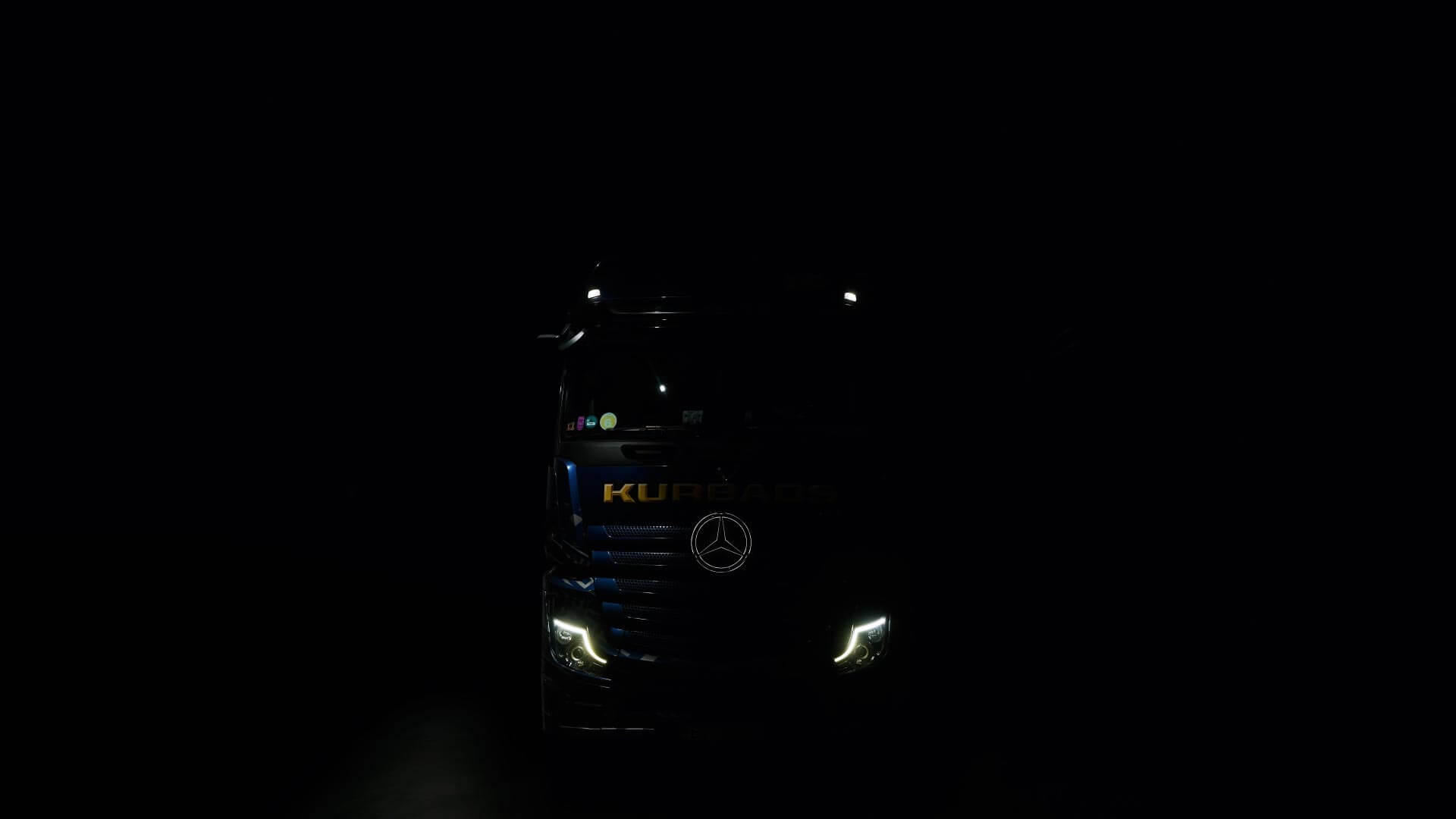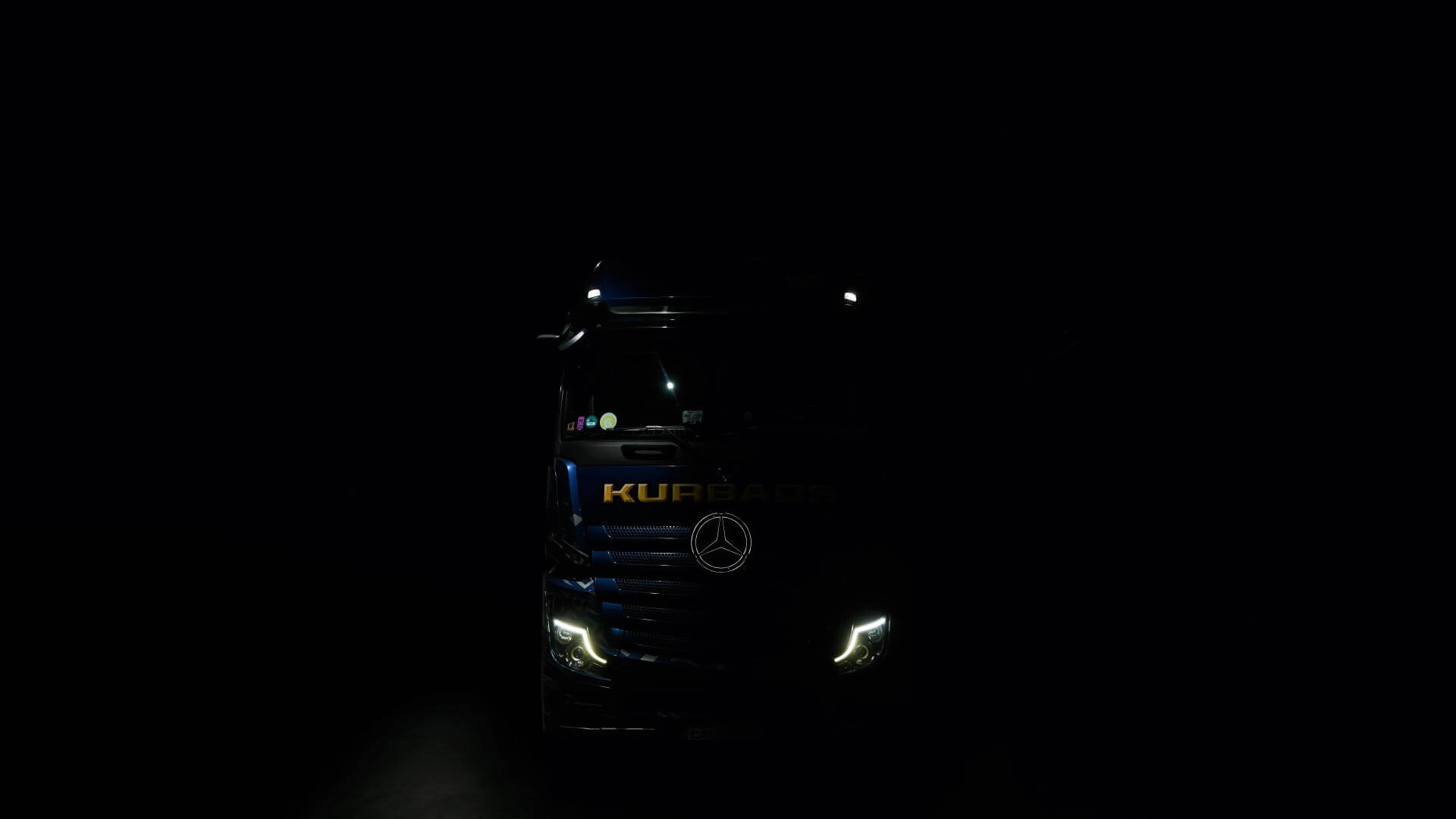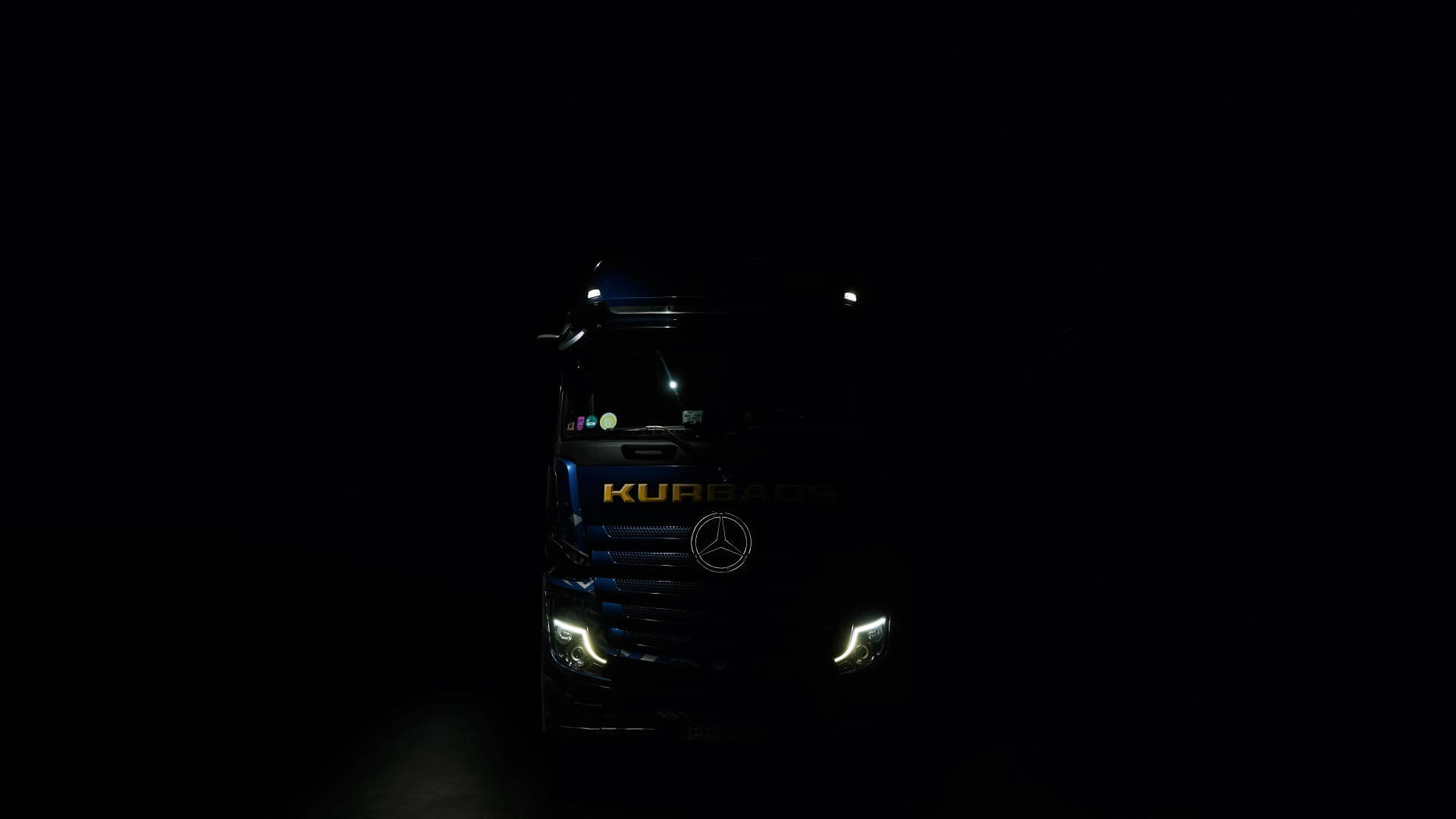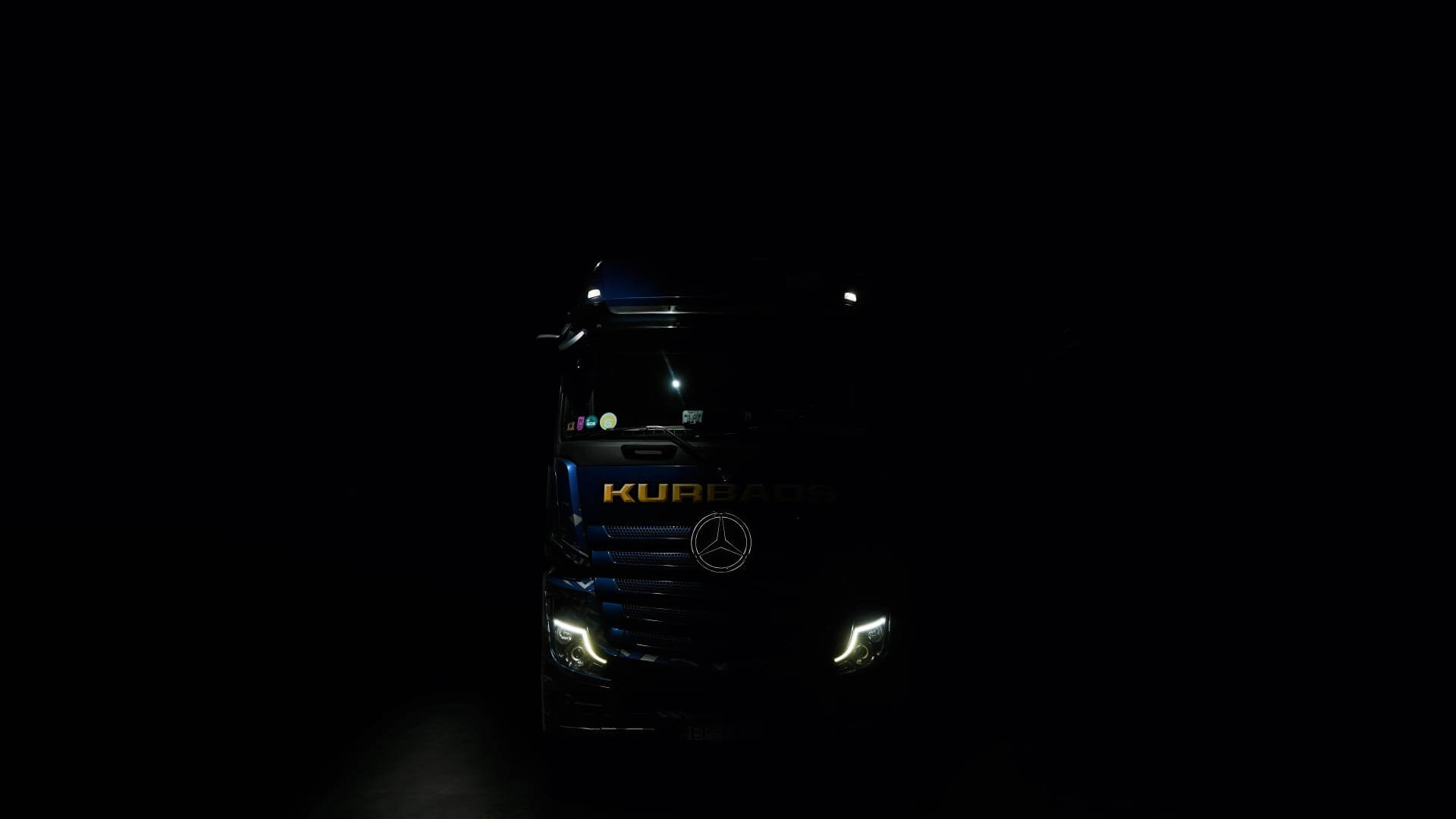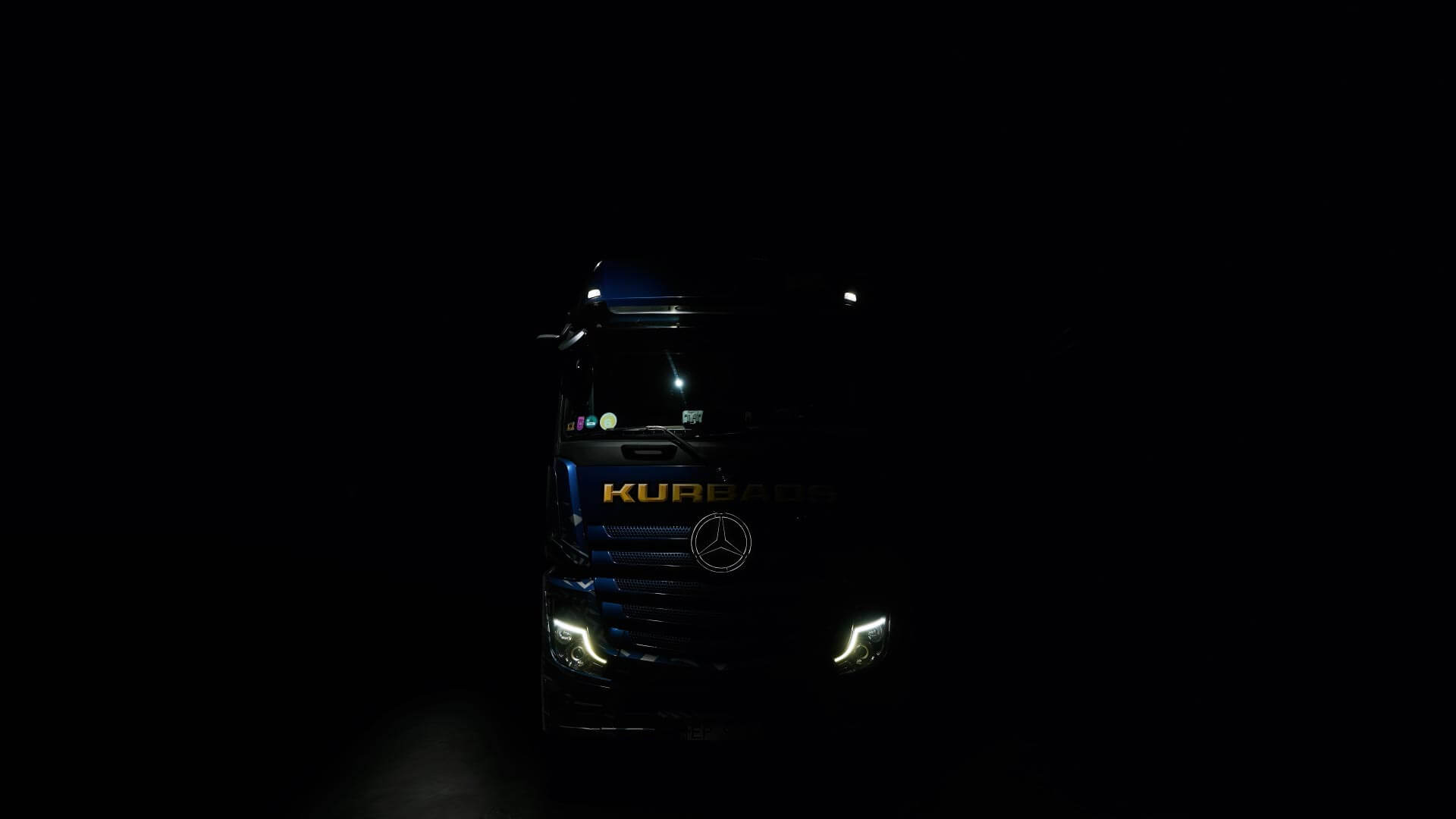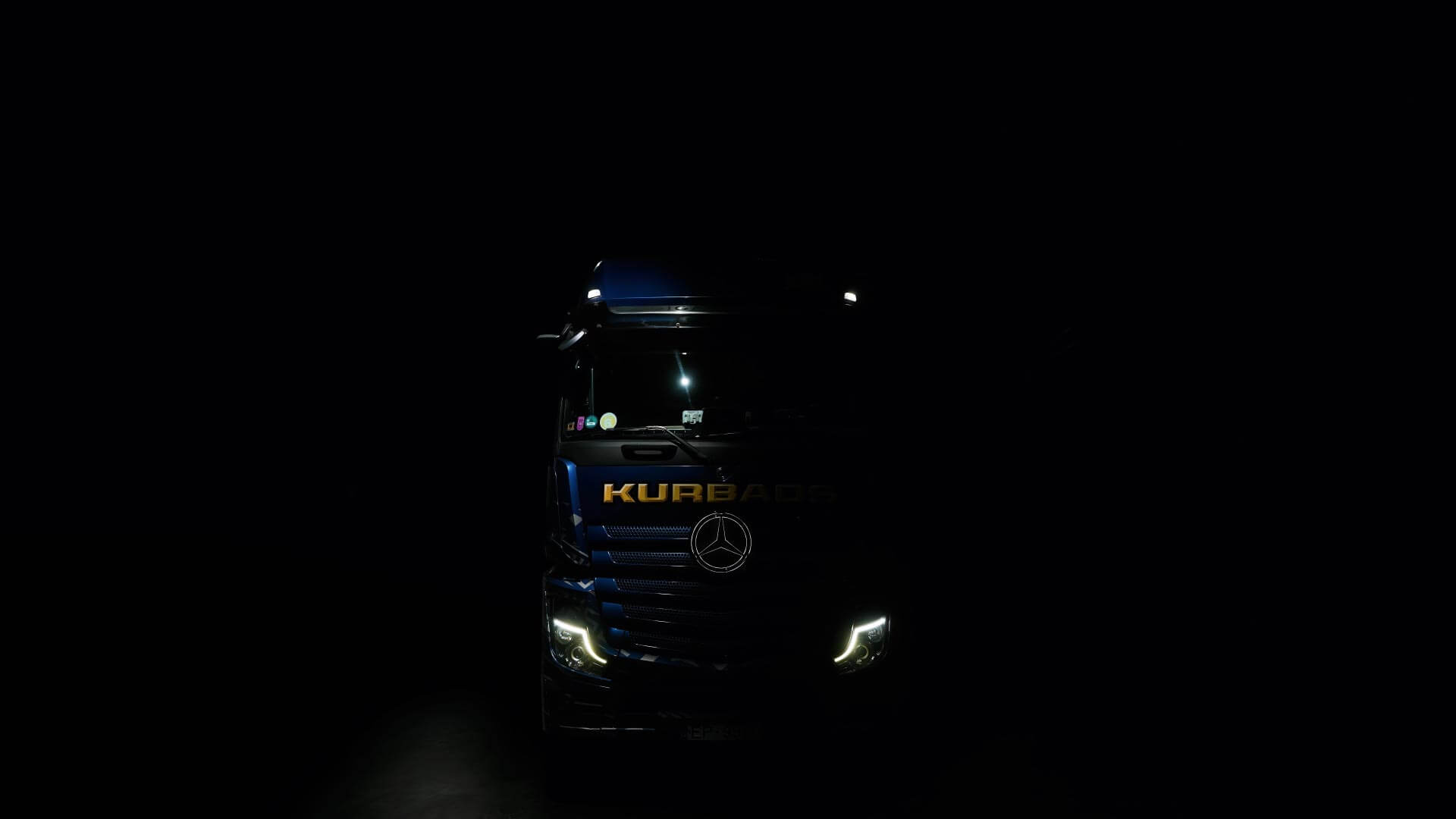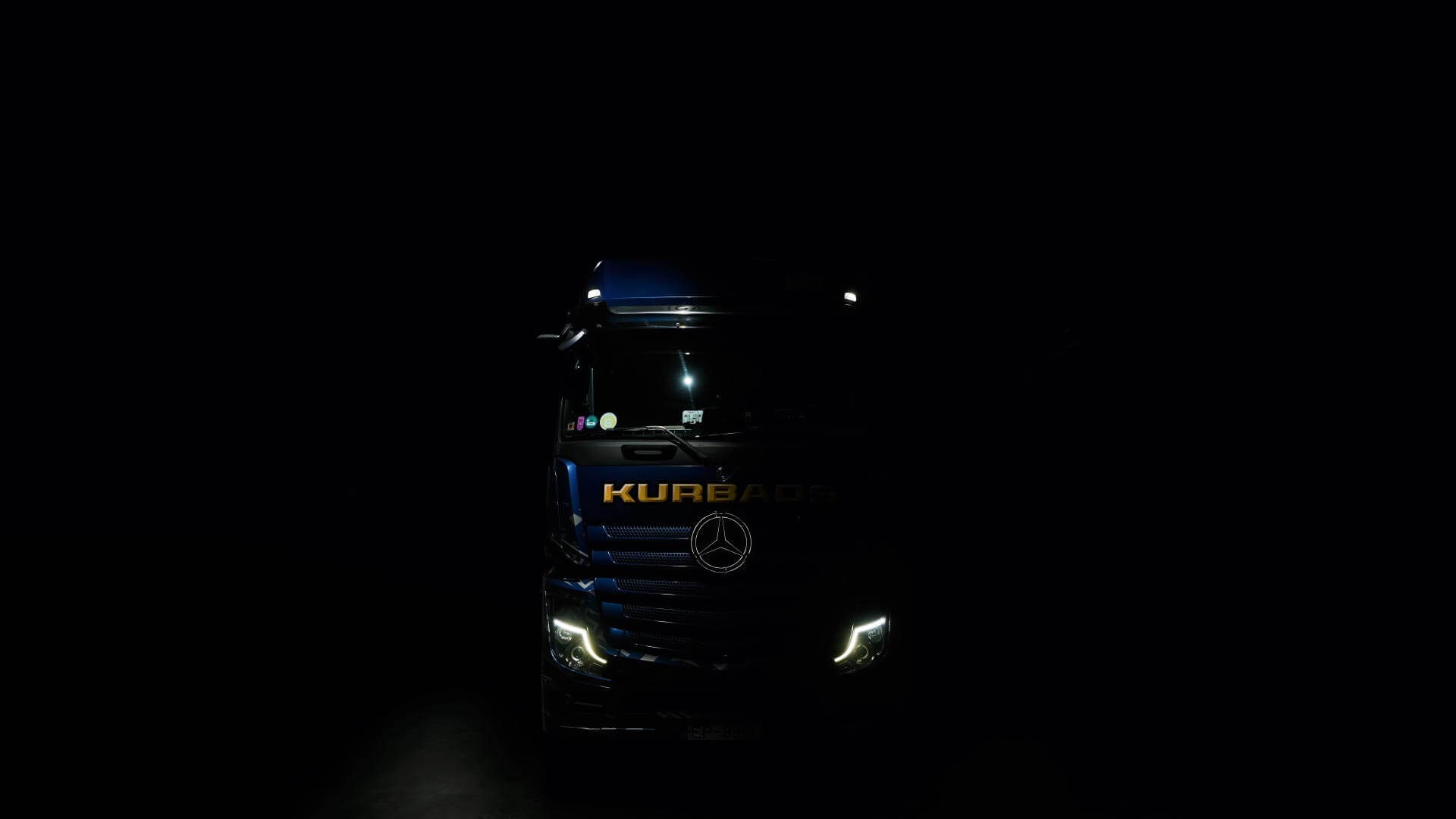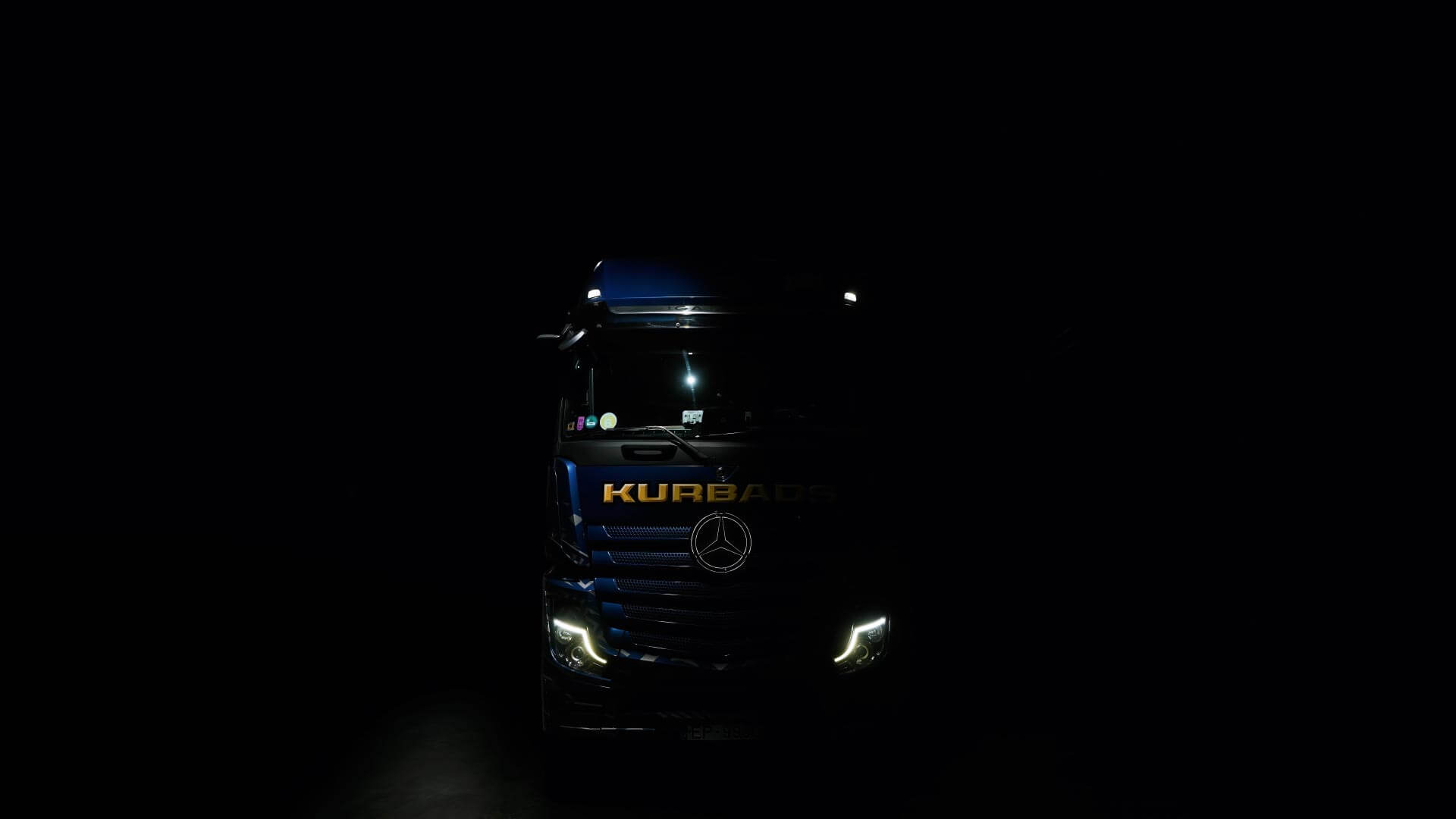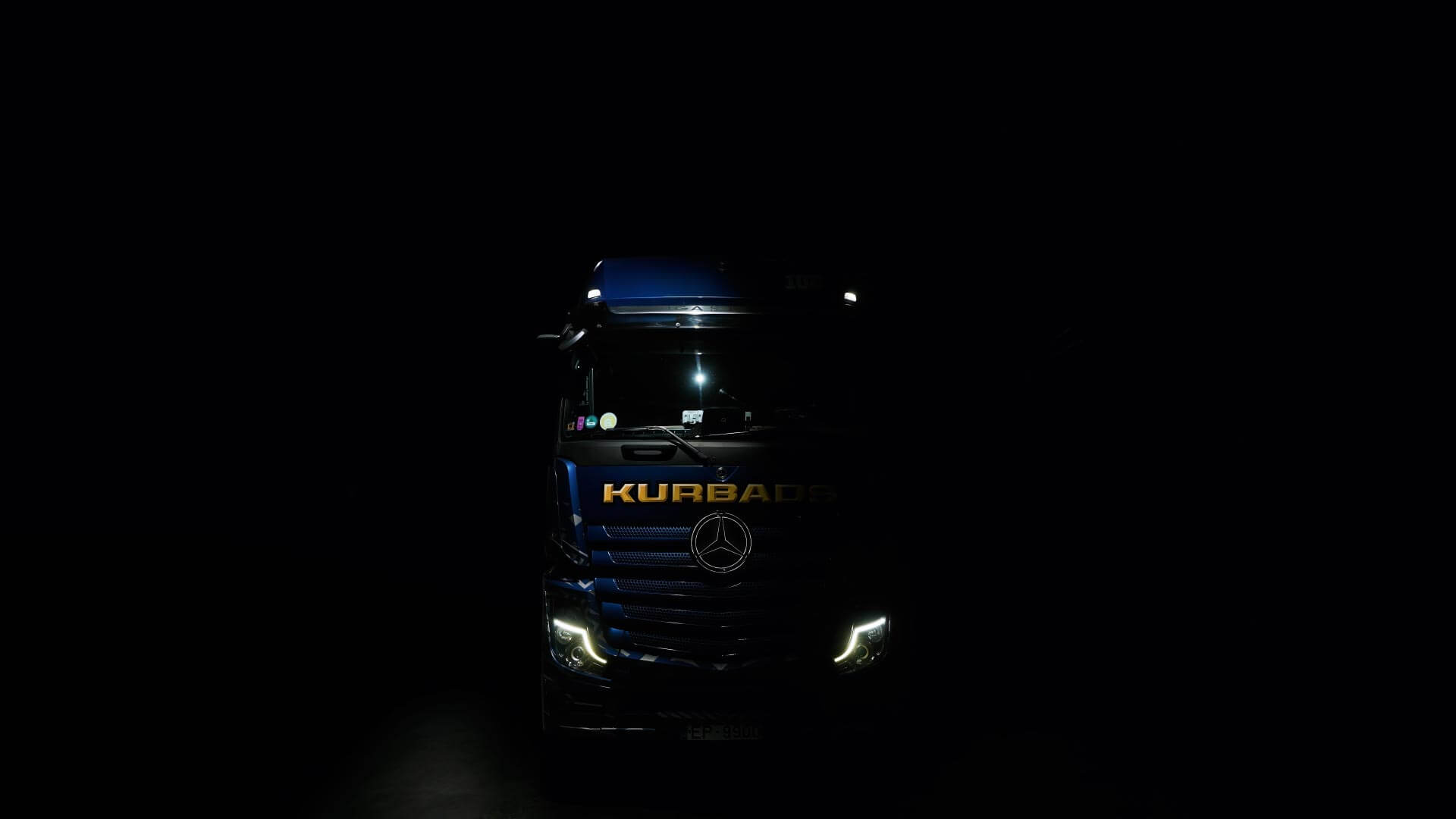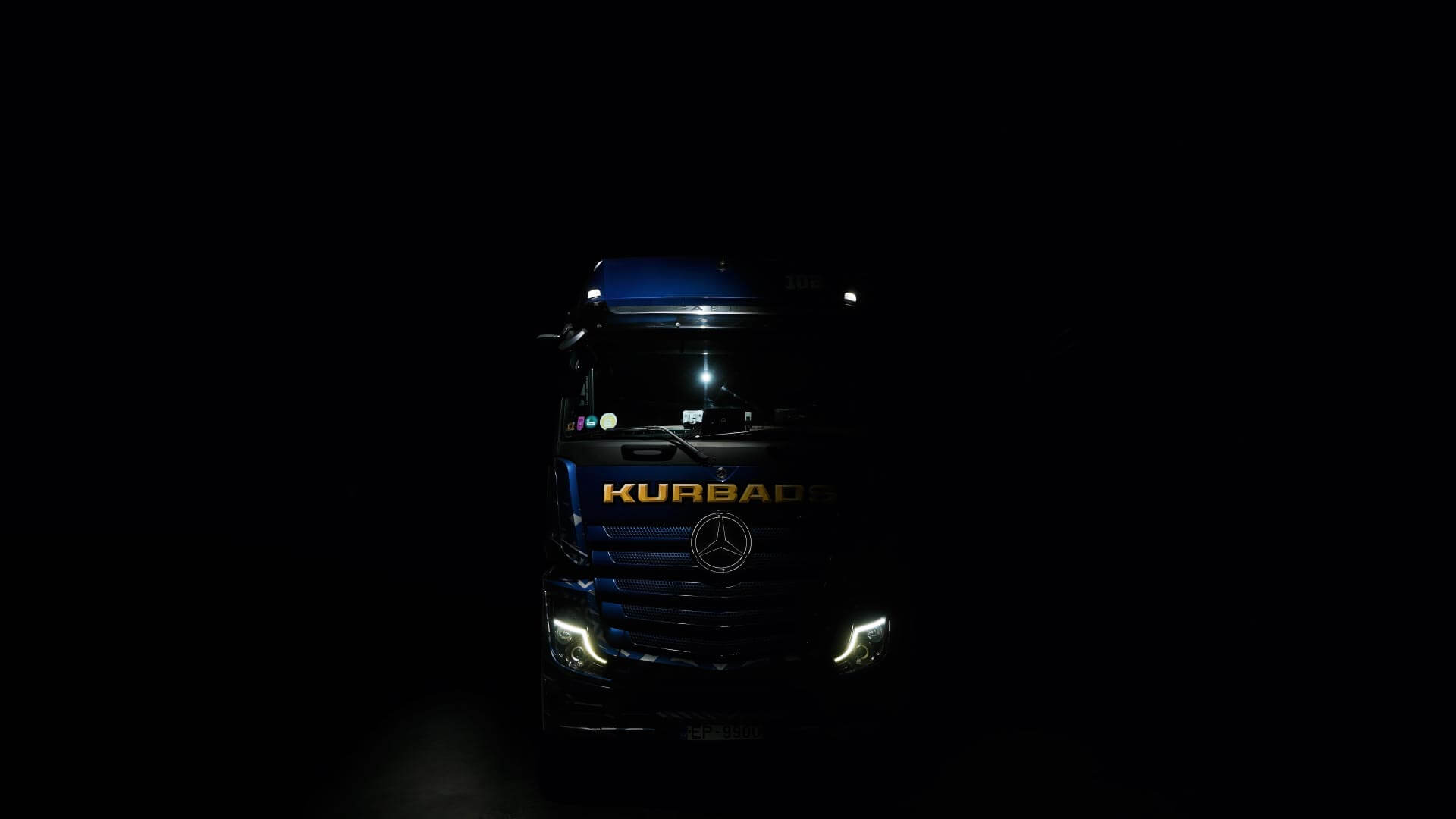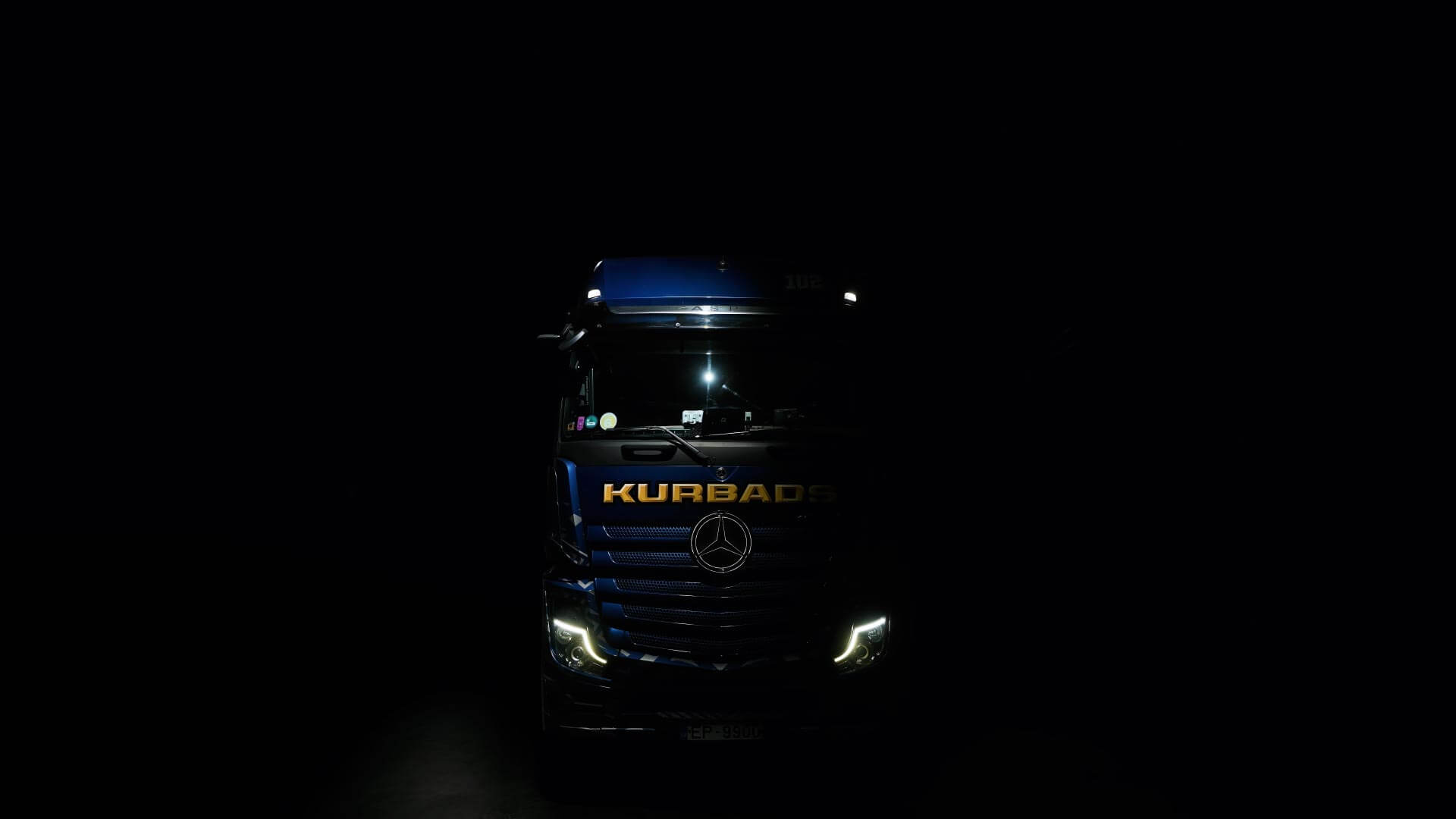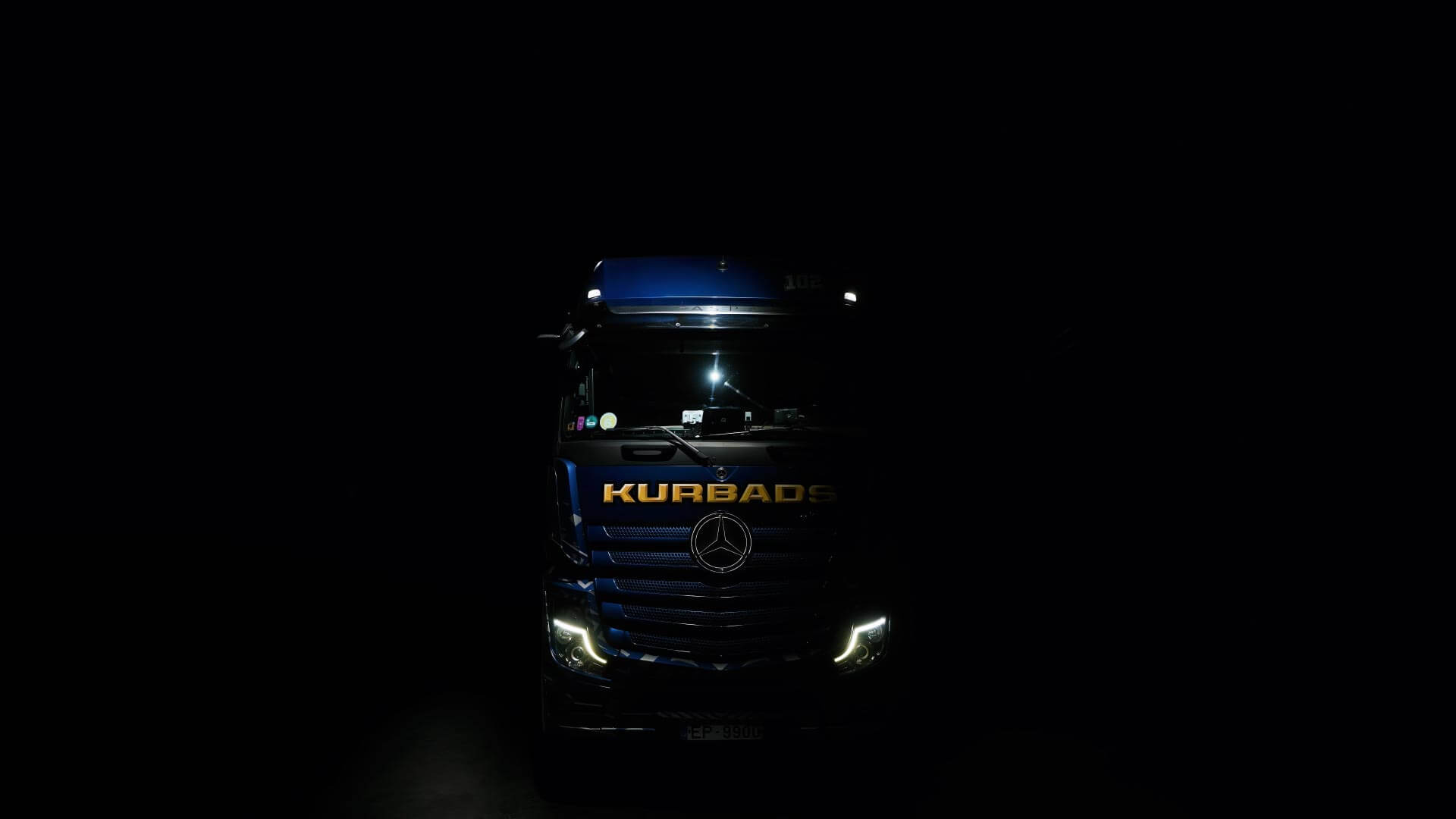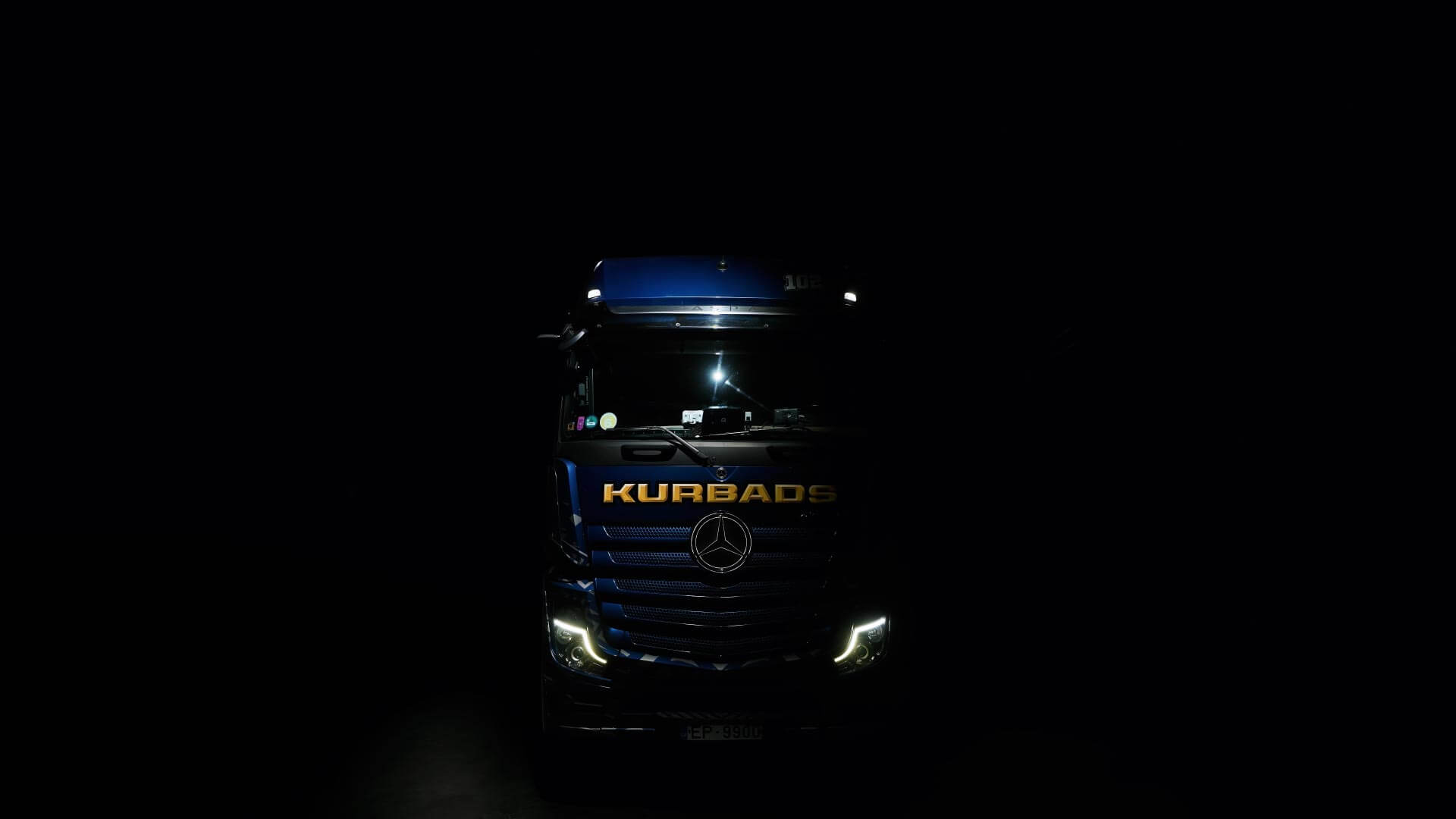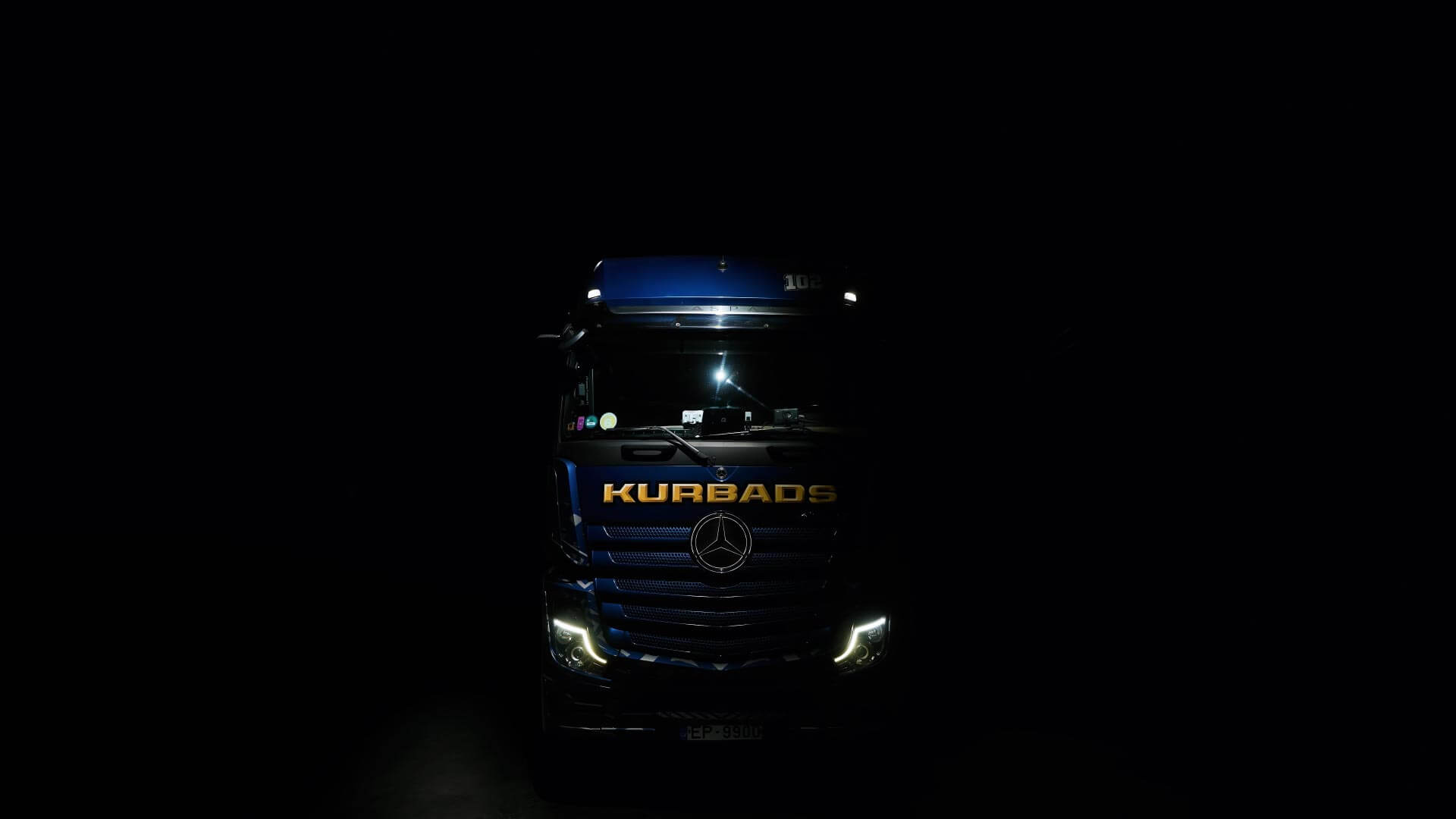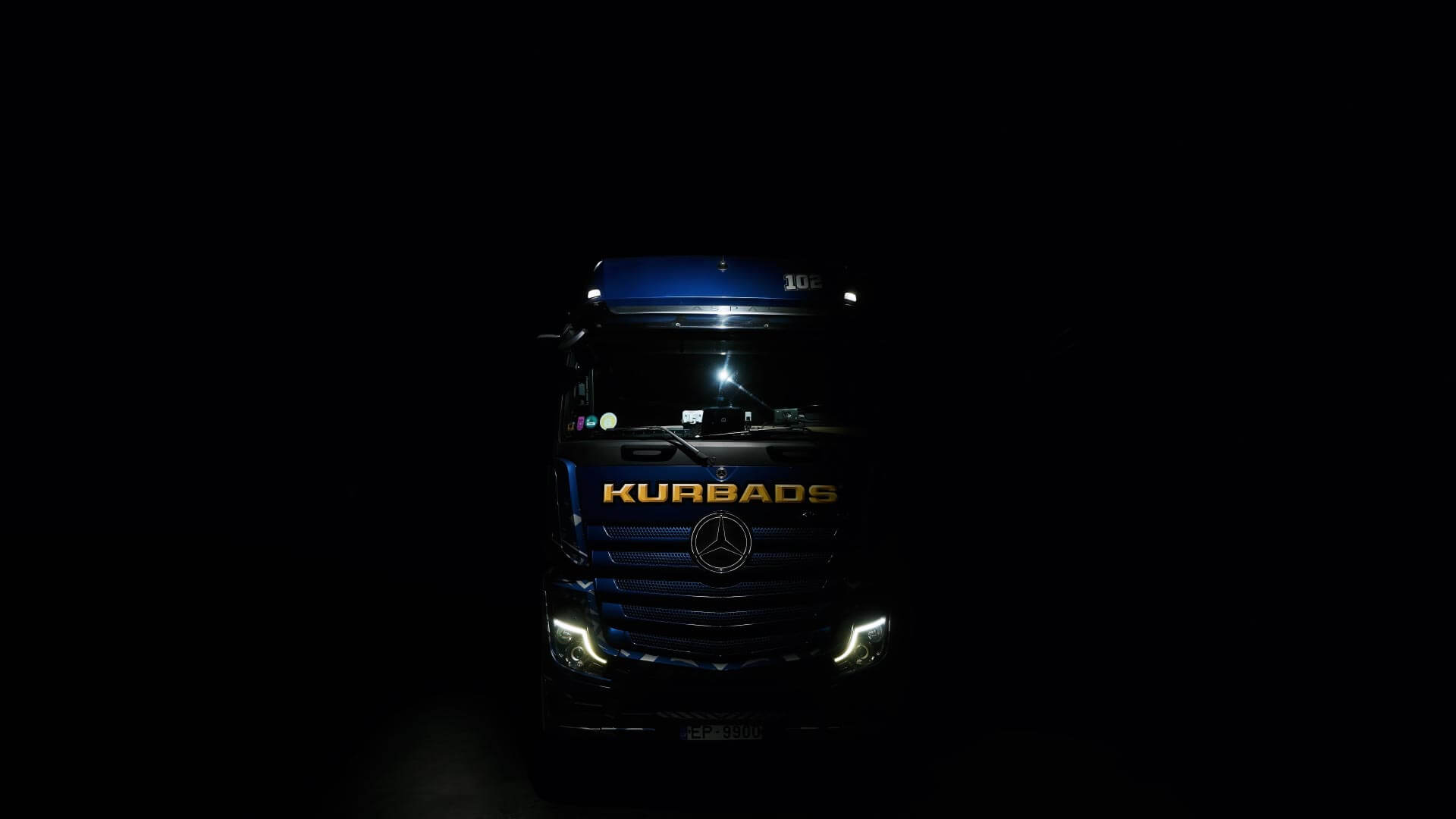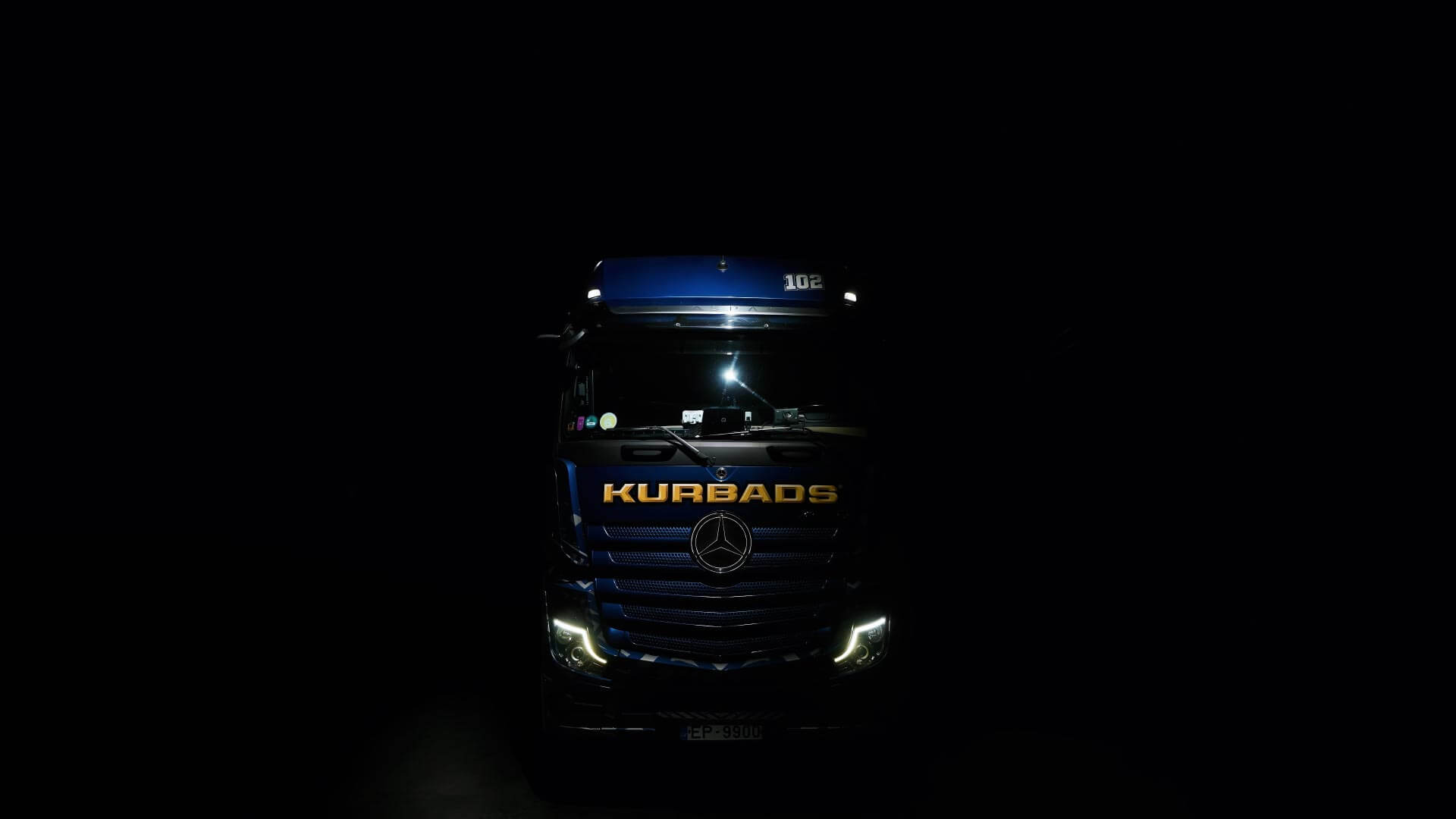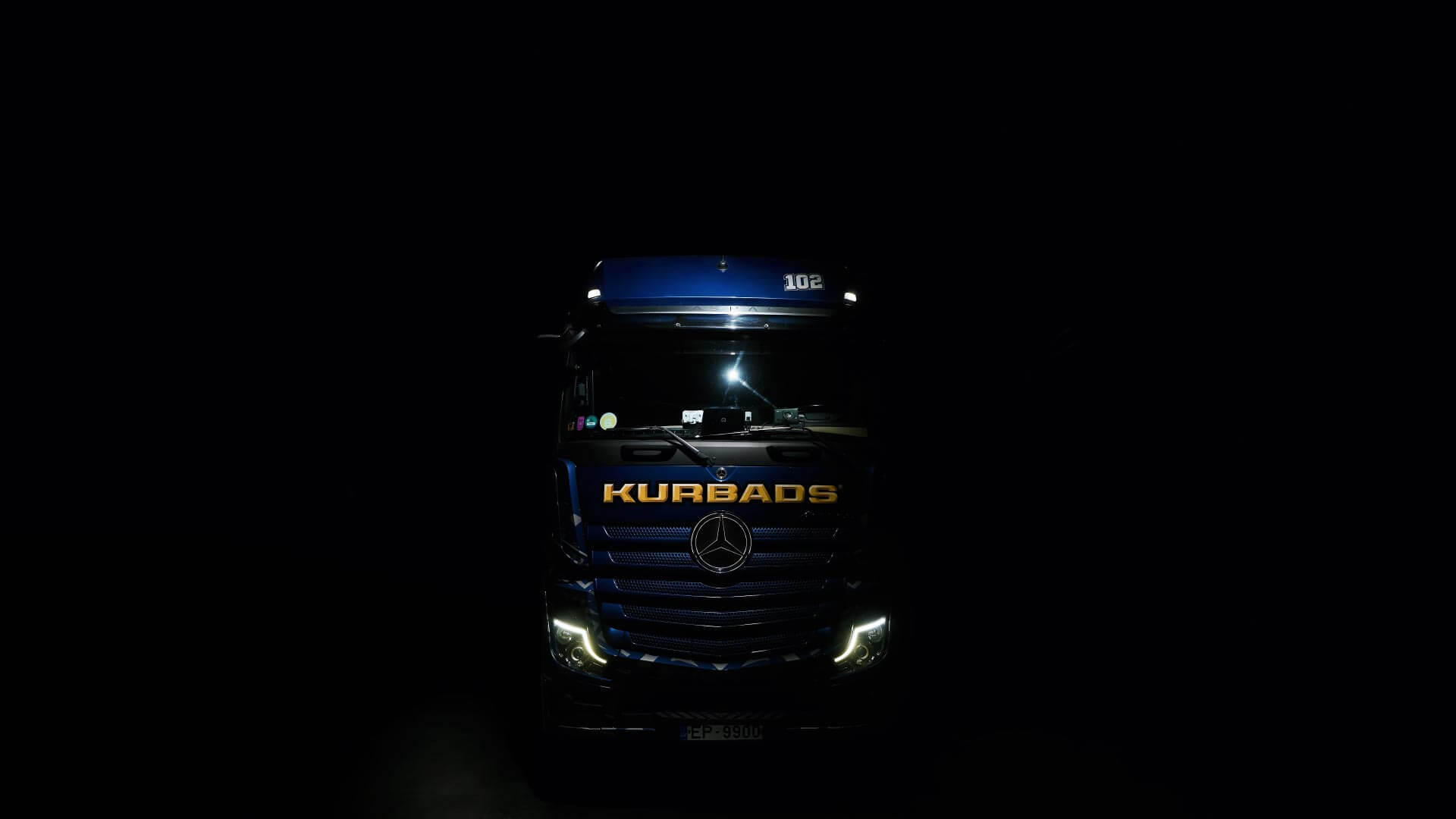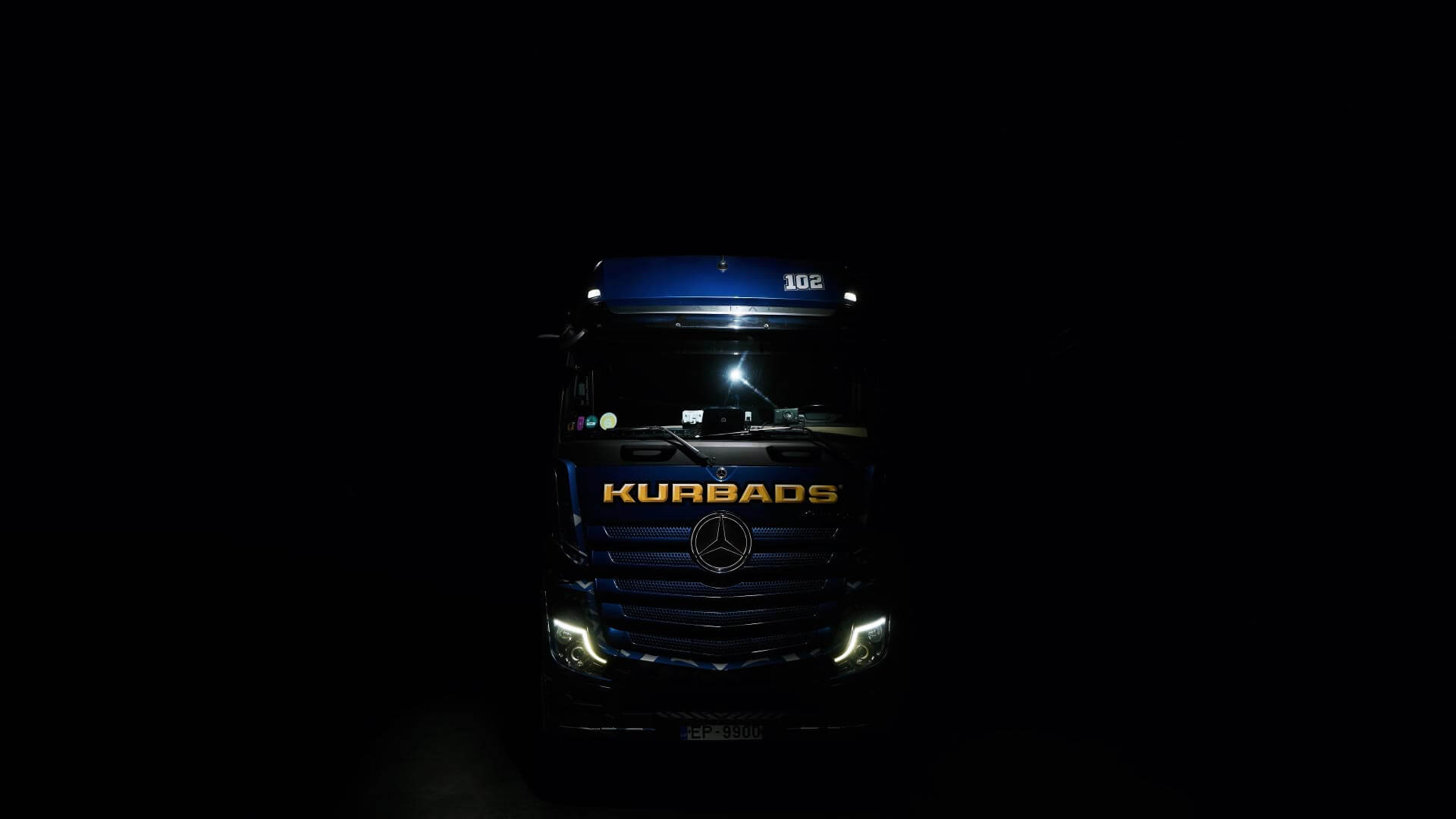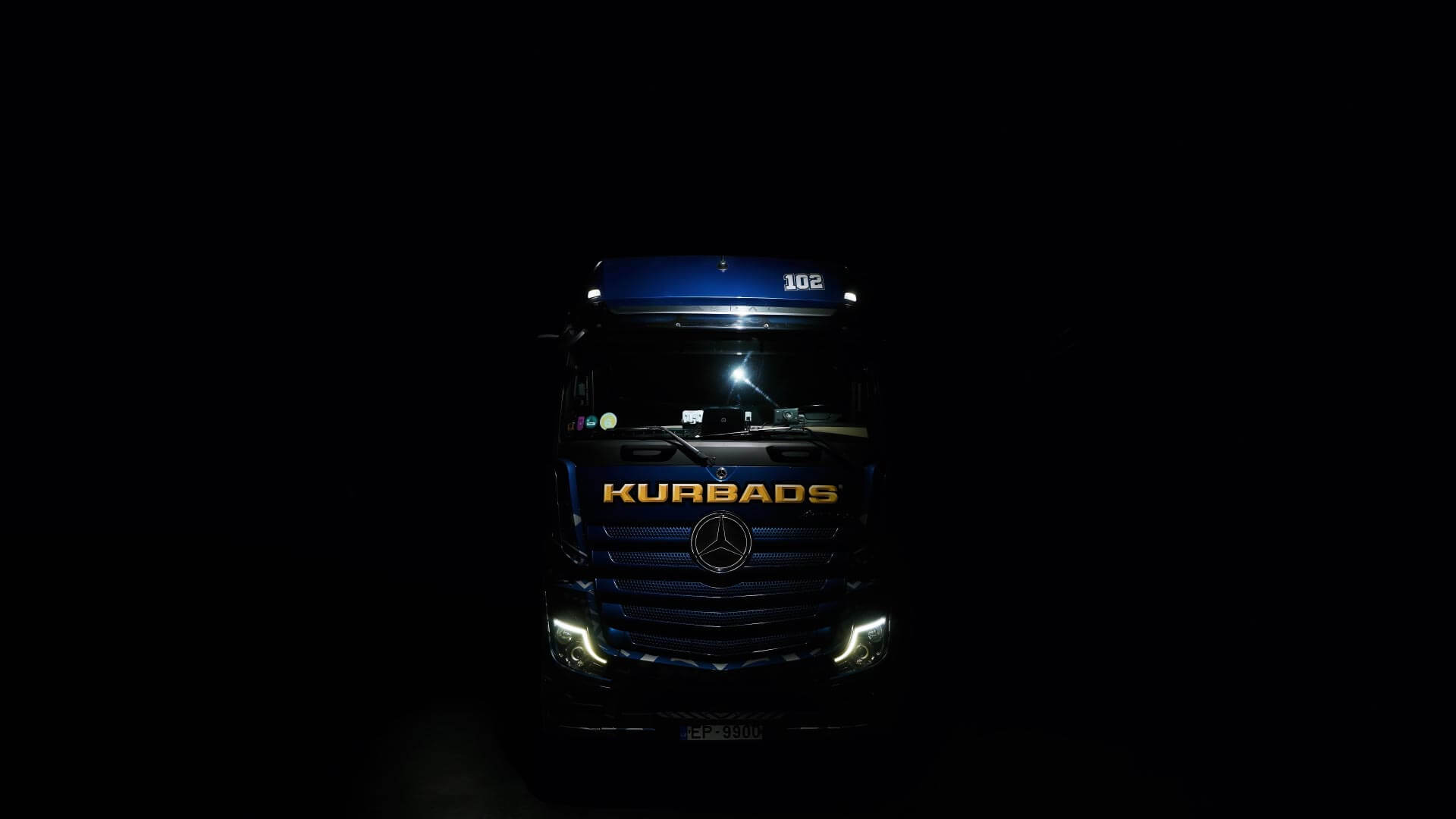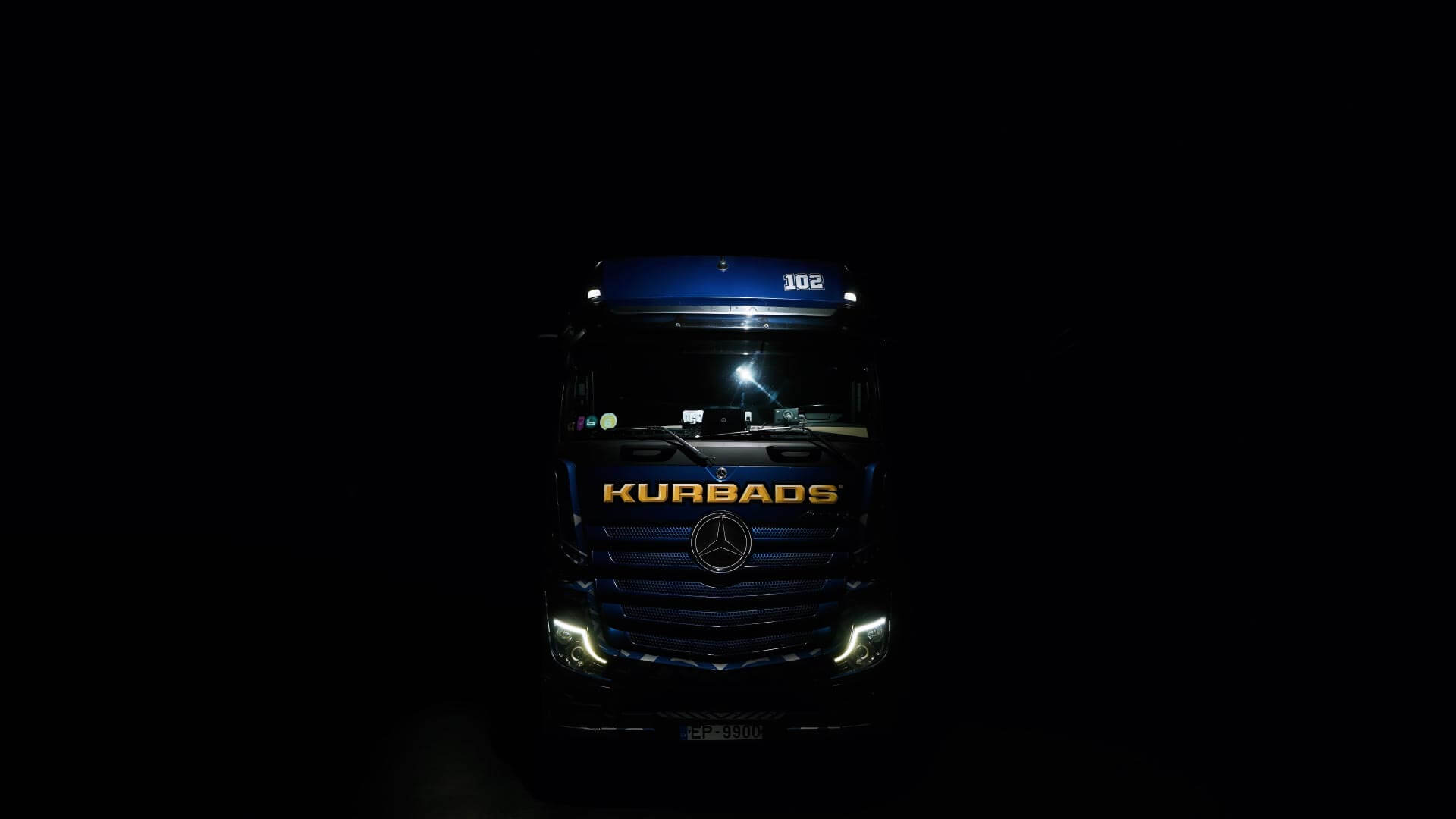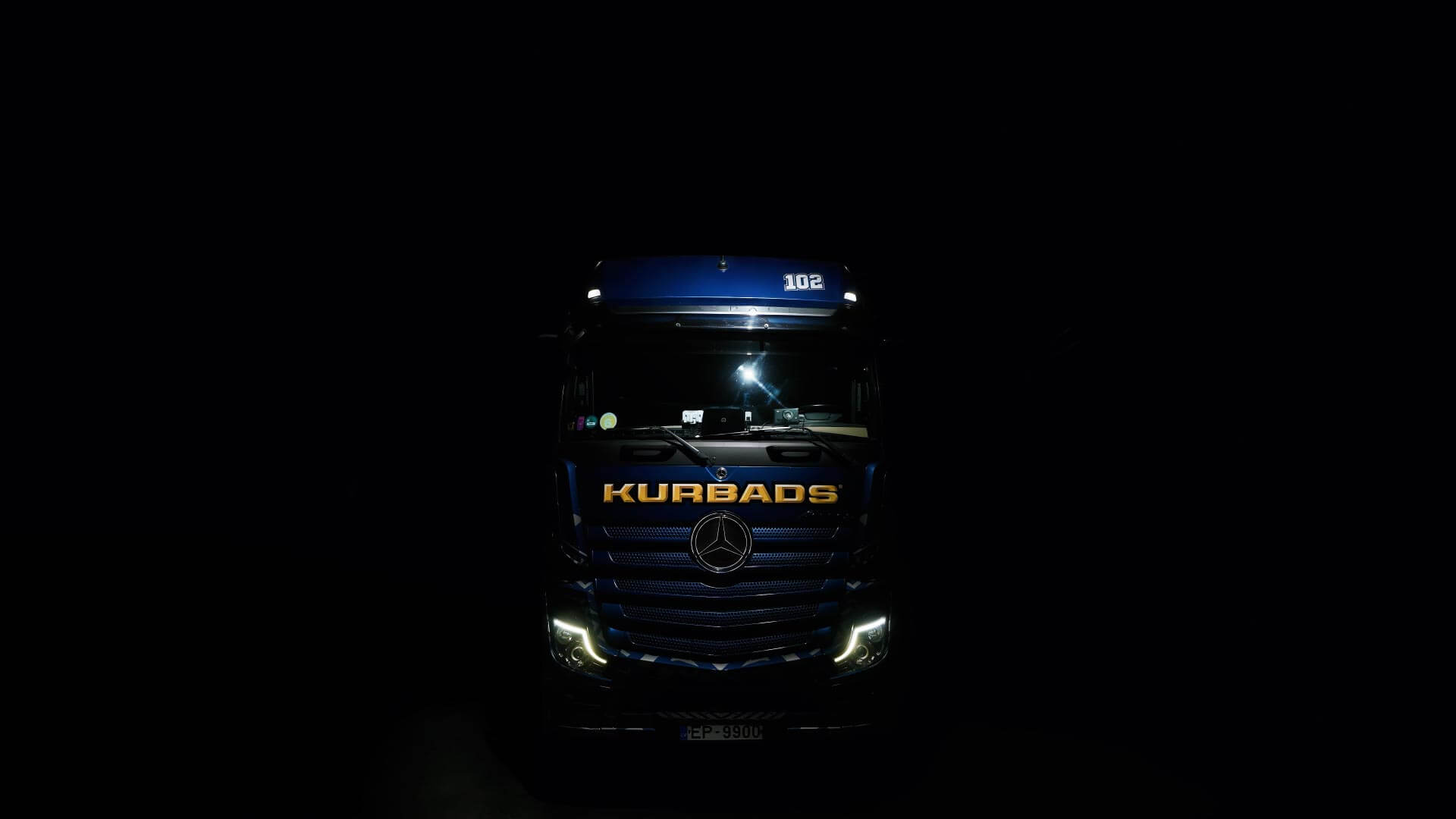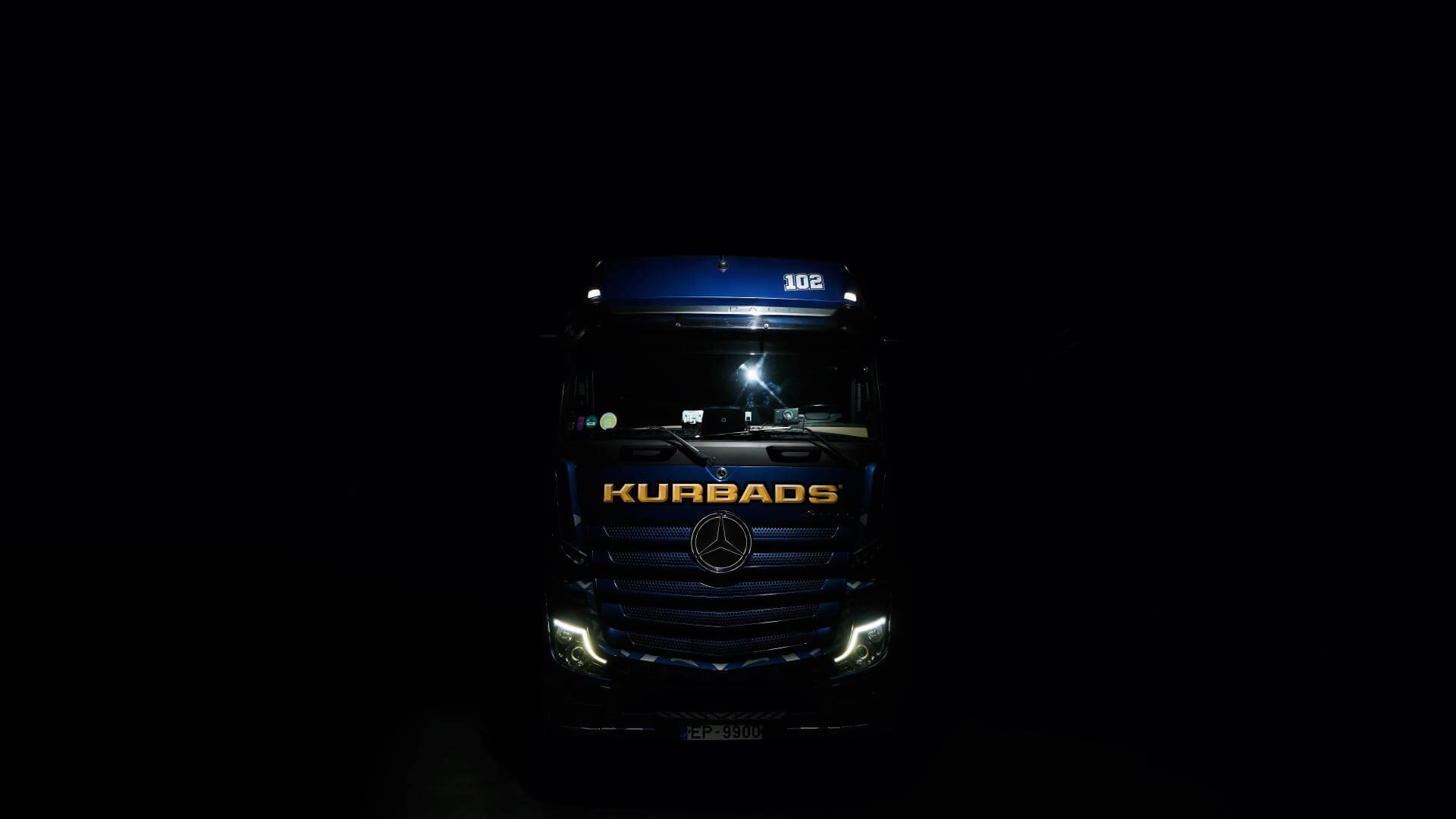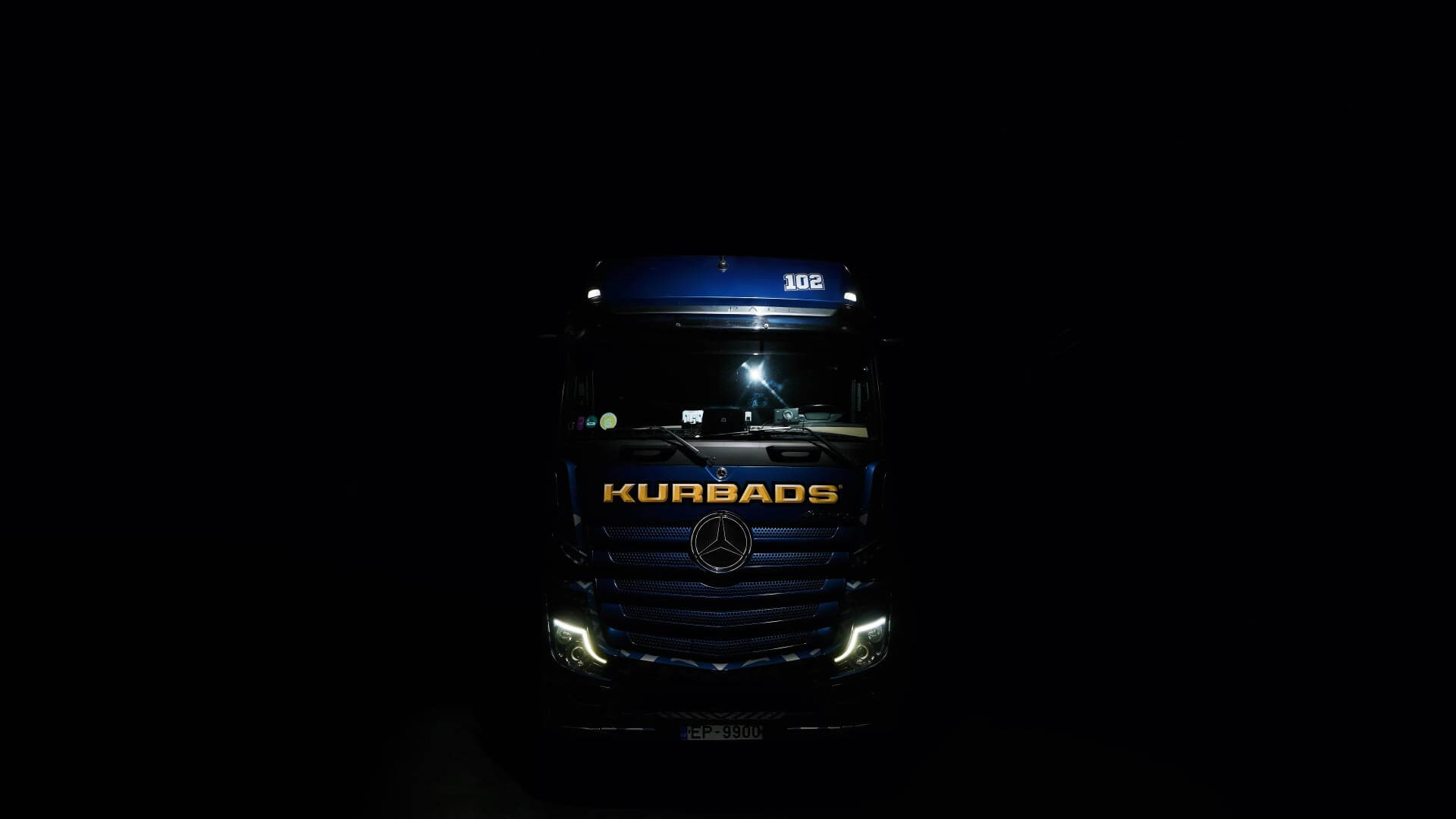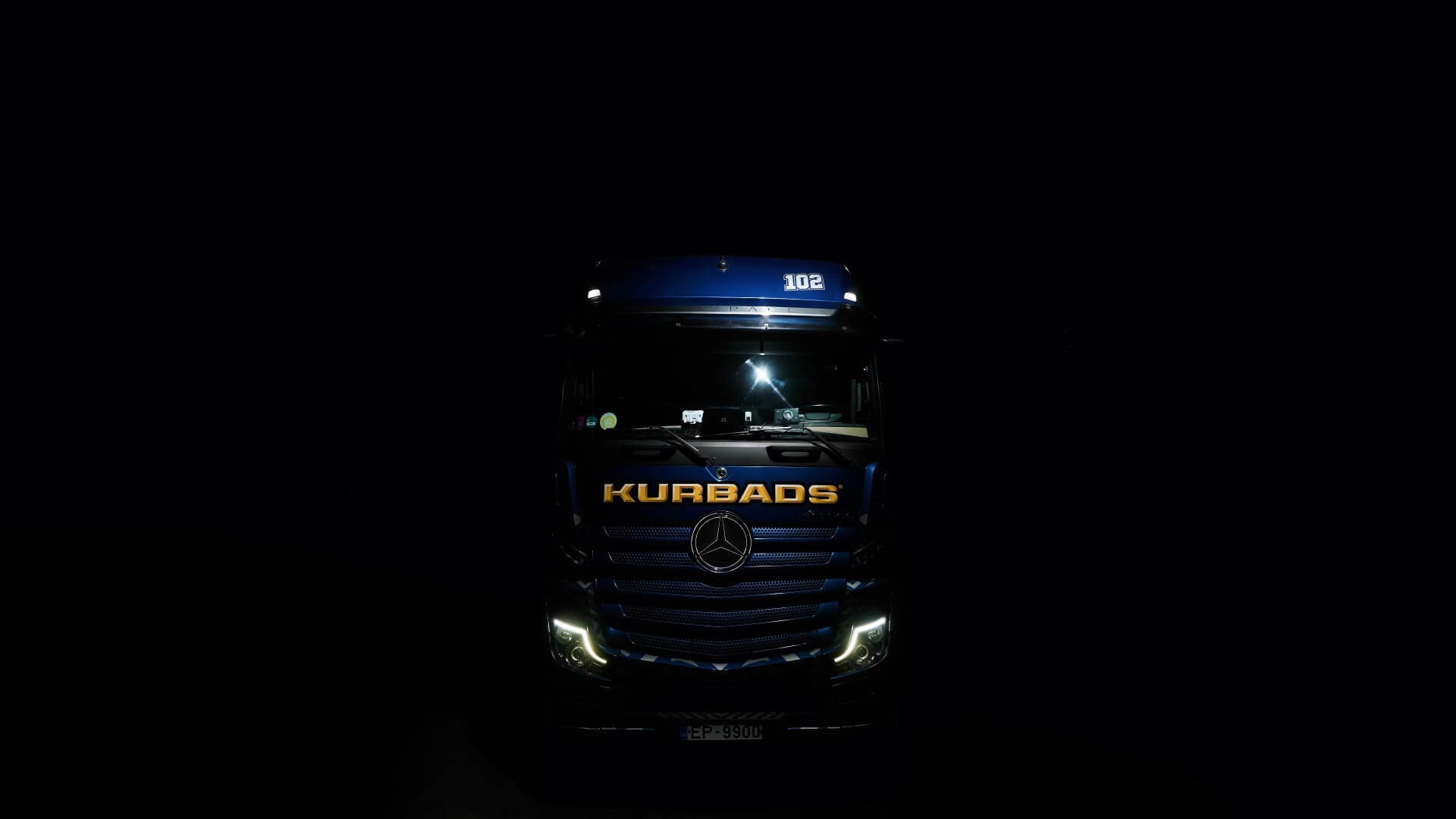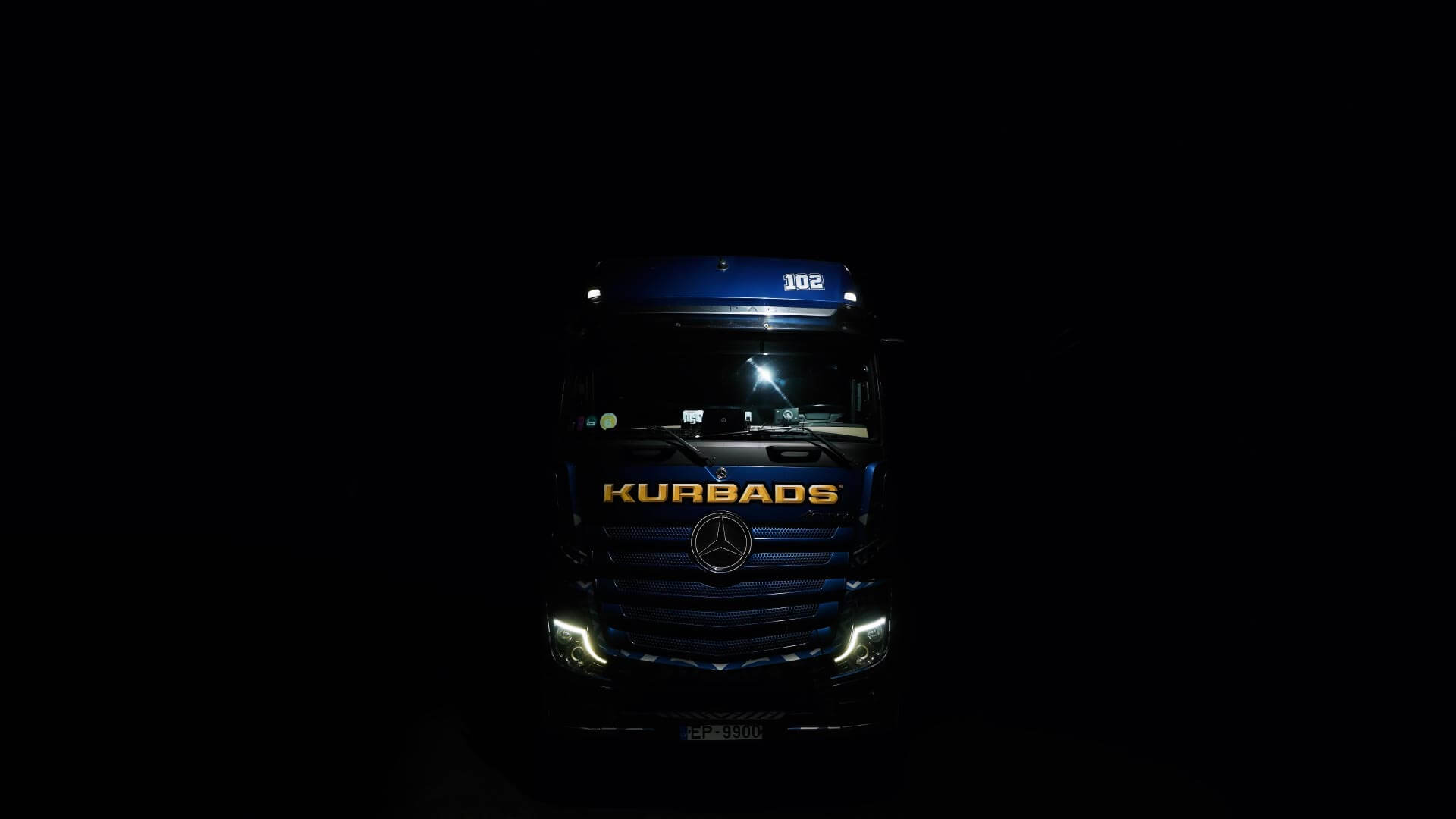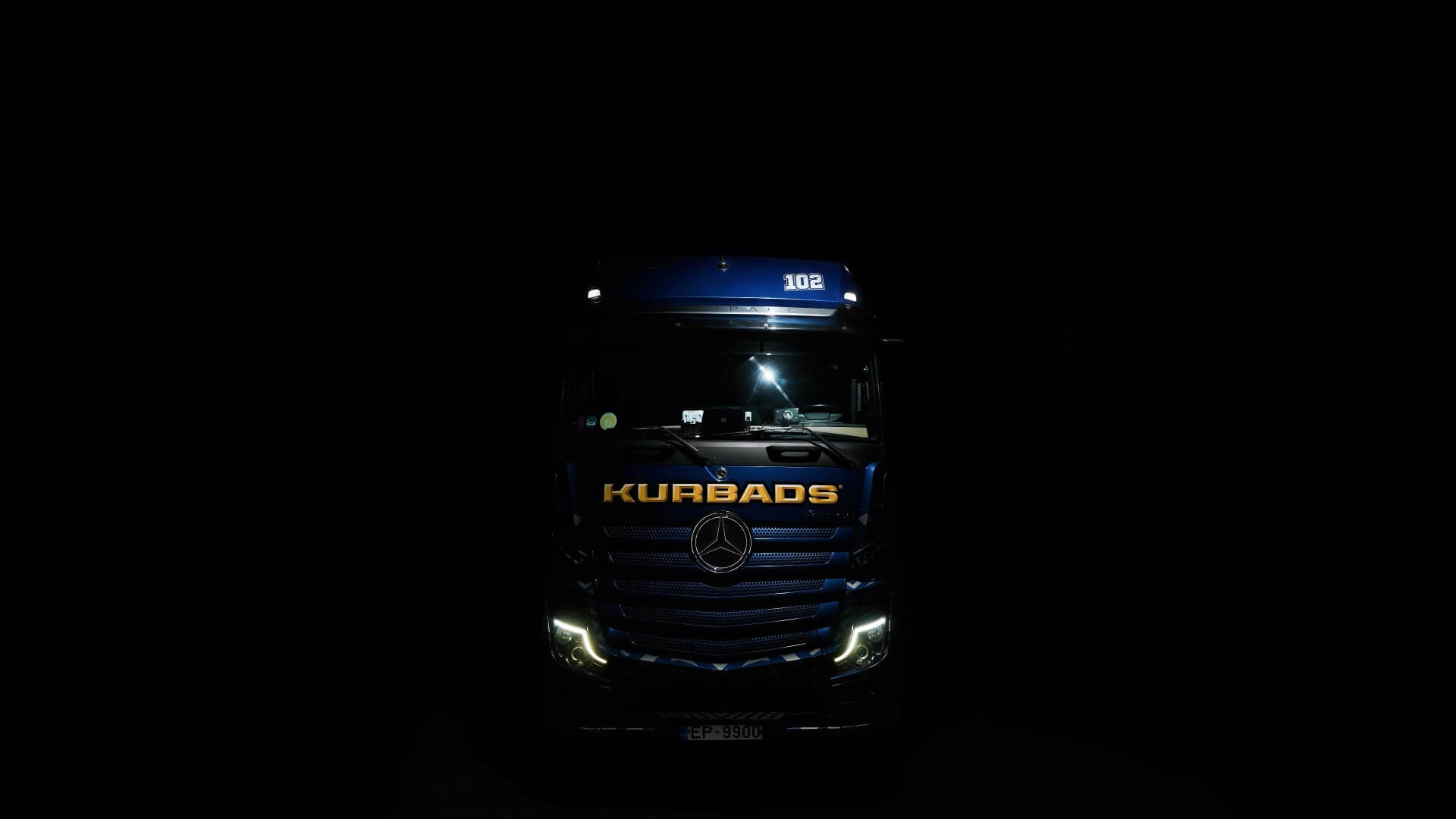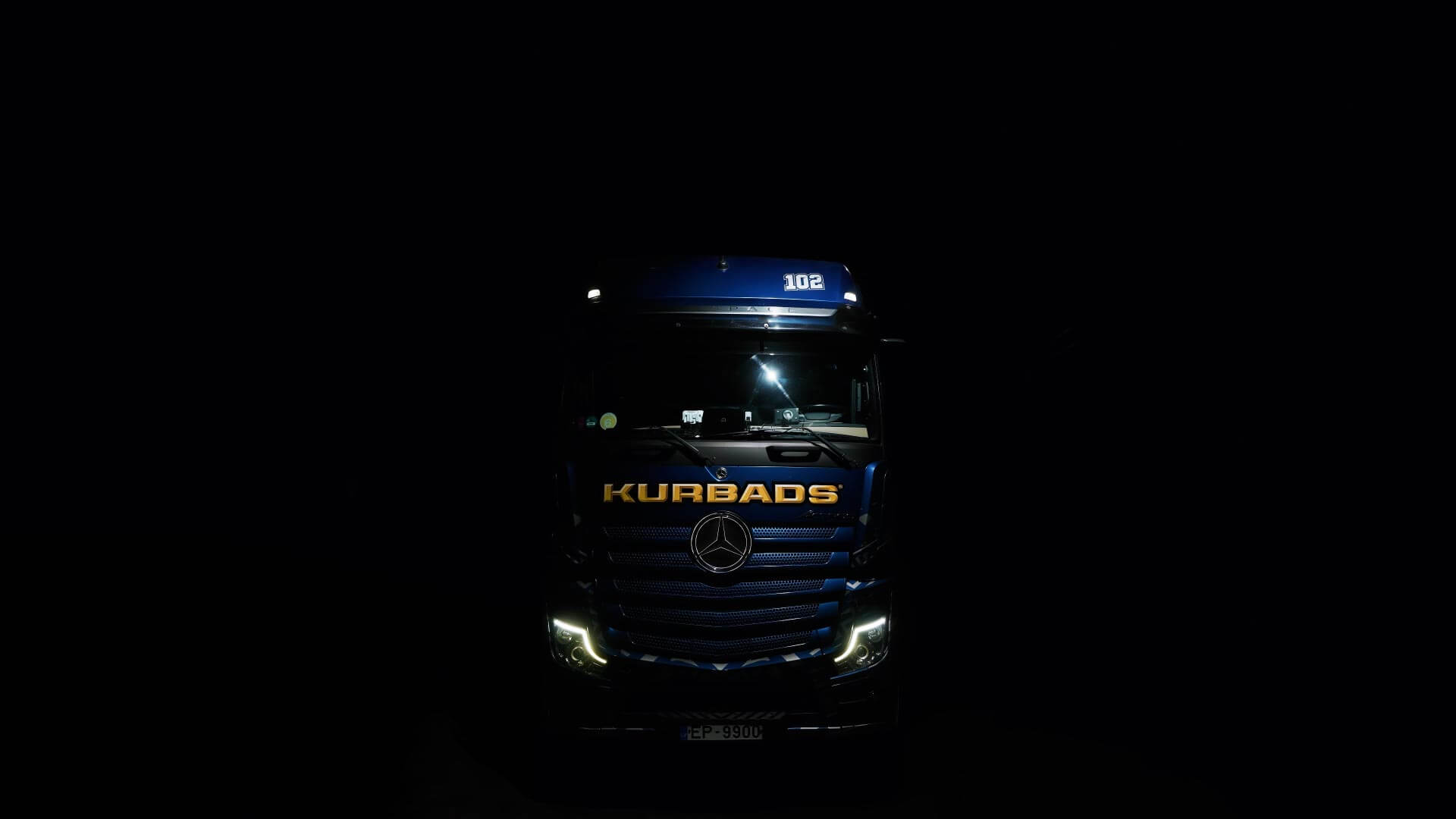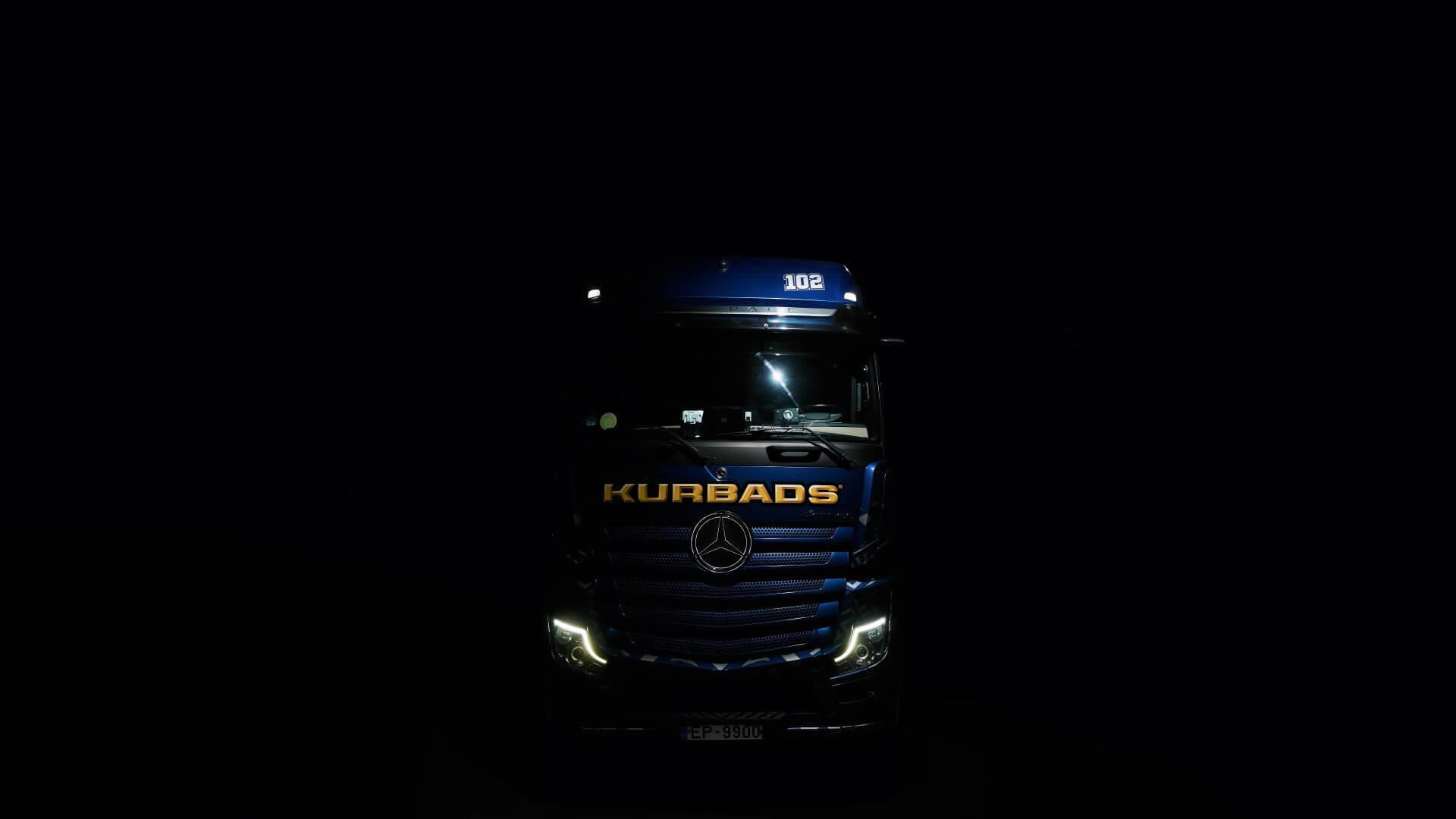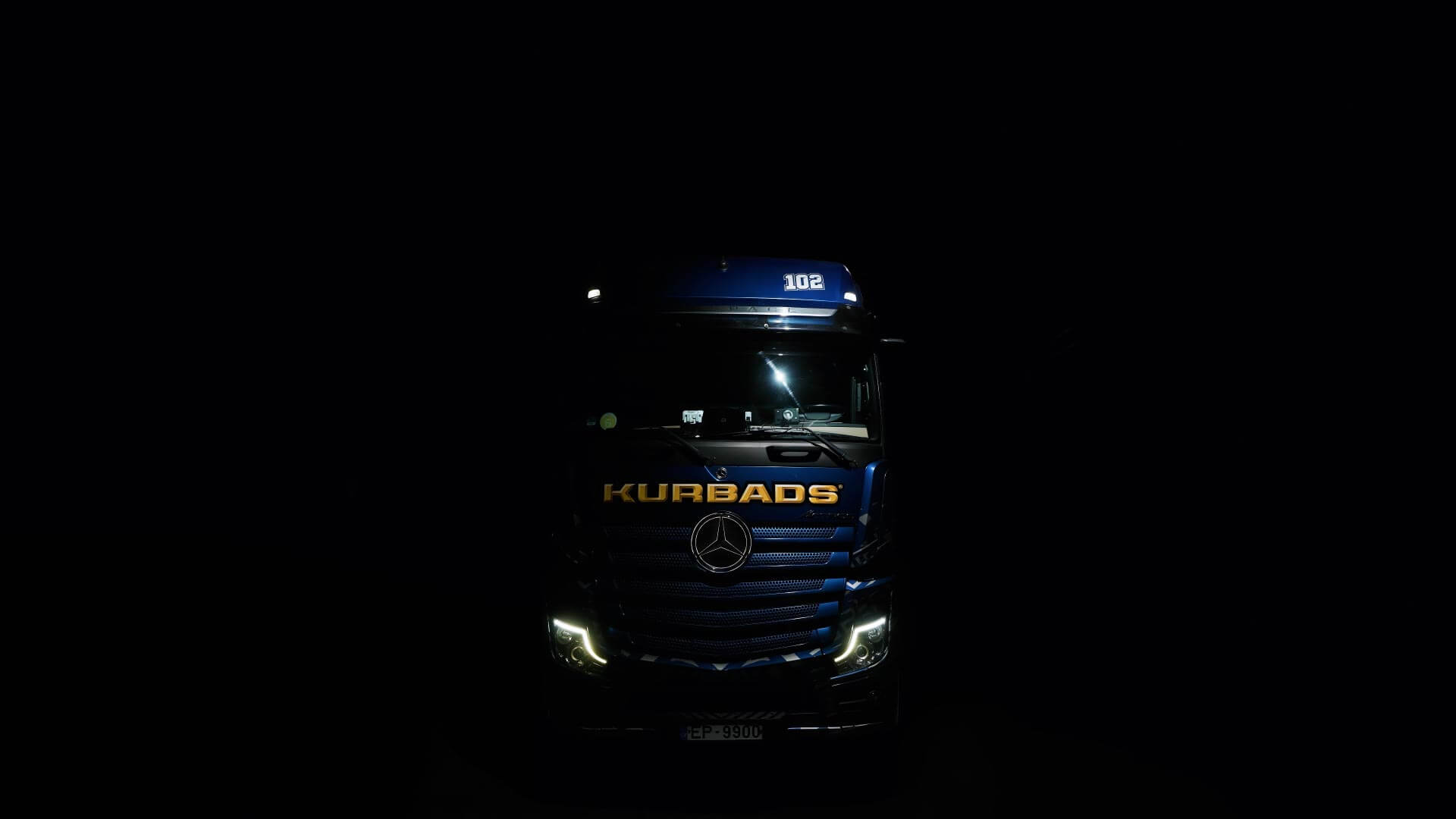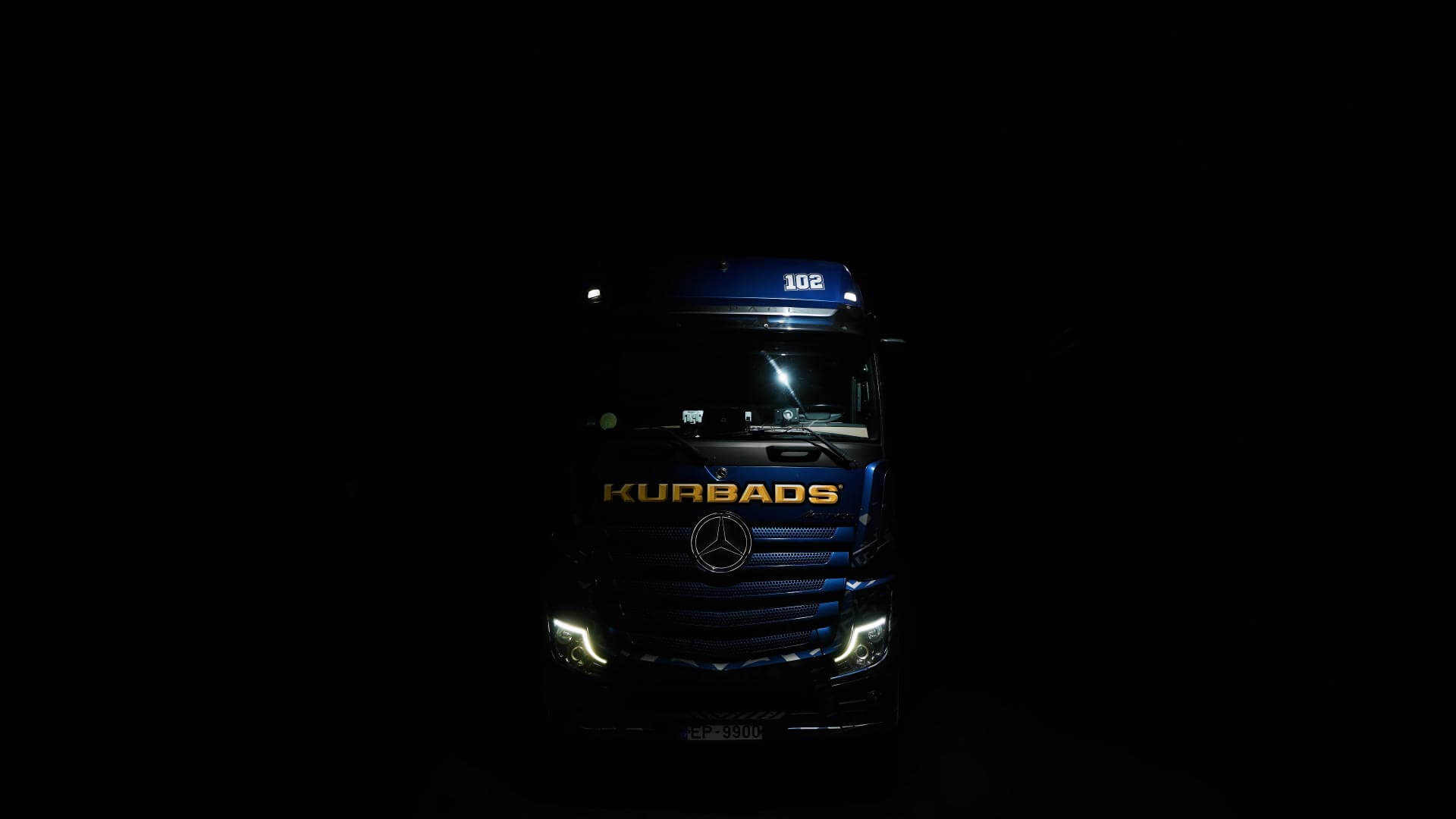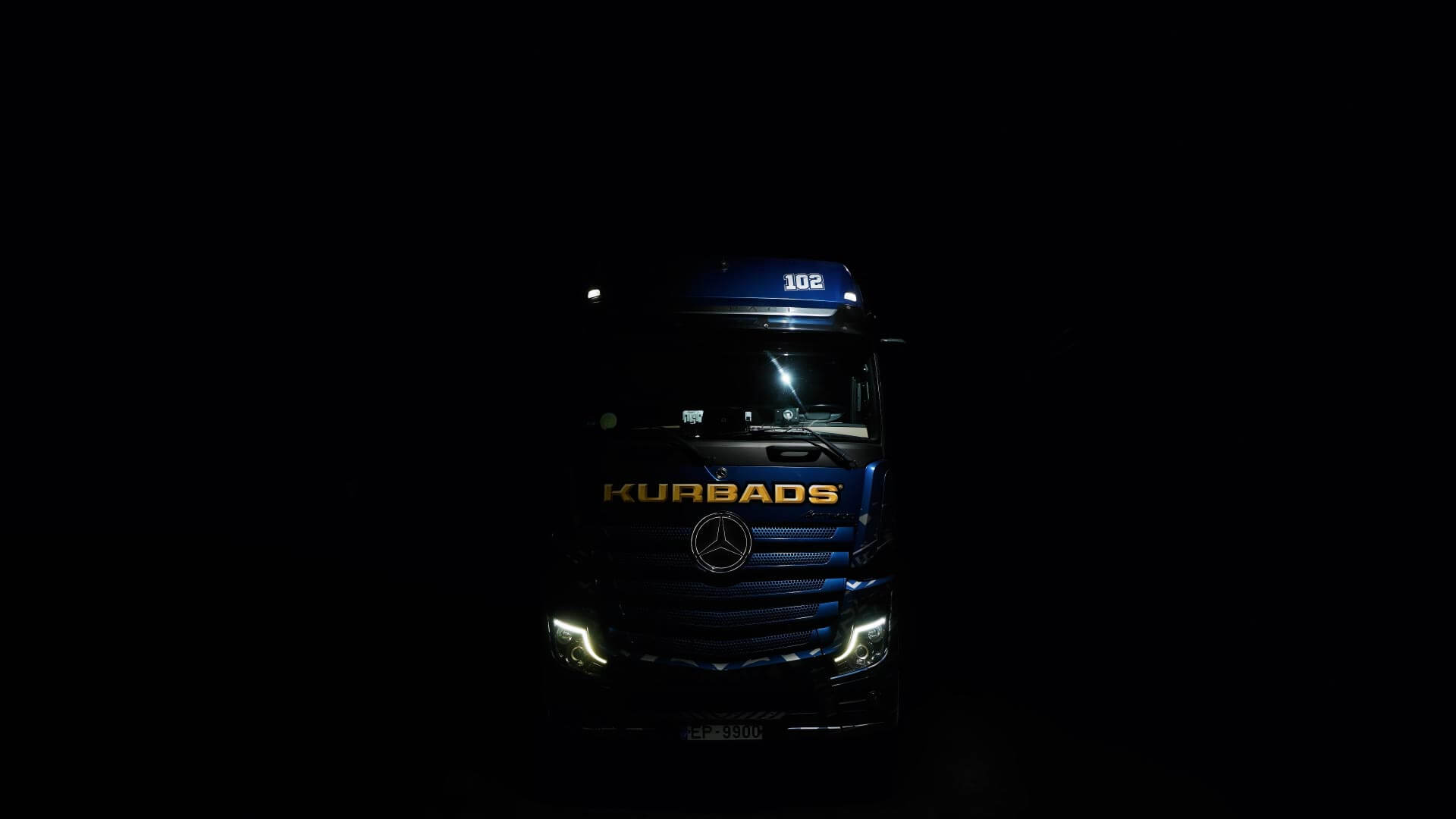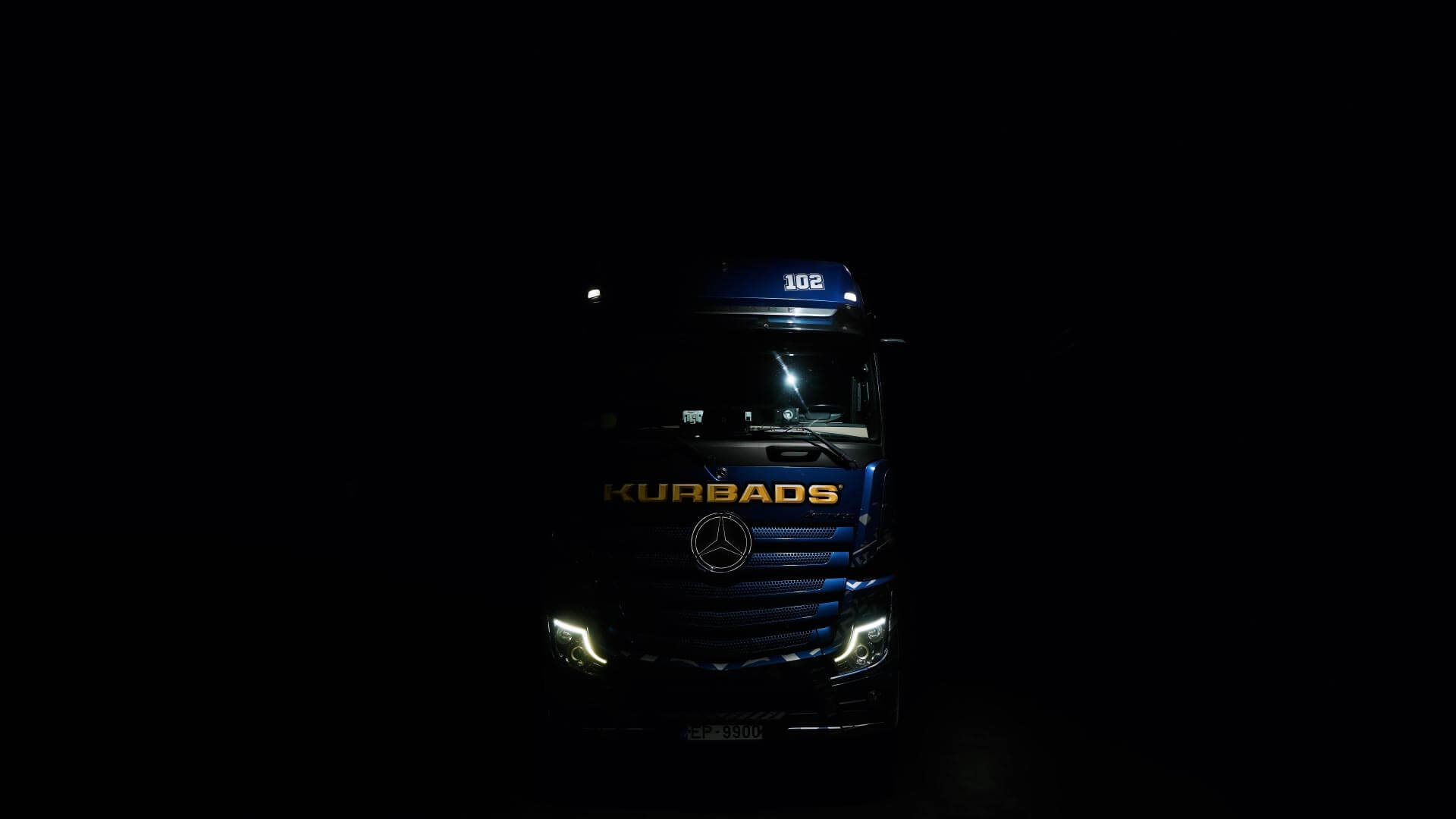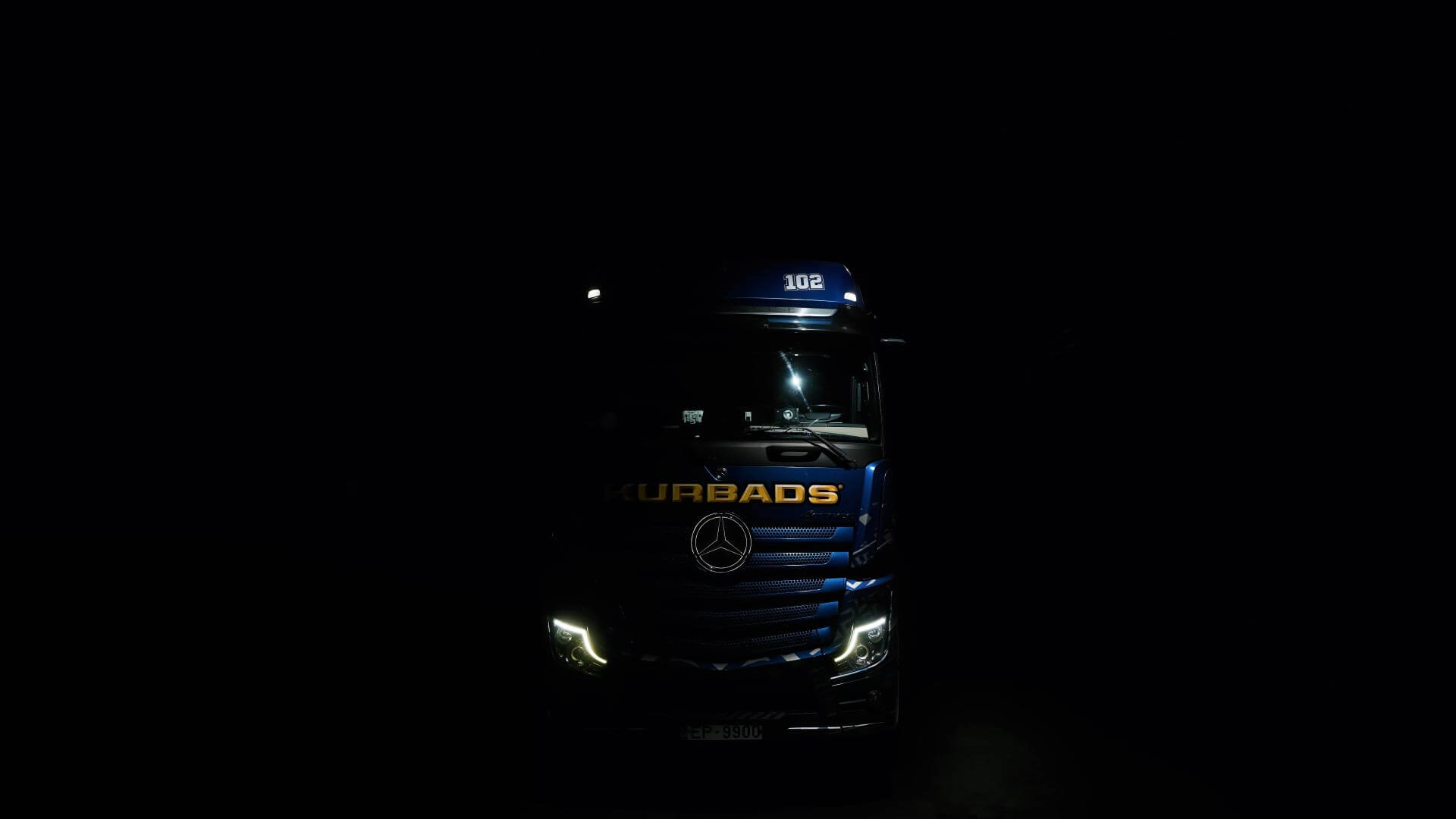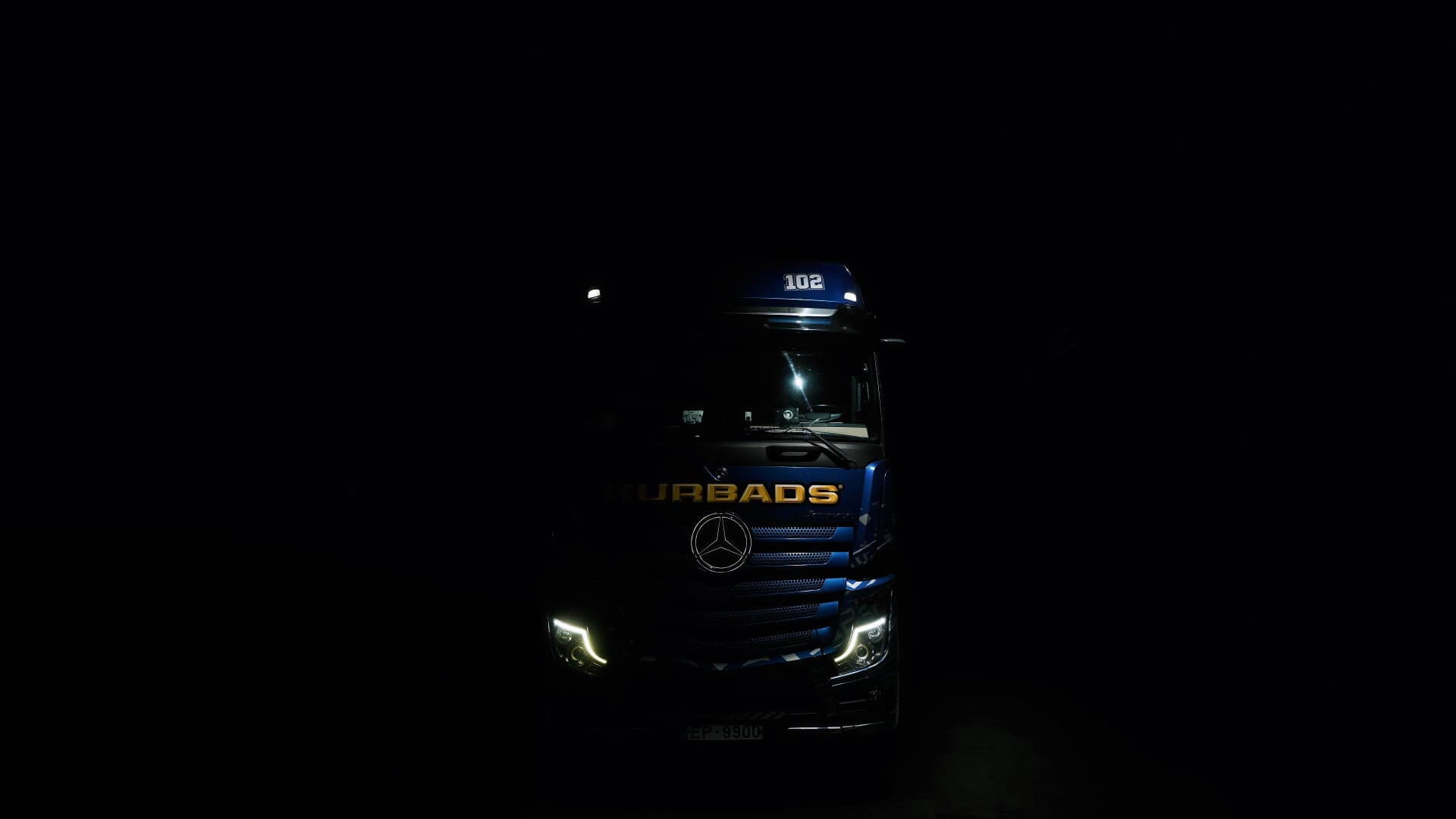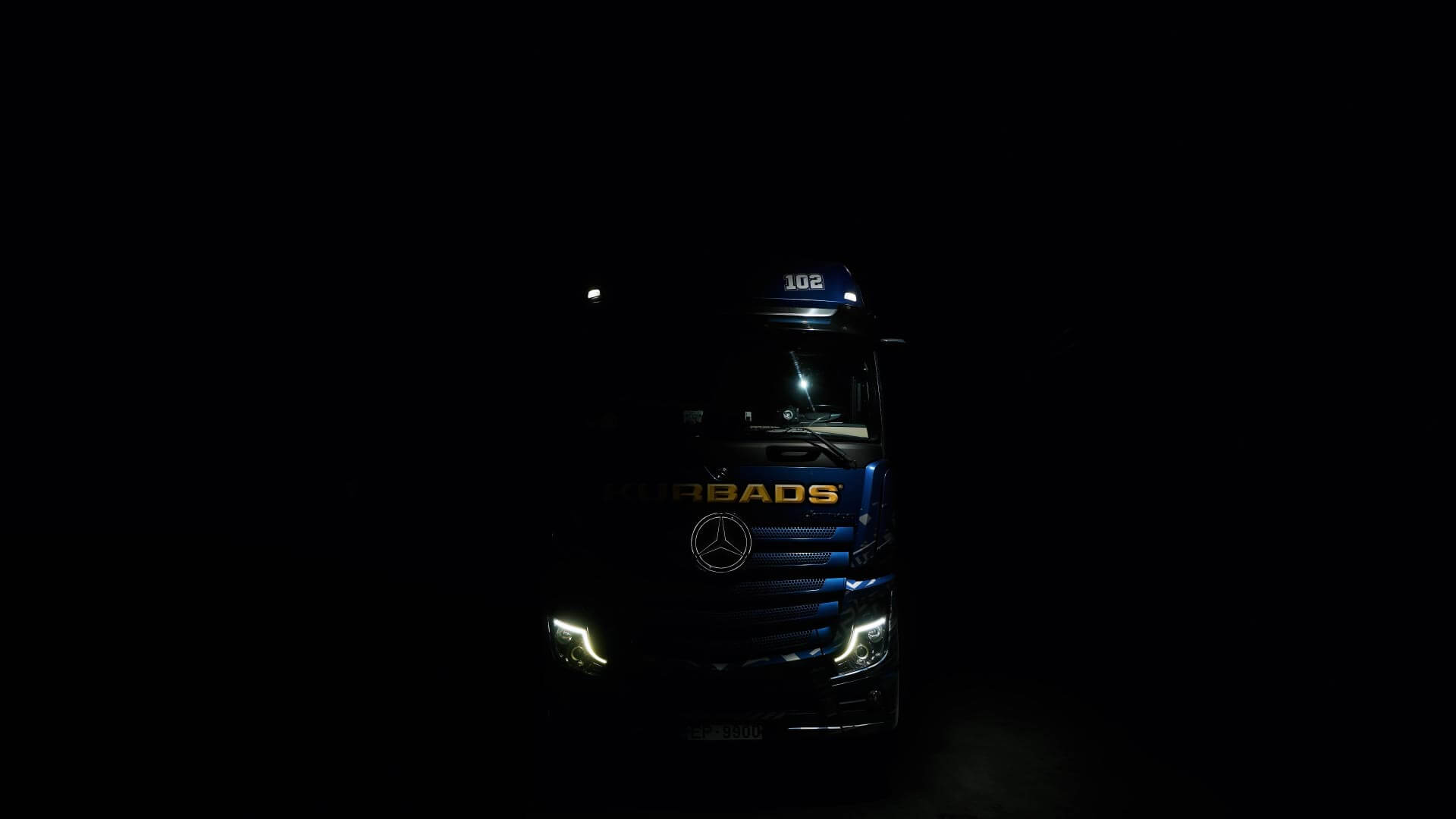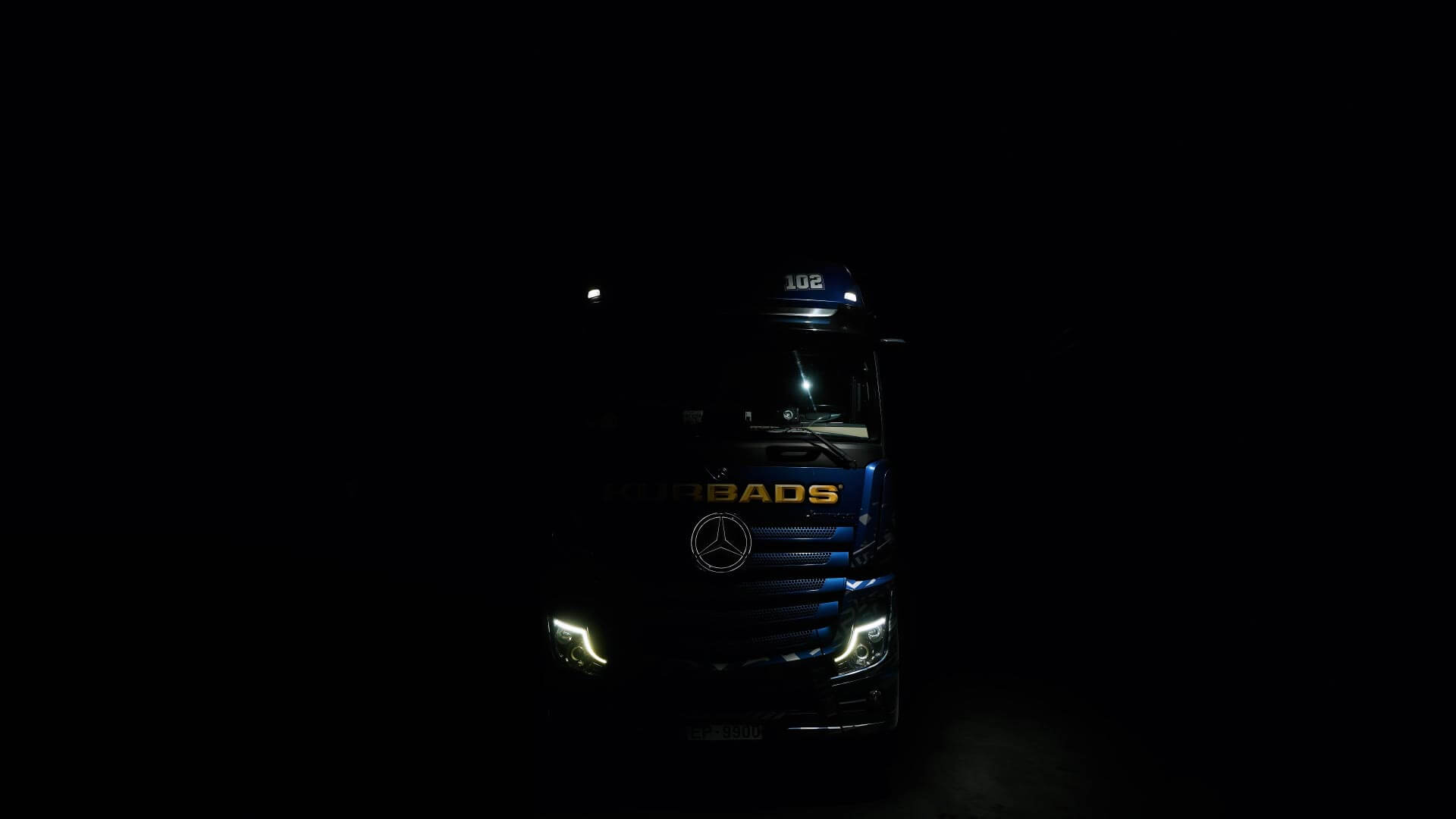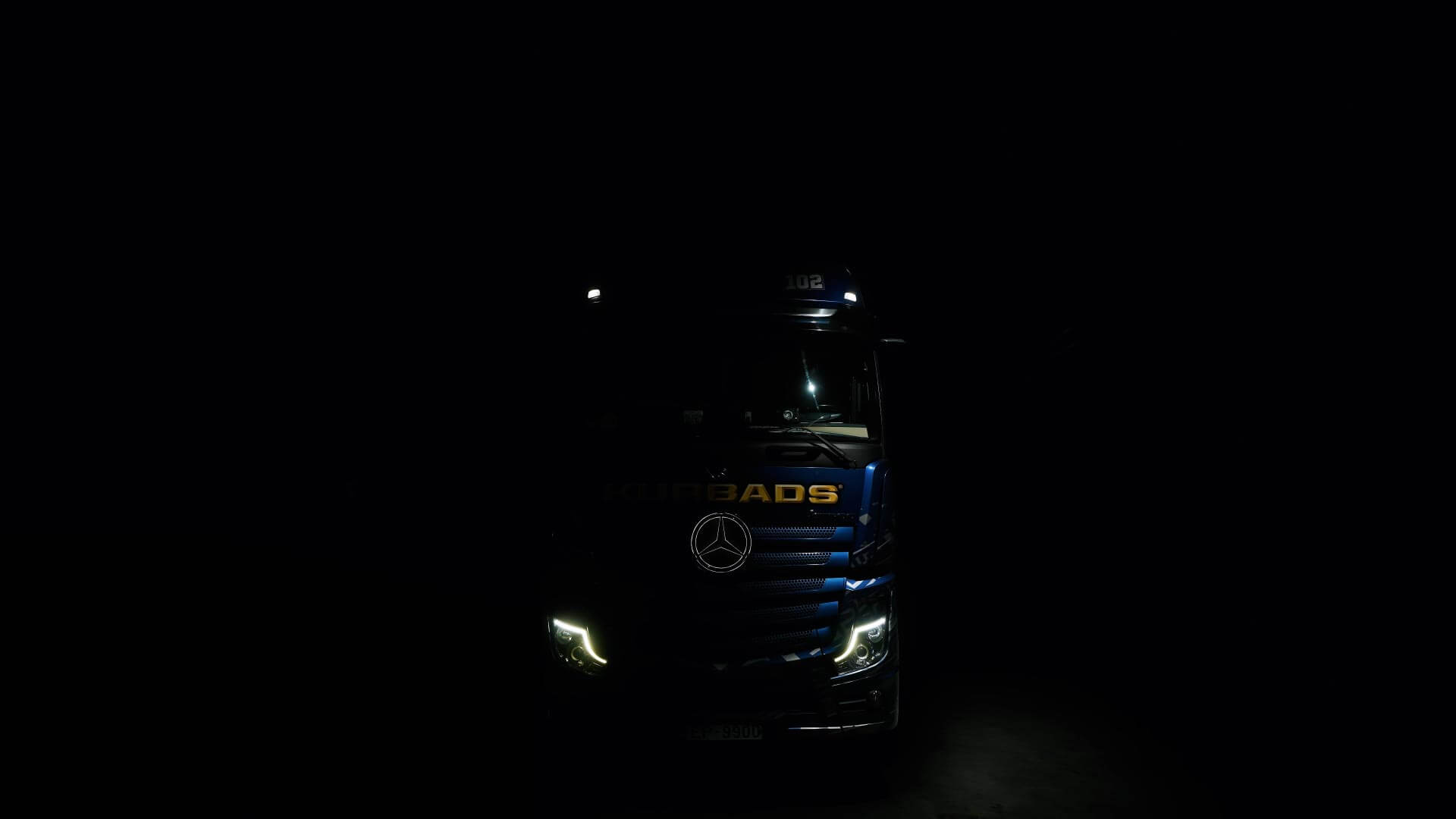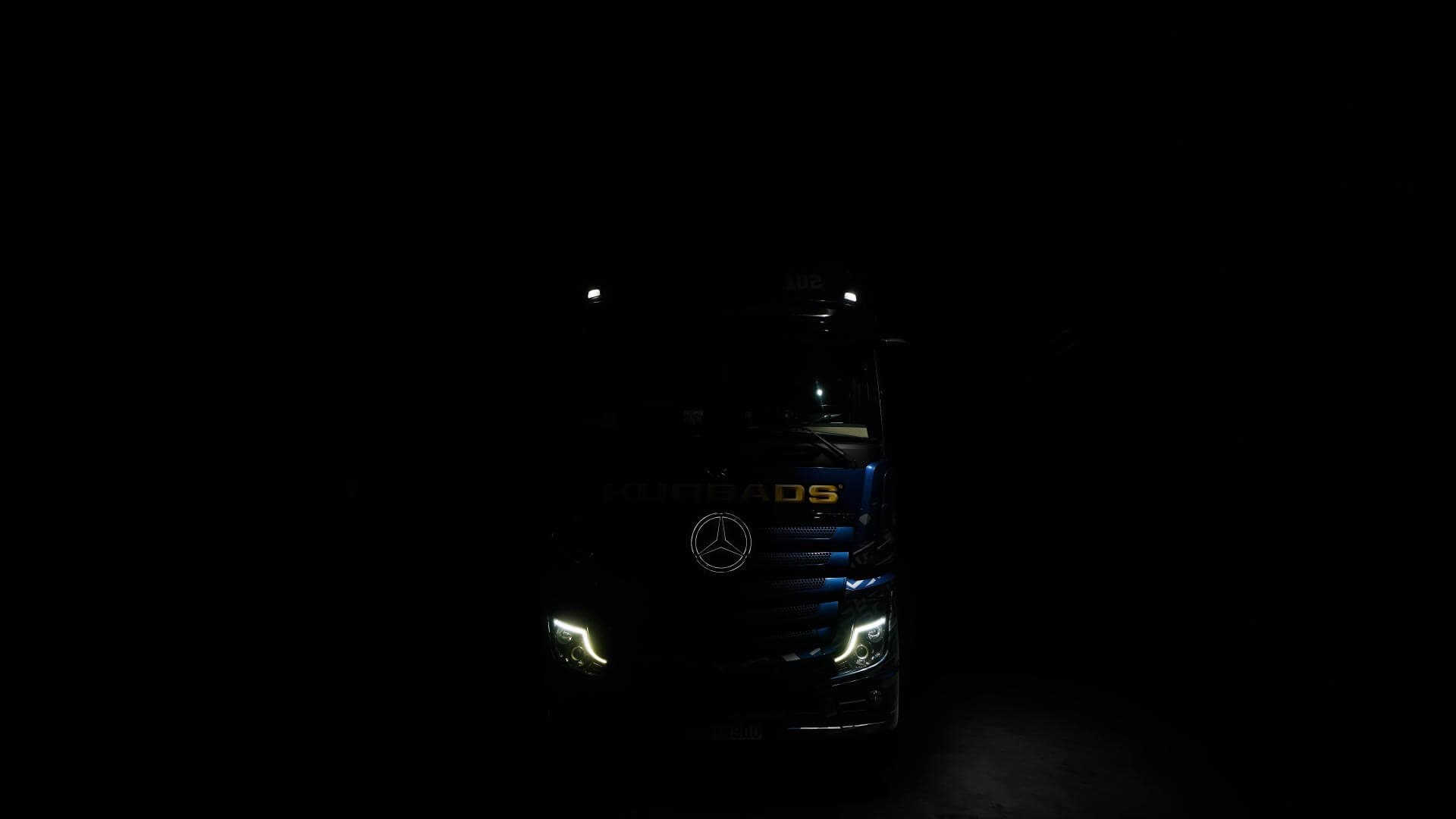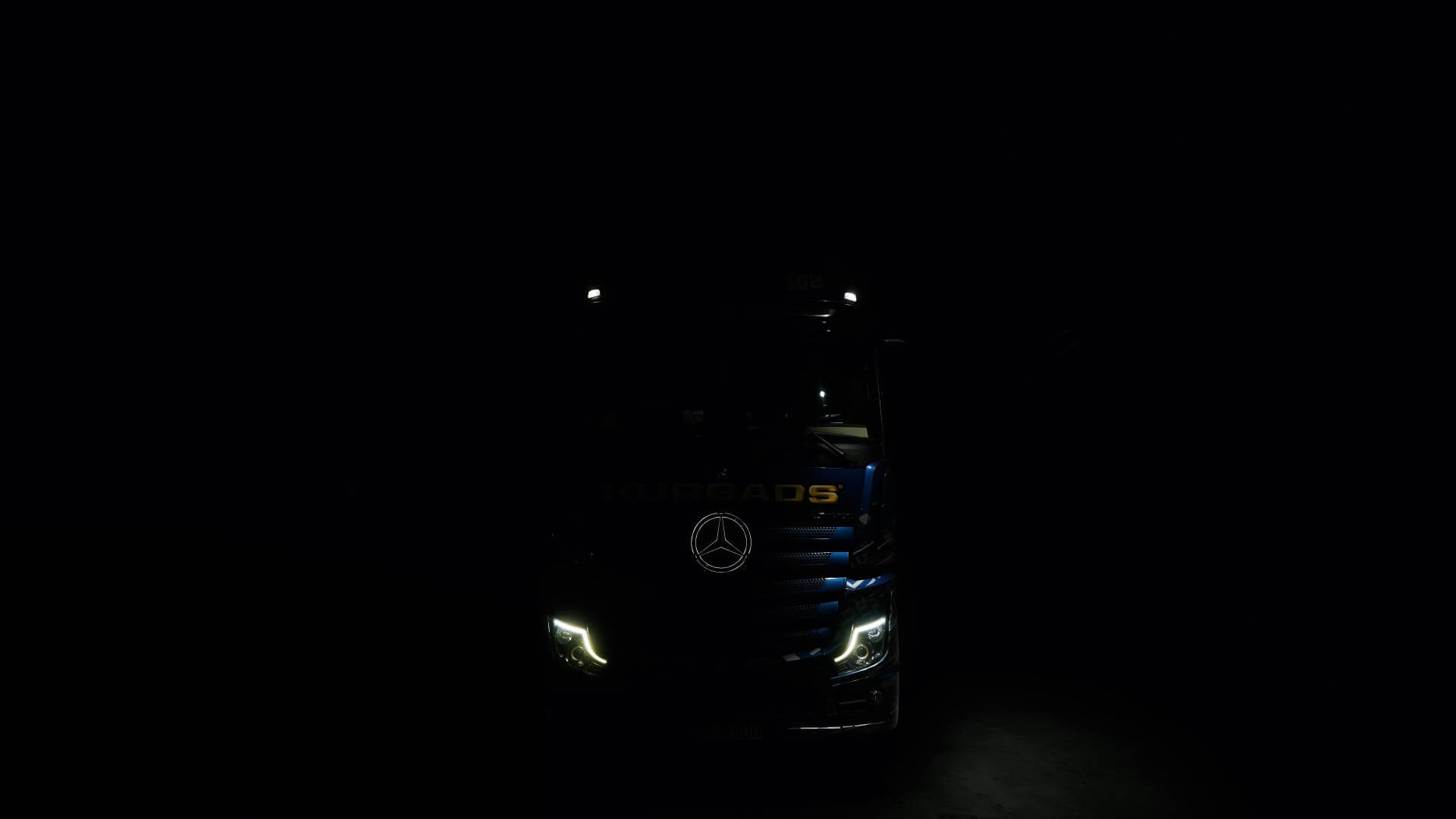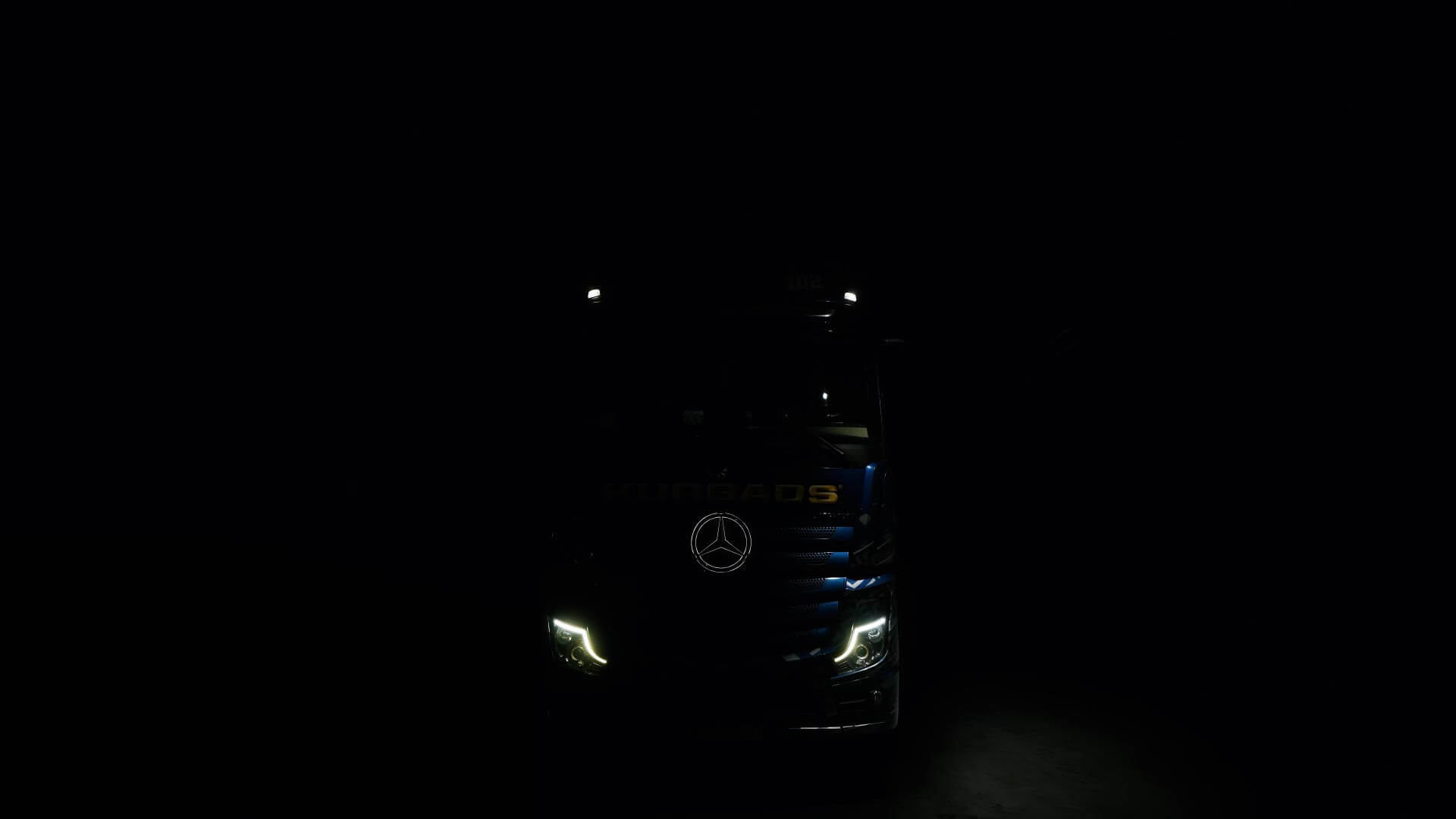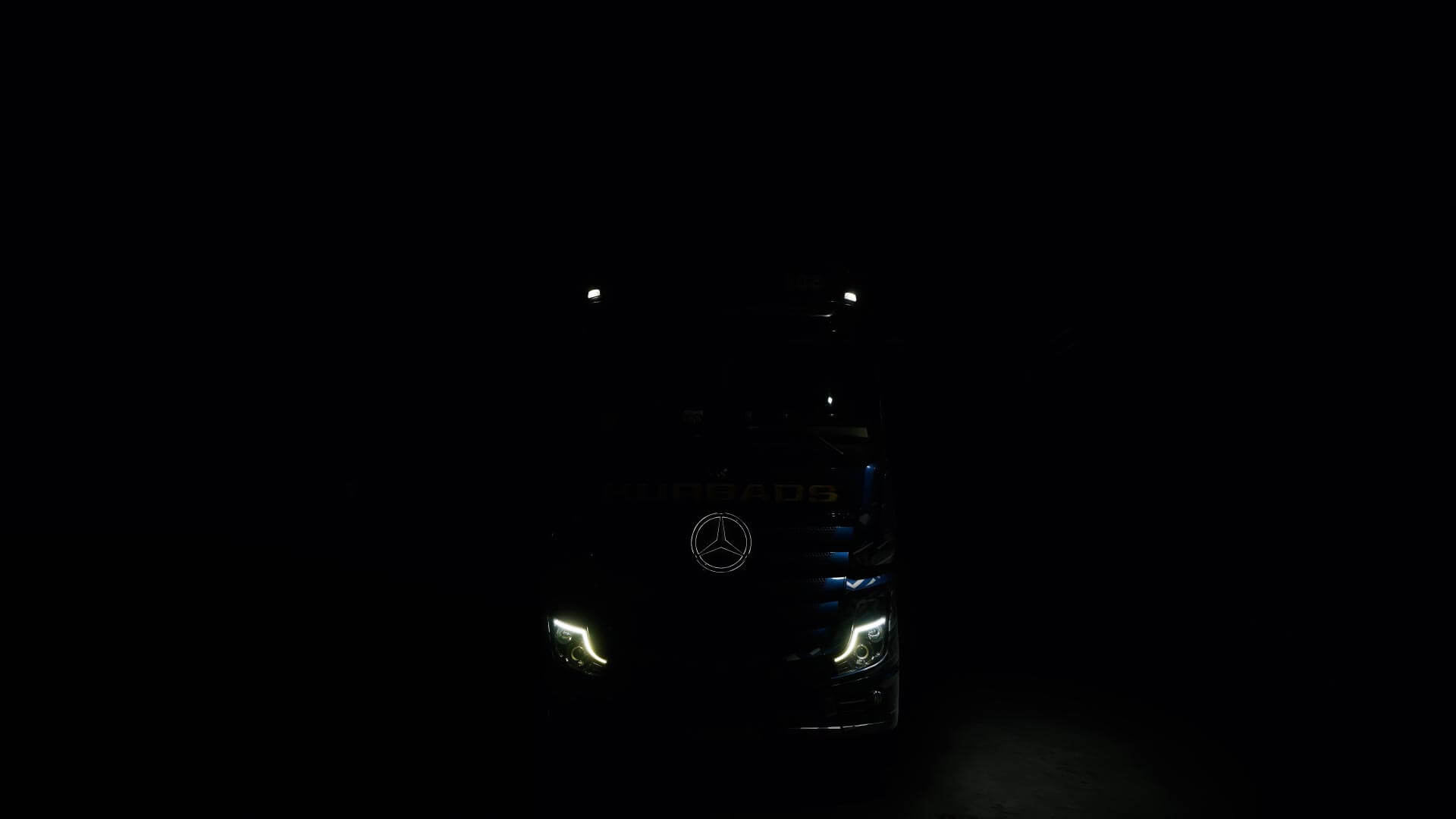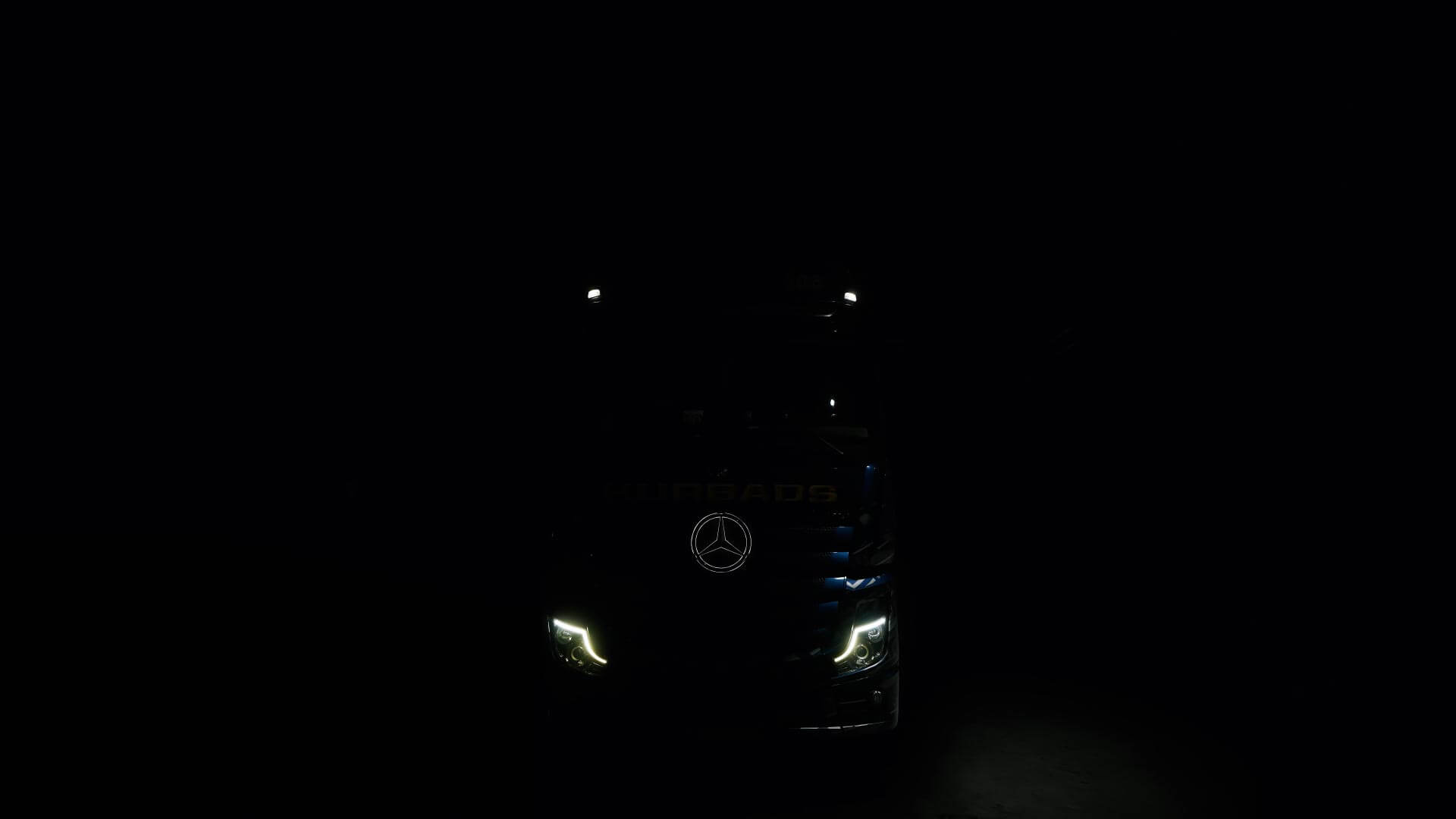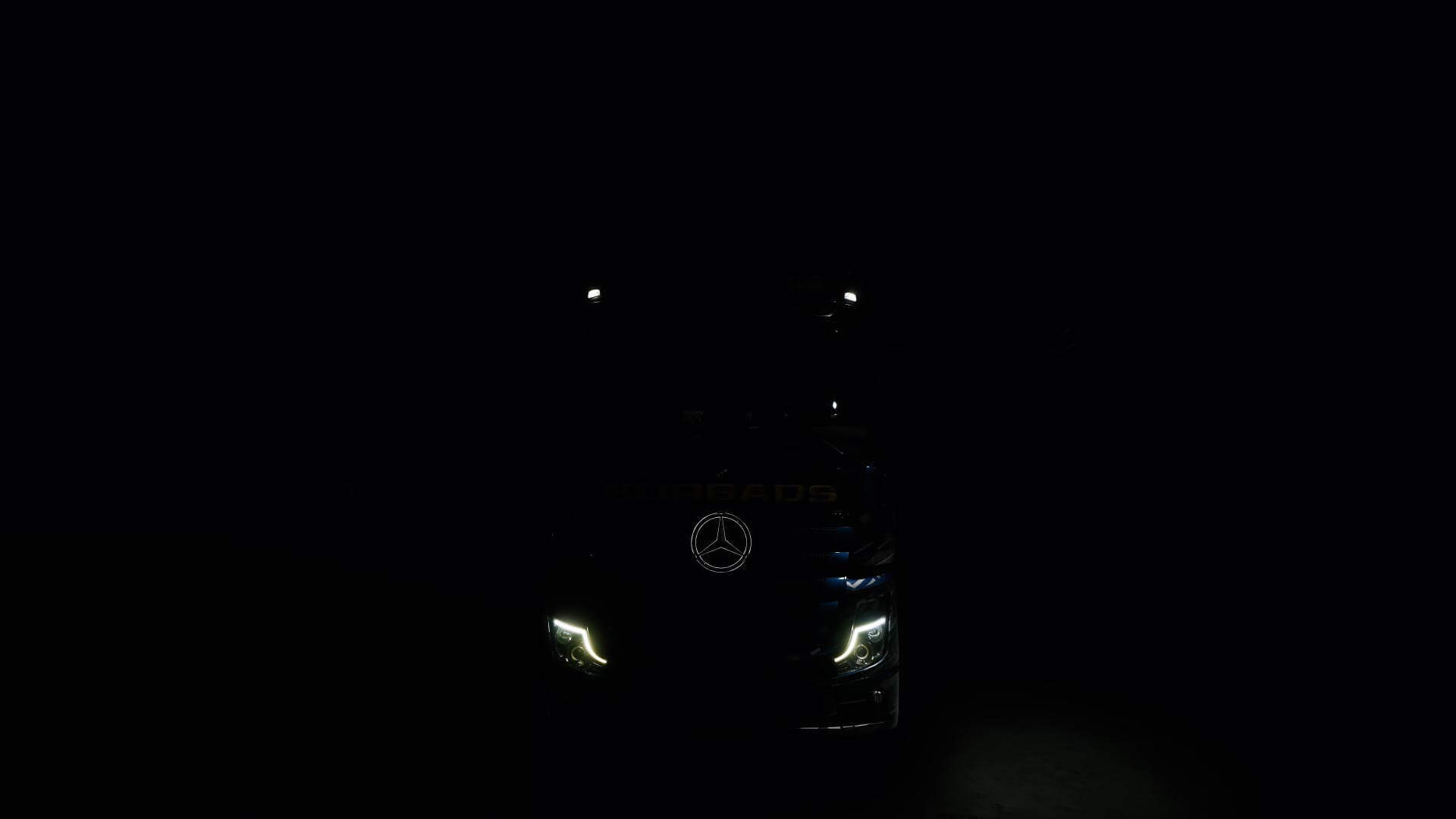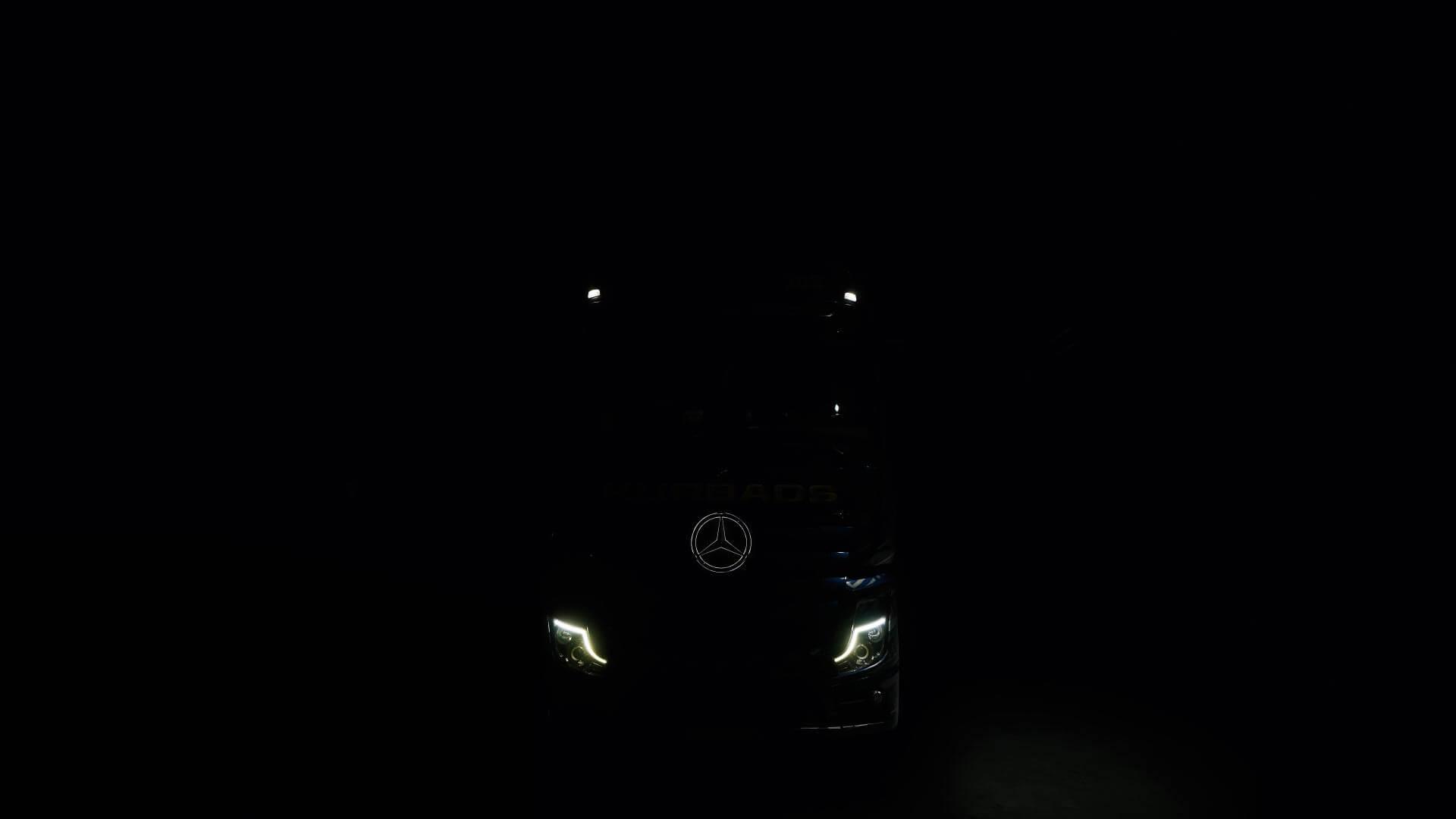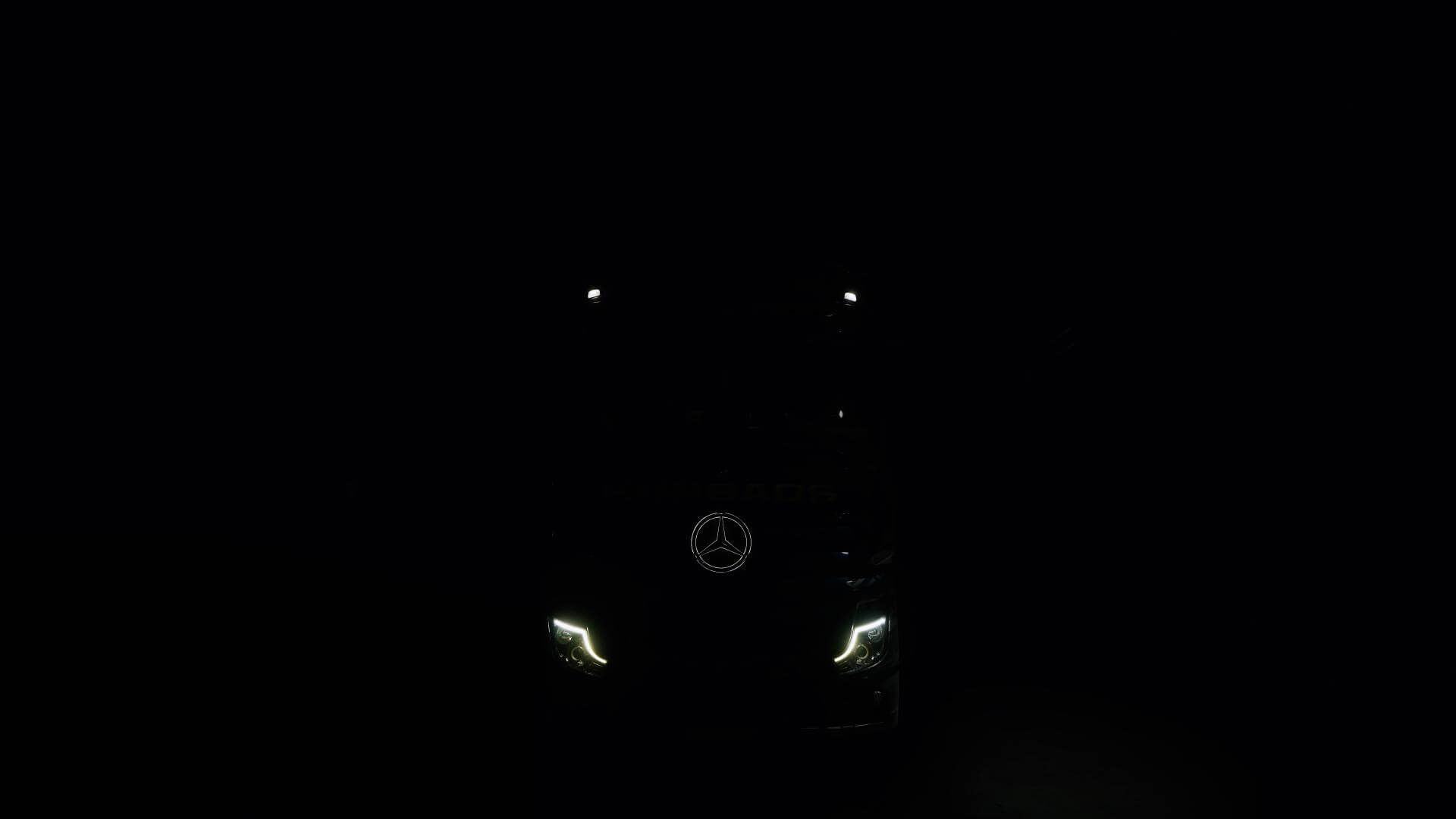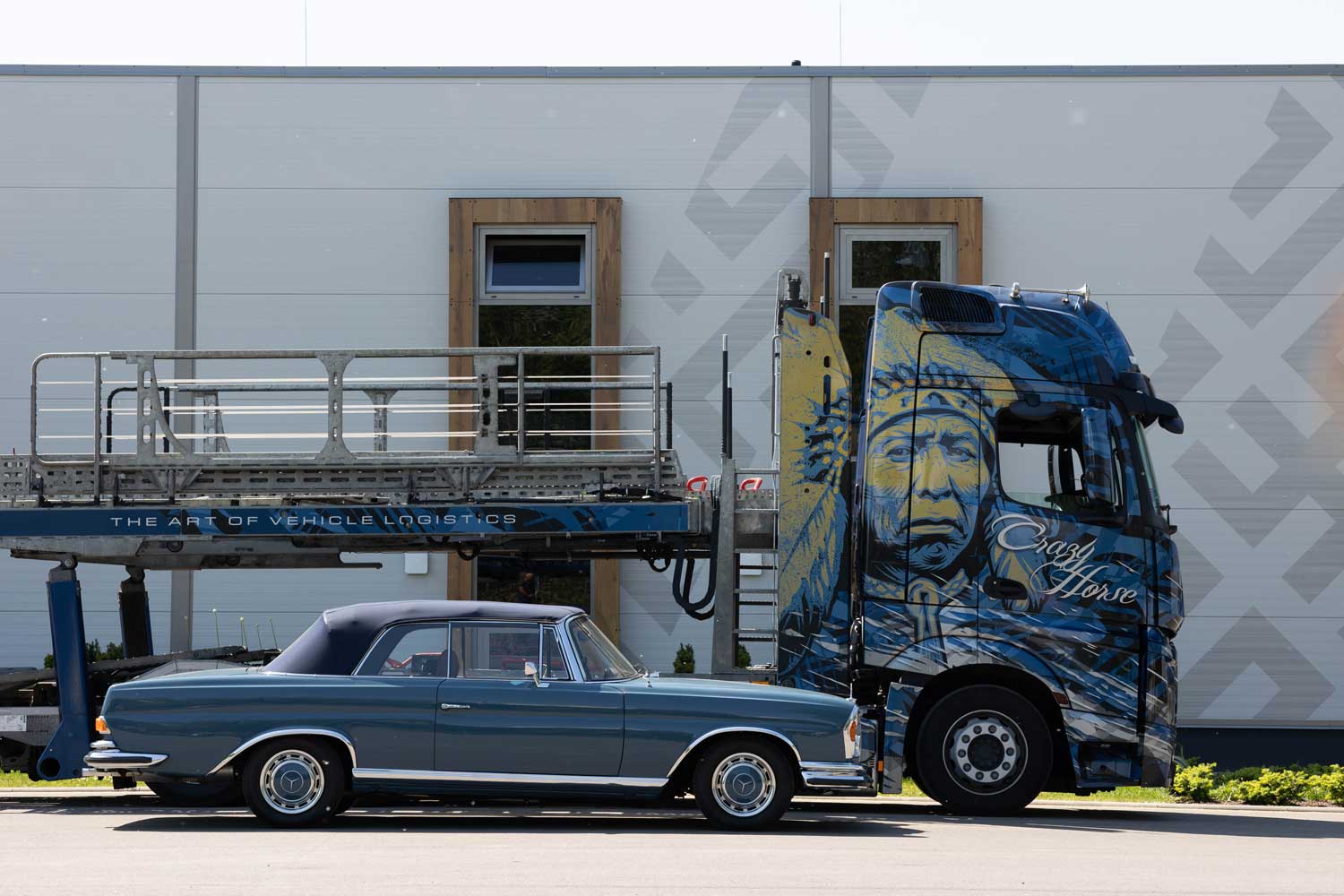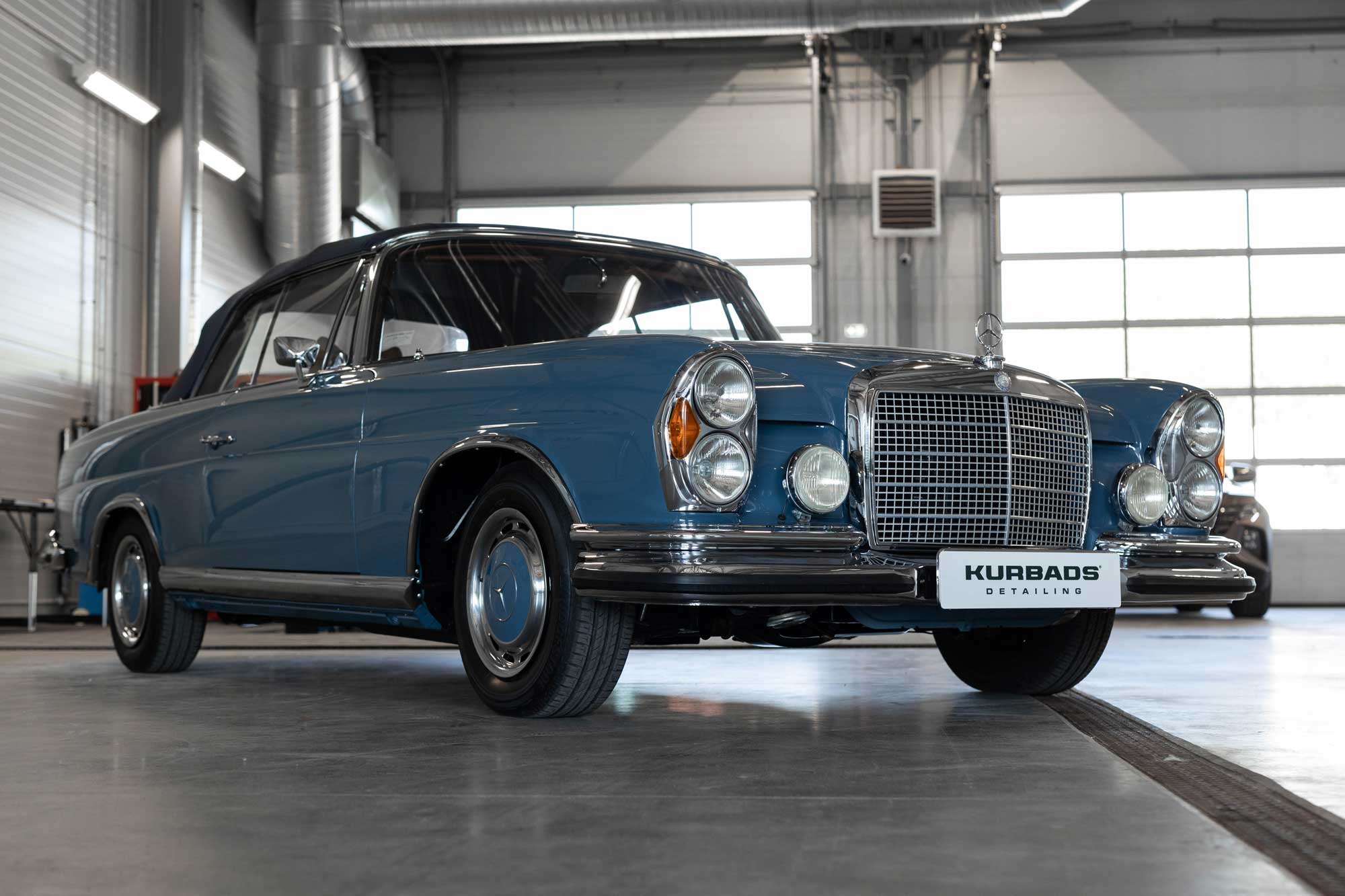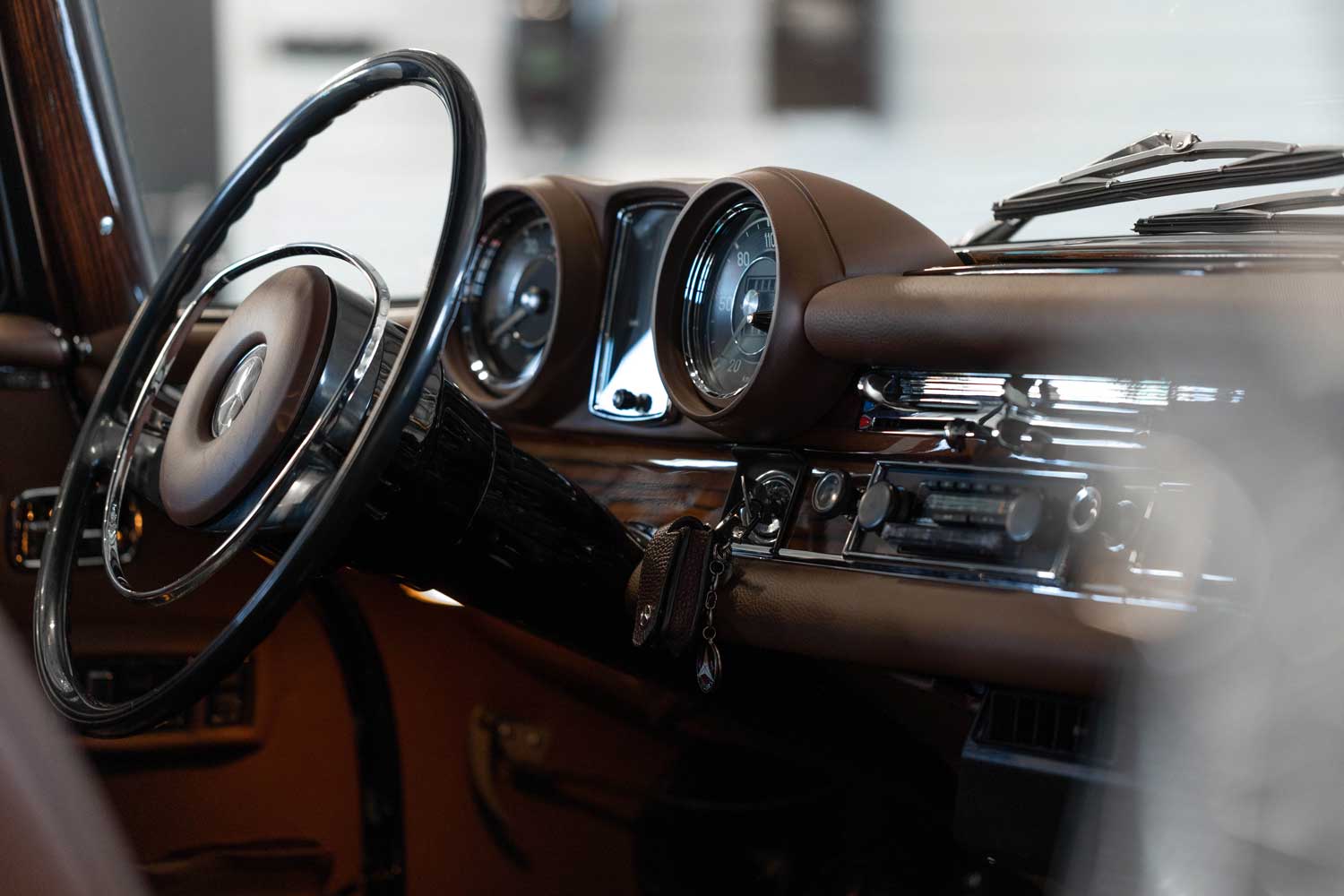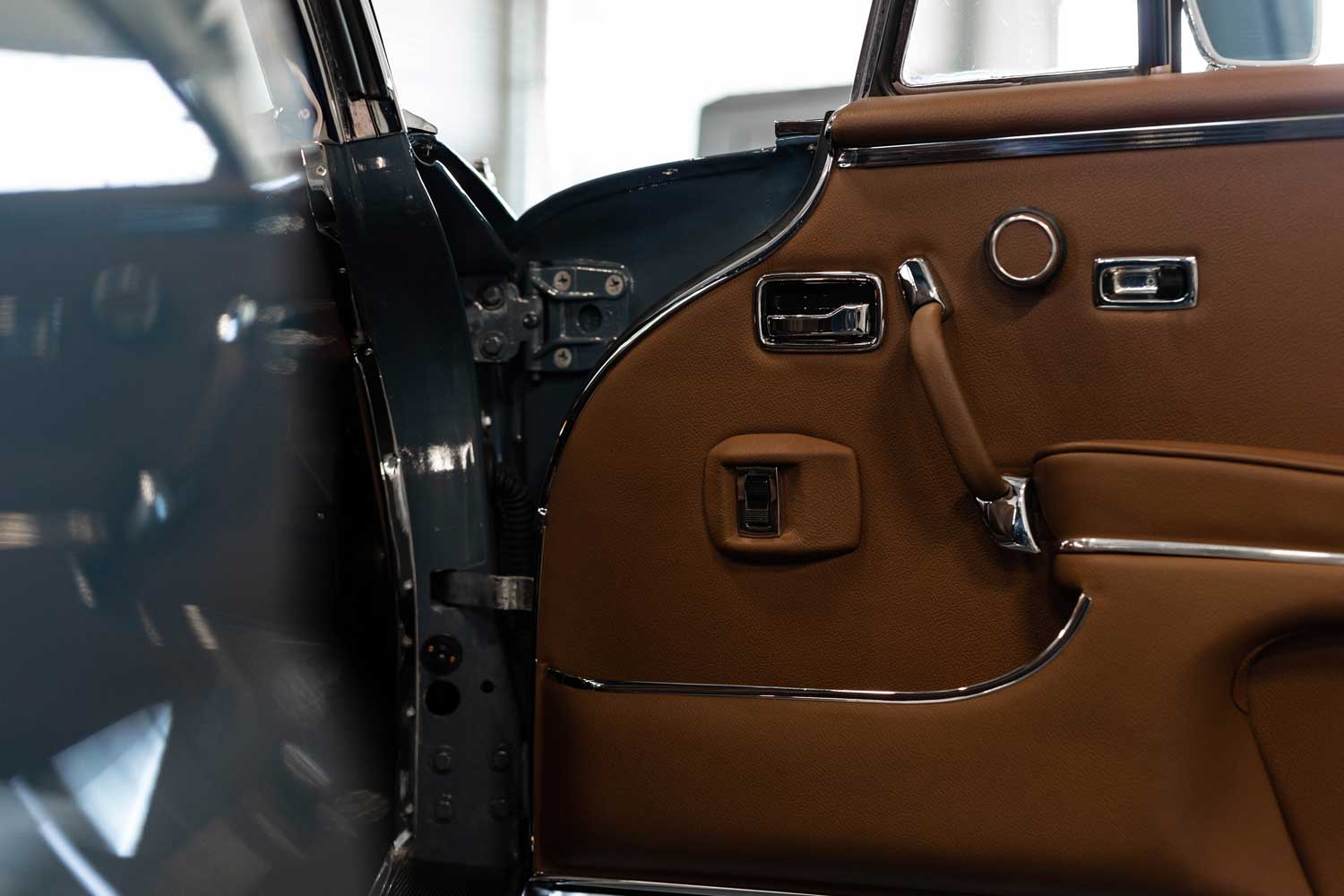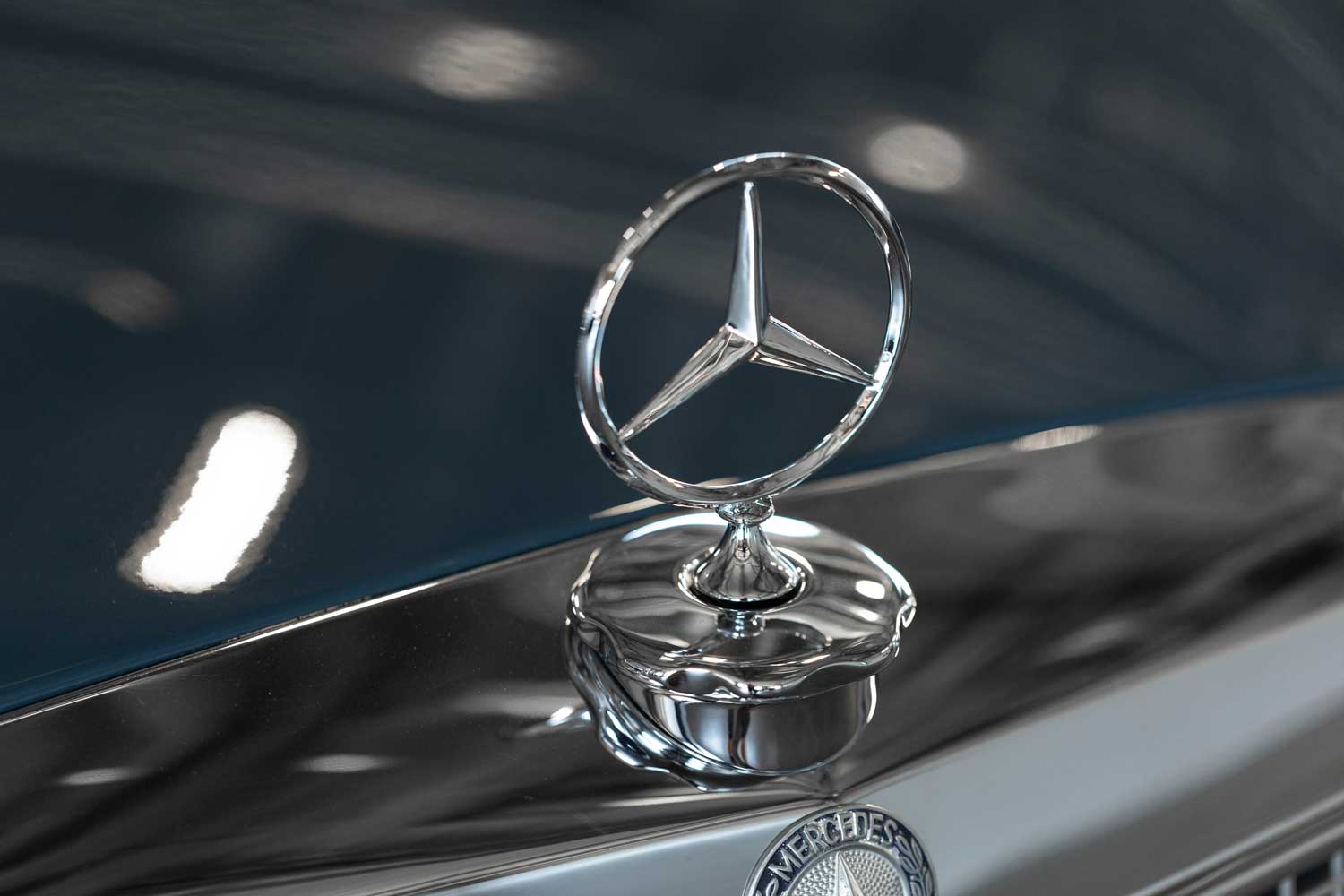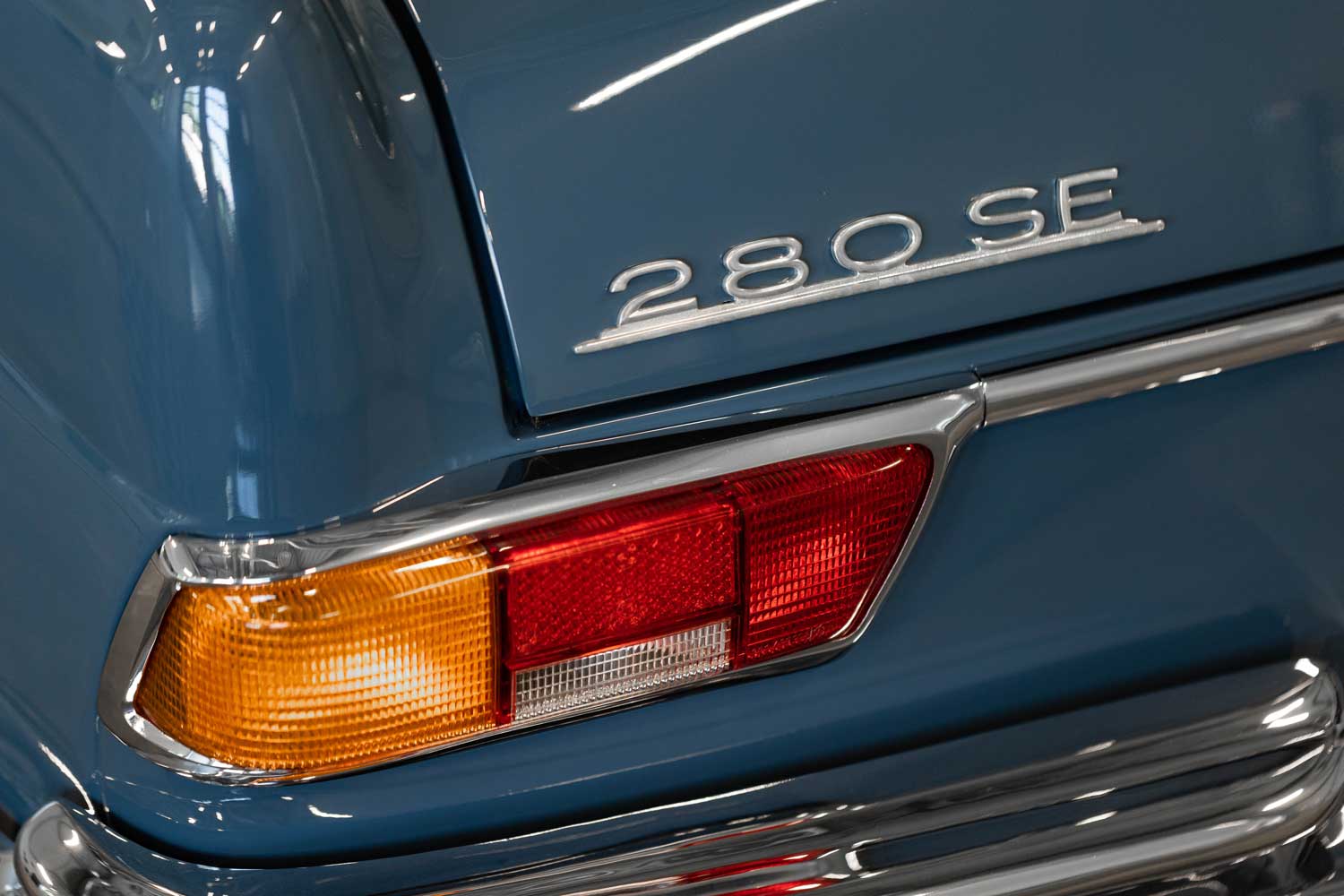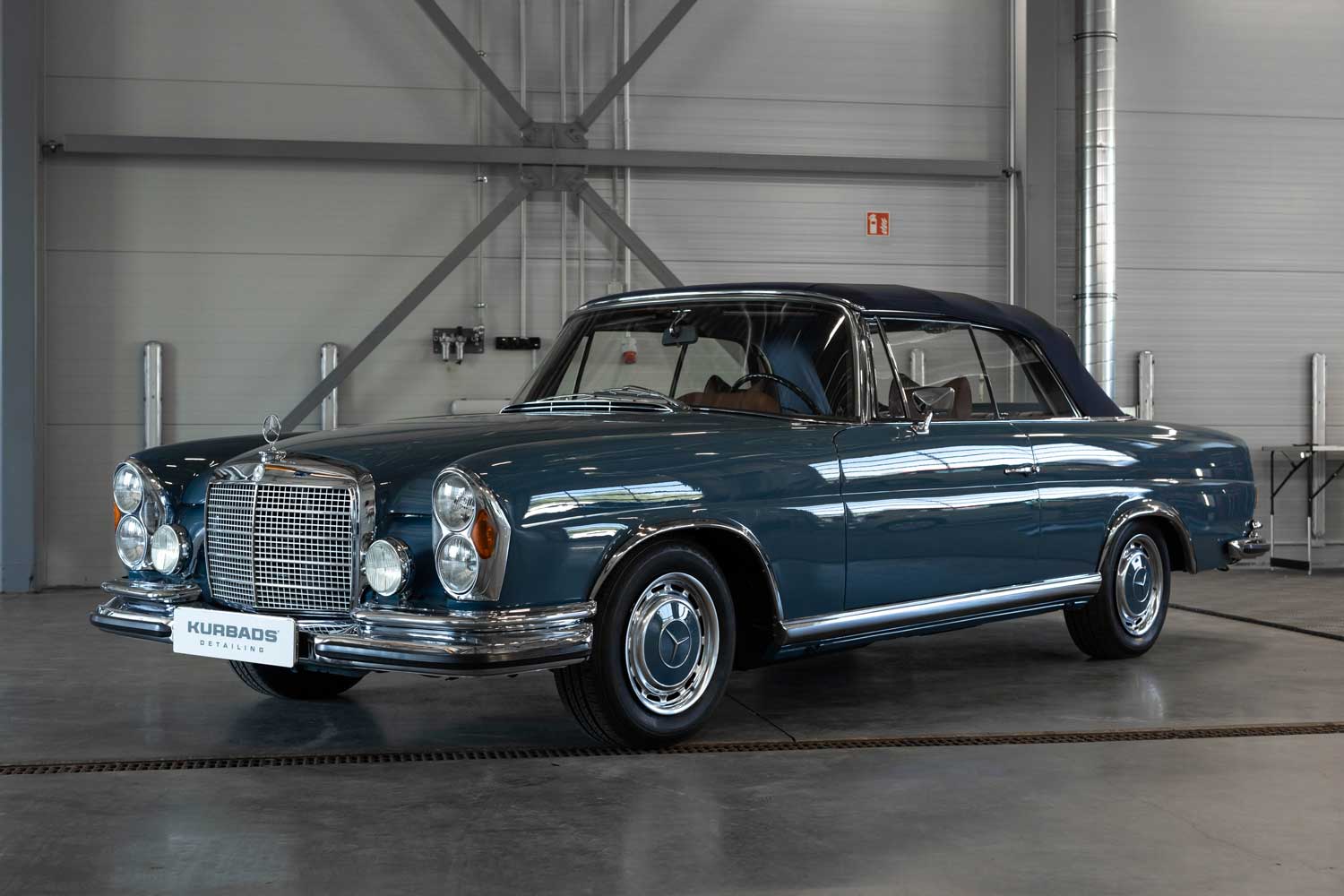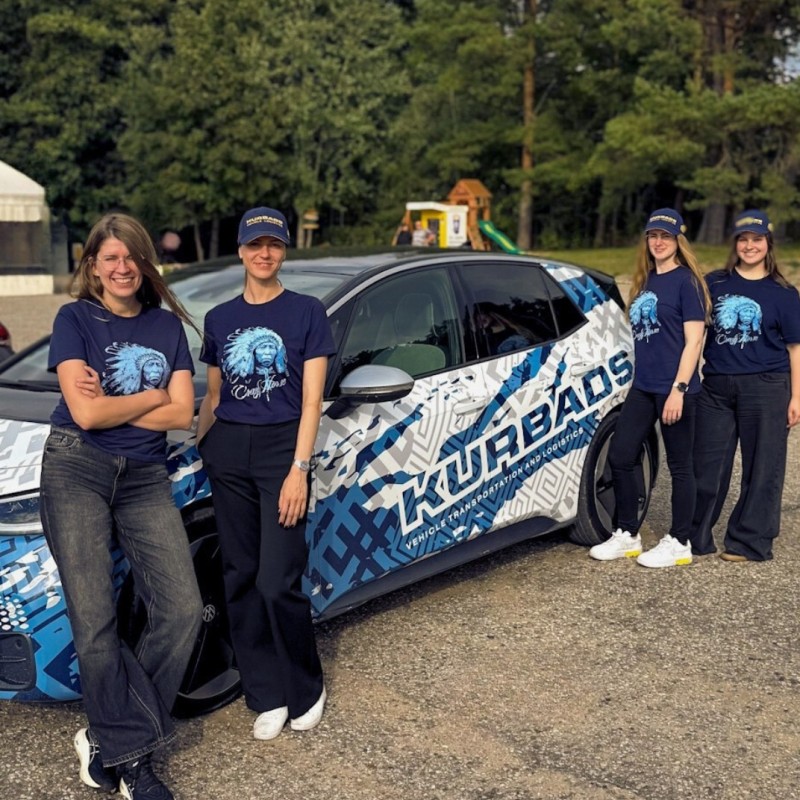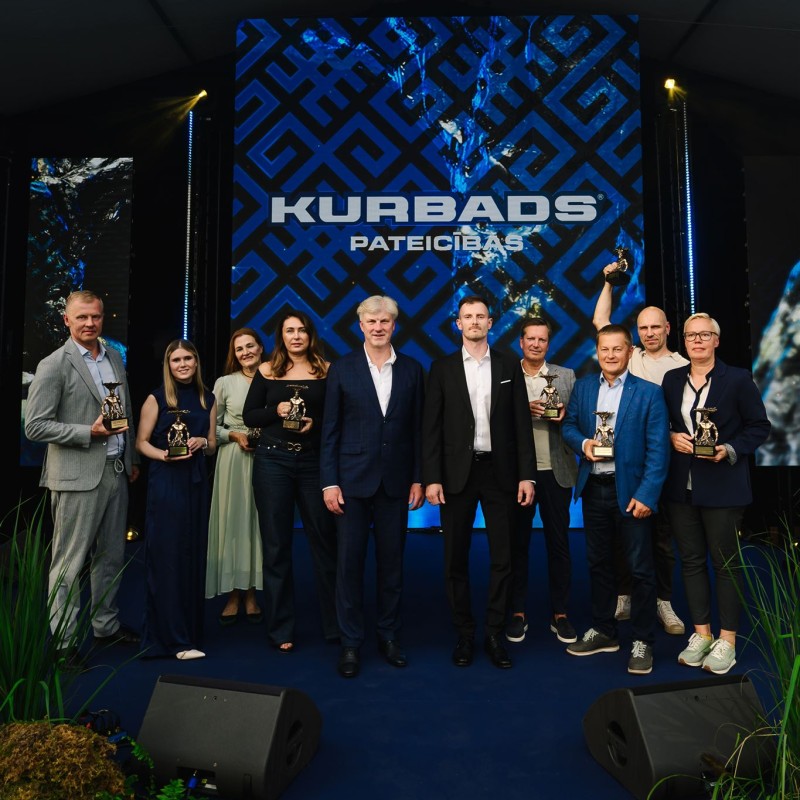Ponton Heir – ikooniline Mercedes-Benz 280SE
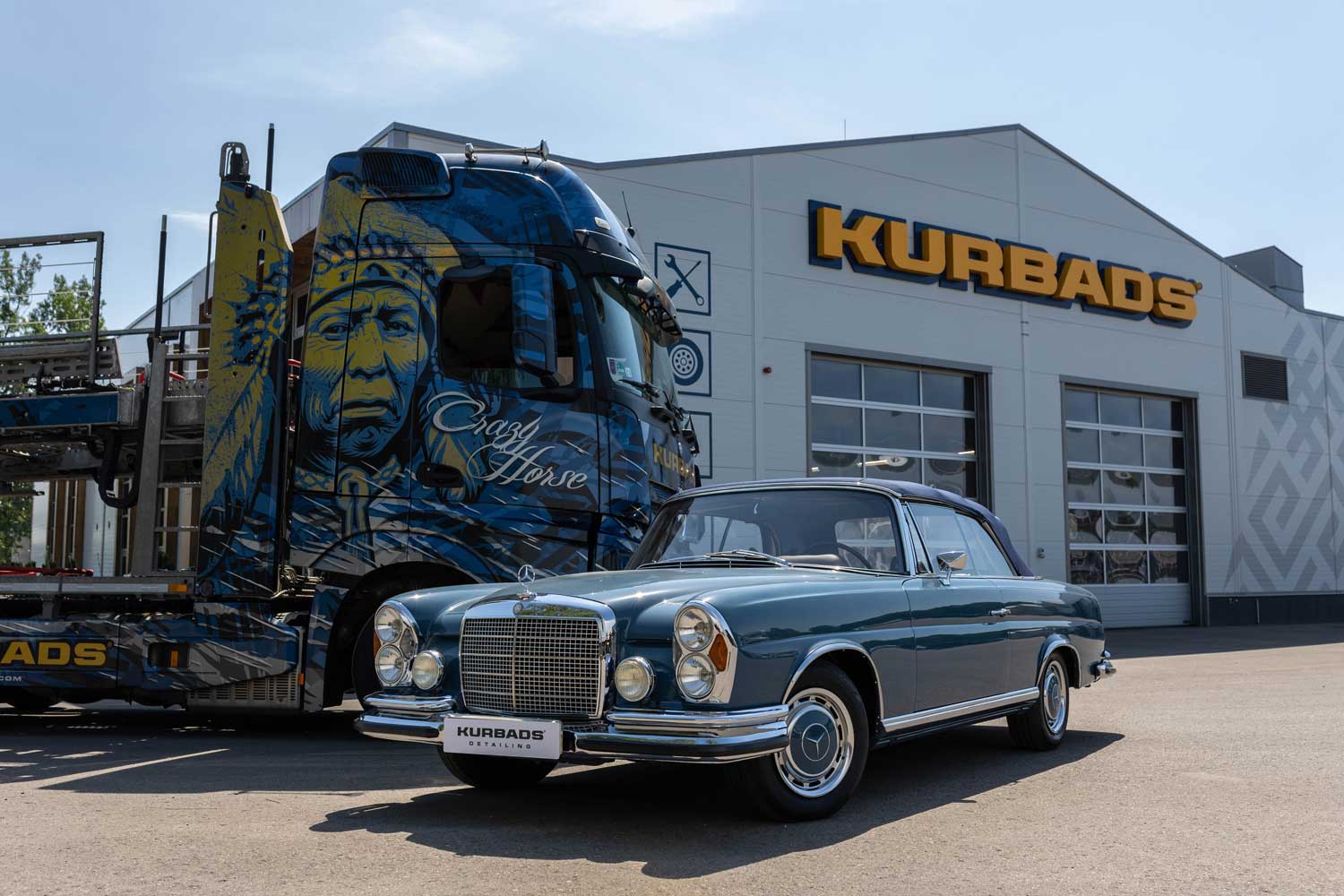
Kaheukselised kaunid autod on alati suutnud köita autohuviliste pilku ja panna kollektsionääre neid ihaldama. Ajalooliselt on parimad kaheukselised mudelid silma paistnud mitte ainult oma visuaalse disaini, vaid ka mugavuse ja kasutatud tehnoloogiate poolest. Mercedes-Benz 280SE on just see mudel, mis aastakümneid tagasi algatas traditsiooni, kus Mercedes-Benz hakkas tootma avaraid, luksuslikke ja kauneid kaheukselisi autosid.
On peaaegu sümboolne, et 1960. aastate elegantne kabriolett, mida fotodel näeb koos Kurbadsi Crazy Horse autoveokiga, on sinist värvi. Kuigi W111-seeria kaheukselised autod toodeti ka teistes toonides, peetakse eriti maitsekaks just 1968. aasta Blau Coupe’i – või antud juhul veidi tumedama, sobiva katusega Blau Cabrio’t. Mercedes-Benz tootis seda mudelit kümme aastat, ajavahemikus 1961–1971. See pole mitte ainult erakordselt kaunis ja hinnatud sõiduk, vaid omab ka erilist rolli kaubamärgi mudelivaliku arenguloos.
Kas kõva katusega või ilma – W111 põlvkonna kaheukseline Mercedes-Benz on igast küljest vaadatuna vaieldamatult kaunis auto. Pärast Teist maailmasõda koosnes Mercedes-Benzi mudelivalik erinevatest nn „pontoonide“ (saksa keeles Pontons) põlvkondadest – suhteliselt väikestest sõiduautodest, mis tähistasid tehnoloogilist üleminekut isekandvale keretüübile –, ning ülipreemium-klassi raamiga limusiinidest, sealhulgas populaarse „Adenauerina“ tuntud mudelist. Selle hüüdnime sai mudel Saksamaa esimese kantsleri Konrad Adenaueri järgi, kelle autoparki kuulus kunagi koguni kuus Mercedes-Benz W189 seeria 300 (1957–1962) autot. „Pontoonid“ said oma nime kere tervikliku väljanägemise tõttu ning olid oma aja ühed turvalisimad autod tänu insenerigeenius Béla Barényi tööle. Aja möödudes muutusid need aga ostjate kasvavate ootuste ja suurenevate sissetulekute taustal liiga kitsasteks ja ebamugavateks. Uue mudeli tootmine algas 1959. aasta suvel, samas kui esmaesitlus – kus näidati vaid kuuesilindrilisi mootoreid (varasematel „pontoonidel“ oli ka neljasilindriline versioon) – toimus sama aasta sügisel Frankfurdi autonäitusel. W111 eelised võrreldes isegi kalleima „pontooniga“ (W128) olid silmanähtavad, kuid seerial puudus üks oluline komponent – tõeline luksuslik kupee.
Kaks ust, neli istekohta
Oma elu lõpuperioodiks said isegi „pontoonid“ endale kupee- ja kabrioletiversioonid, mis nägid tegelikult päris head välja. Kuid tollased tehnoloogilised piirangud muutsid nende tagumised istmed peaaegu olematuteks. Selline puudus ei sobinud aga üldse Mercedes-Benzi uue ideoloogiaga, mille keskmes oli absoluutne mugavus ja eesmärk luua eksklusiivne kaheukseline auto, milles oleks neli täismõõdus istekohta. Samuti kardeti anda sedaankerel põhinevale mudelile liiga sportlikku ilmet, sest W111 disainer Karl Wilfert kavandas baasmudeli pagasiruumi osas väljendunud vertikaalsed „uimed“ külgedele. Seetõttu hakati esimesi 220b ja sarnaseid mudeleid varsti pärast nende turuletoomist kutsuma „Heckflosse“ nimega – saksa keeles tähendab see saba- või uimelist. Mercedes kasutas sisekommunikatsioonis nende kohta nimetust „Peilkante“ ehk suunajoone servad, kuid konservatiivsed kliendid pidasid seda alguses liiga „trendikaks“ ja lükkasid disaini tagasi. Hiljem sai see tunnusjoon siiski kogu põlvkonna visuaalseks märgiks. Järgnenud võimsamate ja kaunimate W111 ja W112 mudelite nimedes ilmus täht „S“, mis tähistas saksa sõna „Sonderklasse“ ehk eri- või luksusklass. Seega pani just see Mercedes-Benzi mudel aluse tulevasele S-klassi seeriale.
Ilma uimedeta
Aga kuidas sai kupee oma ajatu disaini? Selleks peame rääkima legendaarse Prantsuse autodisaineri Paul Bracqi tööst. 1950. aastate keskel, oma kohustusliku ajateenistuse ajal, oli Bracqil võimalus näidata oma eskiise Karl Wilfertile, kes oli prantslase ideedest nii vaimustunud, et pakkus talle kohe tööd Mercedes-Benzi disainistuudios Sindelfingenis. Kuigi ajateenistus lükkas Bracqi karjääri alguse veidi edasi, langes see periood ideaalselt kokku W111 ja W112 (lüksversioon õhkvedrustuse ja suurema mootoriga) kupee- ja kabrioletiversioonide väljatöötamisega. Kaheukselised mudelid tulid välja 1961. aastal, kaks aastat pärast sedaani esmaesitlust. Kupee esmaesitlus toimus täpselt Mercedes-Benzi muuseumi juubelipidustuste ajal, samas kui kabriolett näidati esmakordselt samal aastal Frankfurdi autonäitusel. Bracq eemaldas mitte ainult peaaegu täielikult uimekujulised tagatiivad, vaid otsustas ka loobuda auto keskmisest „B“-postist. 4,9 meetri pikkuse, pikkade ustega luksussedaani puhul oli see väga keeruline ülesanne, kuid see kinnistas Stuttgardi lähenemise kupeede ja kabriolettide disainile järgnevateks aastakümneteks. Avatud ja suur klaasipind, mis oli laenatud suurtest Ameerika kupeedest, täitis luksusliku interjööri valgusega iga ilmaga ja rõhutas põhimõtet, mis oli kehtinud alates 1950. aastate lõpust: kupeed ja kabrioletid peavad olema sama mugavad kui S-klass, ainult kahe uksega. 1965. aastal kadusid „uimed“ ka sedaanilt ning kolm aastat hiljem asendus see täiesti uue põlvkonnaga – W108/109 S-klassi seeriaga.
Peamiselt automaatkäigukastiga
Kaheukselised versioonid elasid algset mudelit üle koguni kolm aastat, ja piltidel nähtav kabriolett esindab just seda küpsusperioodi. 1968. aasta 280SE asendas varasema 250SE, pakkudes uuemat M130-seeria 2778 cm³ kuuesilindrilist mootorit 160 hj võimsusega. See lühendas käsikäigukastiga mudelil kiirendust 0–100 km/h ühe sekundi võrra – 10,5 sekundini. Neljakäigulise automaatkäigukastiga versioonil oli vastav näitaja 13 sekundit, kuid tol ajal ei olnud Mercedes S-klassi kupeed mõeldud kiiruse, vaid ajatu elegantsi jaoks. 1970. aastatel oli USA Mercedes-Benzi suurte mudelite peamine turg, mistõttu sinna saadetud autod olid loomulikult ainult automaatkäigukastiga. Käsikäigukastiga versioone müüdi vaid Euroopas ning seetõttu on need tänapäeval äärmiselt haruldased.

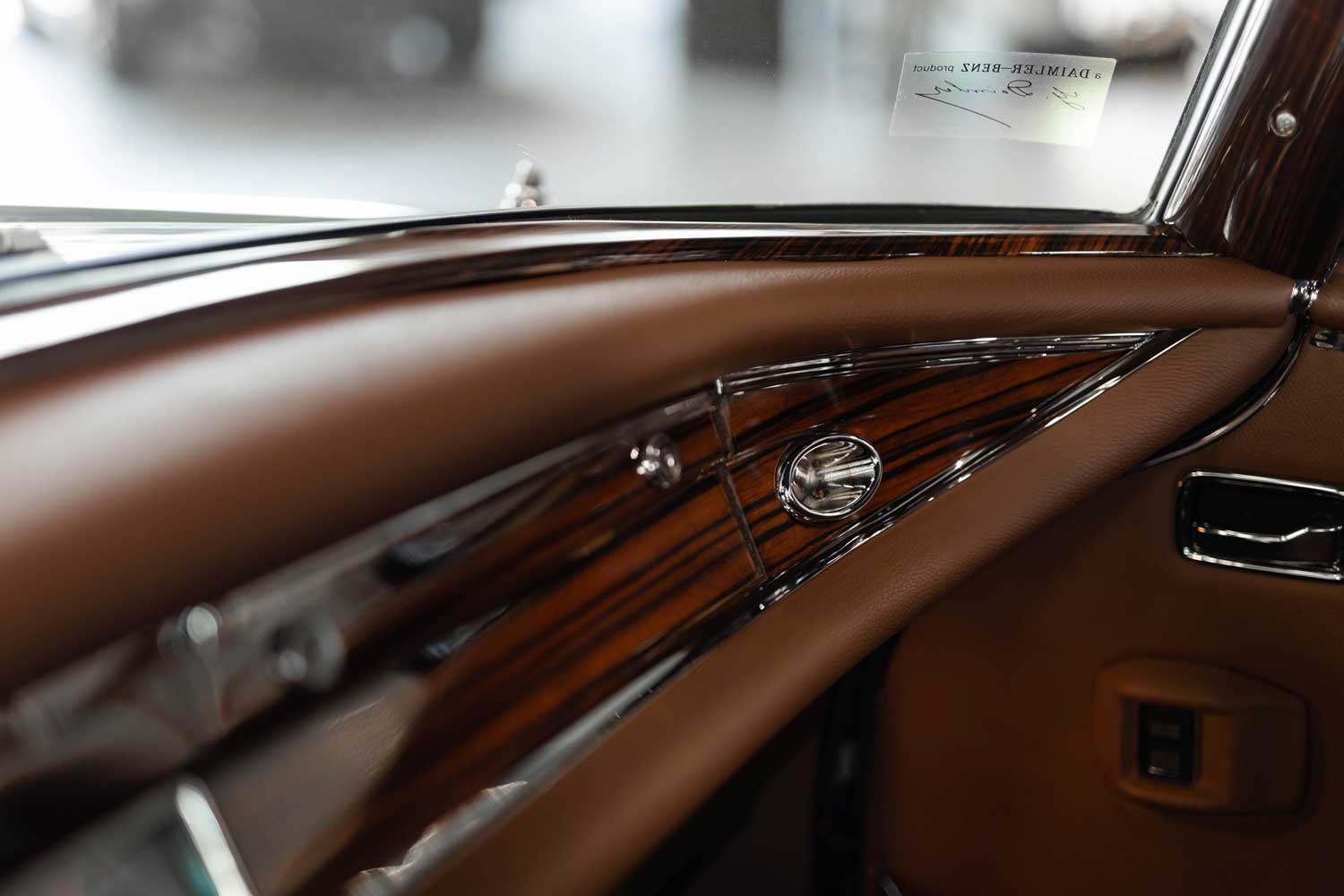
Huvitaval kombel piisas tol ajal 14-tollistest rehvidest, isegi nii silmapaistva kohalolekuga auto puhul. Kliirens oli muljetavaldav 17,5 cm, mis on isegi suurem kui mõnel tänapäevasel krossoveril! Lisaks uuele mootorile sai auto kerevärvi ühes tükis ilukilbid, uued peeglid ja uuendatud armatuurlaua. Näidikuploki unikaalne kombinatsioon, kus mõõdikud on ühendatud veidi kõrgendatud „kellataolise“ ülaosaga, näeb stiilne välja ka tänapäeval. Kvaliteetne nahkpolster ja sobiv puitviimistlus olid juba toona luksuse lahutamatu osa. Veel üks huvitav detail on see, et W111-l oli algselt armatuurlaud vertikaalsete näidikutega, mis nägi küll veidi naljakas välja, kuid oli omas ajas kahtlemata uuenduslik. Traditsioonilised ümmargused kellad tulid alles hiljem. W111 seeria kupee- ja kabrioletiversioonid saavutasid lõpuks sellise täiuslikkuse ja maine, et nende tõeliseks järeltulijaks ei peeta mitte kronoloogiliselt järgnenud C107 mudelit, vaid hoopis tuntud W126 S-klassi kupeed, mis ilmus 1981. aastal, kümme aastat pärast Blau Cabrio tootmise lõppu.
Käsitsi kokku pandud
Mercedes-Benz W111/112 seeria kaheukseliste ajatu disain, elegants ja erakordne kvaliteet teevad neist tänapäeval äärmiselt ihaldusväärsed mudelid, eelkõige seetõttu, et see põlvkond oli viimane „käsitööna“ valmistatud Mercedes. Kuigi käsitöö osakaal tootmisprotsessis oli piiratud, oli nende sõidukite väljund äärmiselt väike – autosid, nagu piltidel nähtav mudel, toodeti tehases vaid umbes 13 nädalas. Kui võrrelda seda tänapäeva tootmisliinidega, kus iga 2,5 minuti tagant valmib uus auto, tundub selline „juveliirisarnane“ aeglus peaaegu uskumatuna. Kümne aasta jooksul valmis kokku vaid 3797 kupeed ja 1390 kabrioletti. On vaid üks mudel, mis on teoreetiliselt veelgi haruldasem – 250SE Cabrio, mida toodeti kõigest 954 eksemplari, võrreldes 5259 kupeega. Matemaatika näitab, et neid valmistati umbes 48 nädalas. Kokku toodeti 32 804 kaheukselist mudelit, millest 7456 olid kabrioletid.
Olge võltsingute suhtes ettevaatlikud!
Tänapäeval on kaheksasilindrilised 280SE 3.5 mudelid kõige ihaldatumad. Need näevad välja peaaegu identsed kuuesilindrilise 280 mudeliga, kuid võivad maksta kuni kolm korda rohkem. Eriti hinnatud on V8 kabrioletid, mida toodeti vaid 1232 eksemplari, mistõttu pole haruldane, et kupeesid muudetakse kabriolettideks. Klassikaliste autode veebilehed pakuvad isegi juhendeid, kuidas võltsinguid ära tunda – üks olulisemaid samme on kontrollida šassiinumbrist. 280SE puhul peab see algama numbritega 111 025 ning oleme kindlad, et Kurbadsi keskuses olev kabriolett on ehtne. Nagu enamik klassikalisi Mercedese mudeleid, olid ka W111/112 autod USA-s väga populaarsed, kus nende hind ja seisukord võivad märkimisväärselt erineda. Tasub meeles pidada, et isegi lihtsalt heas sõidukorras Mercedes-Benz 280SE maksab 30–50 tuhat eurot, samas kui väga heas seisukorras mudeli hind võib ulatuda 70–80 tuhandeni või enamgi.





















